

The Cost of Travel in Uganda: A Detailed Budget Breakdown
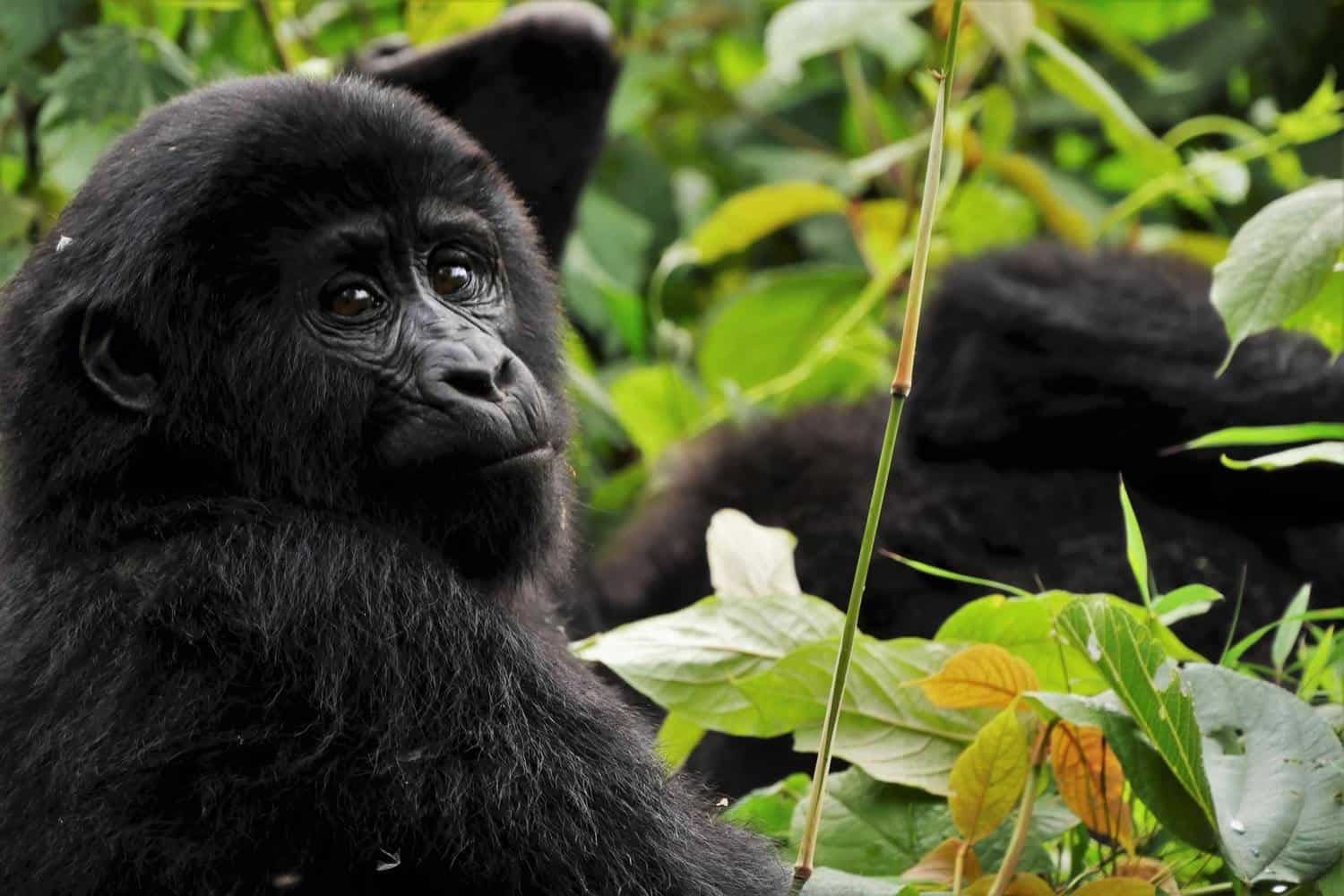
Otherwise known as the “Pearl of Africa”, Uganda has so much to offer. It might be a bit less touristy and sought-after compared to its popular neighbours Kenya and Tanzania, but that’s part of its charm. When it comes to scenery, culture, wildlife, adventure, and people, Uganda hits the right notes every time.
I visited Uganda on vacation while living in Tanzania , and I didn’t really know what to expect. But I was quickly drawn in by how comfortable I felt. Not to mention, everywhere I turned there was something beautiful to see.
Uganda is one of the few places in the world that you can see endangered mountain gorillas in the wild. And seeing these these animals up close in their natural habitat is a life-changing experience. Furthermore, compared to gorilla trekking in Rwanda , the costs of a tour and permit are much cheaper in Uganda.
Besides gorilla trekking, Uganda is home to some incredible national parks. It’s also the perfect place for adventure enthusiasts — from bungee jumping to white water rafting, there’s tons of things that you can easily cross off the bucket list here.
All in all, I’d say Uganda is a top-tier budget destination for the region, especially given that the cost of some of the activities that you can engage in are significantly more affordable than they might be in other destinations. With that in mind, what are you waiting for? East Africa’s best kept secret has gems just waiting to be explored and adored.
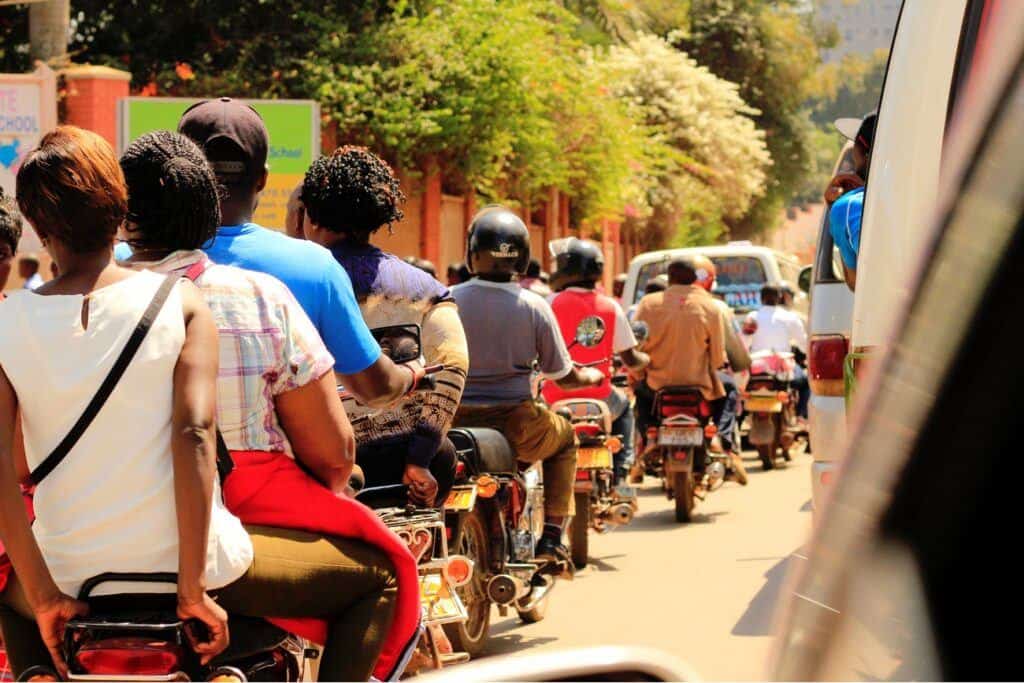
What’s Included in this Post
This budget breakdown covers how much I spent on accommodation, transportation, activities, and food while I travelled around the country.
I’ve not included my flights into and out of Uganda as this is going to vary significantly based on where you’ll be arriving from.
The amounts in this guide are listed in U.S. dollars, simply because the vast majority of my readers are from the U.S. I also included some prices in Ugandan shillings (UGX), as this is the local currency that you will use the most.
Okay — let’s get started!
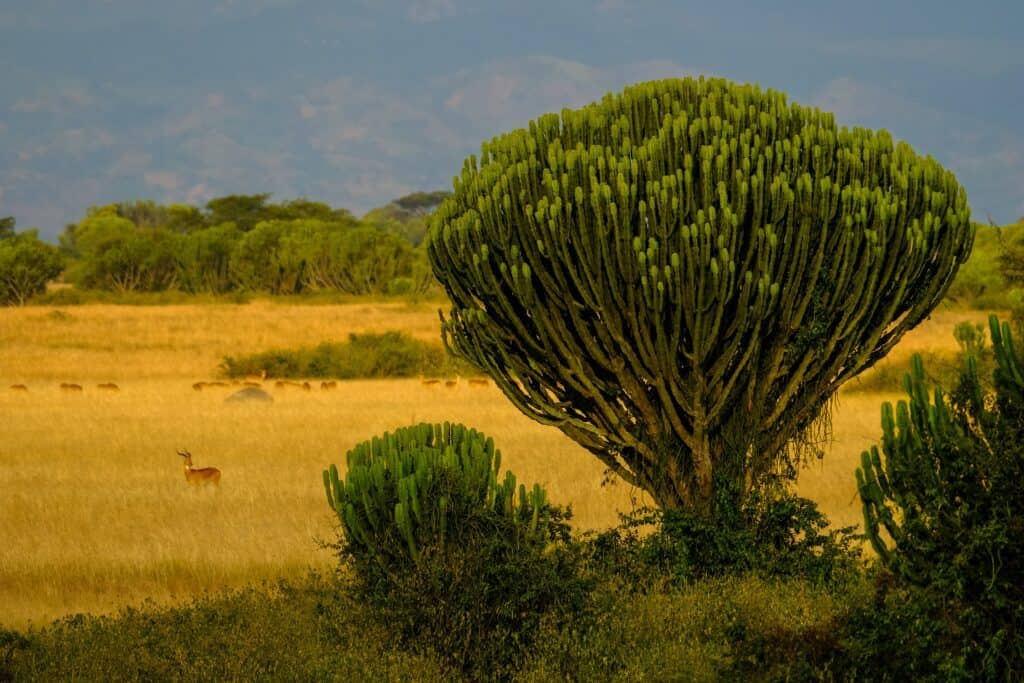
The Cost of Accommodation in Uganda
Budget accommodation is easy to find in Uganda. The best accommodation options in Uganda are hotels and guesthouses, with the occasional hostel.
Ugandan hotels are priced pretty reasonably and you can expect to pay around $15 – $20 for a place that has all the basics. On the other hand, higher-end stays might cost you more in the $50 – $100 range , but you will only really find places like this in the larger cities and more popular destinations. If you’re planning on doing a safari of some sort and staying in one of the lodges, then expect to pay upwards of $500+ per night .
Here’s a list of my favourite accommodation options in Uganda :
Kampala — TGS Homestay ($30 a night): As you start your Uganda travels in Kampala, there’s no better place to stay than here. Not only are you within walking distance from good restaurants, supermarkets and malls in Kampala’s city centre, you’re also in good hands thanks to the kind and generous host. Emmanuel will do everything he can to make your stay worthwhile. Whether you need an airport pick-up, local sim card, bus tickets or recommendations—he’ll help you with anything. The rooms and common areas are also kept clean and tidy. So you can comfortably gather with other travelers, or cook your own food in the kitchen if you don’t feel like eating out. The shared kitchen also offers unlimited tea, coffee and drinking water for your convenience!
Jinja — Jinja BaseCamp ($15 a night): A trip to Uganda would not be complete without some time spent in Jinja, also known as East Africa’s adrenaline capital. Here you can do white-water rafting along the Nile River or bungee jumping. With all this adventure around you, stay at Jinja BaseCamp for a comfortable and rejuvenating rest. The value is excellent for what you get, which includes an outdoor pool, breakfast, and clean rooms. Surrounded by lush nature in a serene environment, but still close enough to Jinja centre, you can easily settle into relaxation mode before and after your daily activities. The standout of this place though, is the friendly staff who are attentive and create a warm environment for guests to feel at home right away.
Gulu — Northern Pearl ($22 a night): Gulu is a relaxed city in northern Uganda, and it’s a great stop along the way to exploring some of the country’s most exquisite natural beauty and wildlife at Kidepo Valley National Park. That being said, there’s not many options of places to stay. Look no further than Northern Pearl, a sweet hotel in Gulu with comfortable rooms and a restaurant serving up delicious, quality Indian food. The owner and staff are incredibly welcoming and if you’re there on a Friday night, you can also enjoy a comedy show!
Fort Portal — Dutchess Hotel and Restaurant ($27 a night): Fort Portal is a beautiful town in western Uganda that is surrounded by the Ruwenzori Mountain range. A good launching point for nearby adventures and activities is this hotel located just outside the city center, but close enough to walk into town. It’s a comfortable hotel with clean rooms, friendly staff and is known for its restaurant that serves some of the best food in town (so you’ll never go hungry!). Whether you want to explore by foot, bicycle or car, the staff will help you sort out any travel arrangements. This hotel also makes an effort to reduce their ecological footprint by using more solar heaters and local fast-growing wood to make furniture.
Mbarara — Nyore Hillside Retreat ($51 a night): If you’ve included Mbarara in your itinerary, then you have to stay at this gorgeous natural haven. Enjoy the lush countryside and majestic green rolling hills by day and then be prepared to watch the stars in all their glory as day turns to night. Besides the idyllic location, the food is exceptional and cooked to order. They even grow and roast their own coffee beans! The staff are always willing to help and make any arrangements necessary to ensure your stay is memorable, including guided hikes of the area.
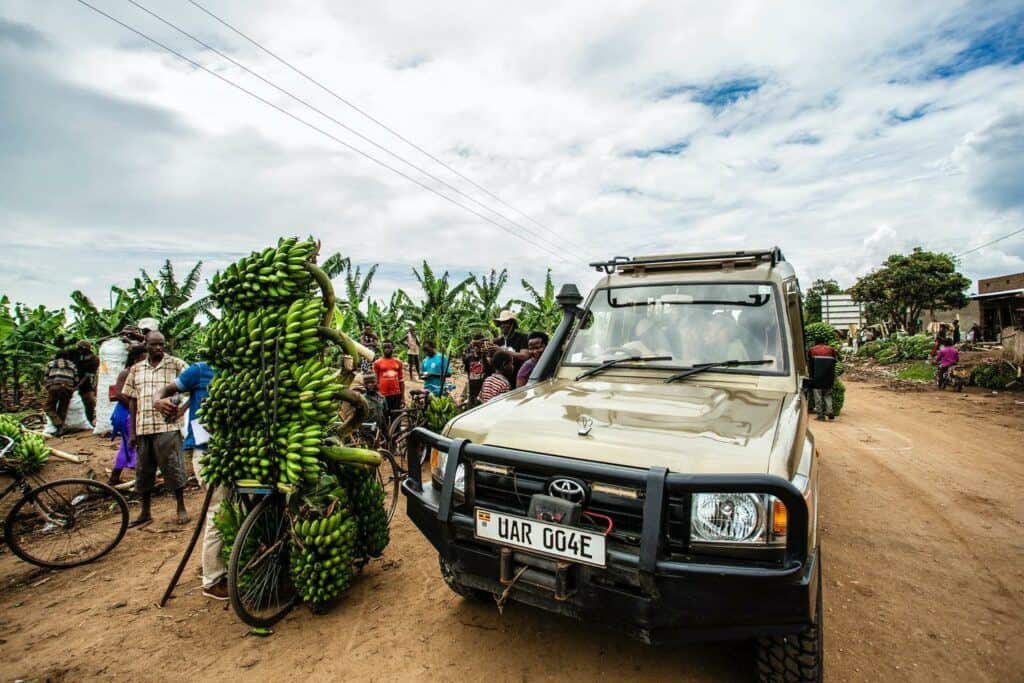
The Cost of Transportation in Uganda
If you’re planning on traveling extensively throughout Uganda, then you’ll likely be taking buses or minibus-taxis to get from city to city. Otherwise, when you’re in a city, boda-bodas (motorcycle taxi), minibus-taxis or walking will be your main way of getting around.
Here are the most common forms of transportation in Uganda:
Bus : There’s plenty of bus and coach services in the country to help you travel around the country. Nearly all towns and cities in Uganda are linked by bus. Plus, this is a very affordable and convenient way to get around. Just be prepared to take the bus with low expectations. Getting from place to place might take longer than you expect because of road conditions and
The bus companies most commonly used for long-distance travel include: Horizon Coaches, Easy Coach, Link Bus Services, Post Bus, and Global Coaches Uganda. Most of the common bus companies offer busses travelling to cities like Mbale, Mbarara, Gulu, Fort Portal, and Jinja. On average, a one-way bus fare to most places will cost around 40,000 – 60,000 Ugandan shillings ($11 – $16) .
The main way to book bus tickets is by either going to the bus station physically or calling the bus company directly. When you’re taking the bus, the most reliable time table of departure times will be at the bus station in whatever city/town you’re leaving from. I would recommend going to the bus station the day before to purchase your ticket as some of the more popular routes sell out fast!
Minibus-taxis : There’s never any shortage of minibuses in Uganda (also referenced as Matatus). You’ll notice these blue and white vans as soon as you arrive. They are one of the most common, and most affordable means of getting around, especially within a city or town. However, unlike busses, they don’t run on a set schedule; but rather, they leave when full. In this case, full often means packed like a can of sardines. So be prepared to feel crammed in. Most routes cost 1000 Ugandan shillings ($0.28) .
Boda bodas (Motorbike Taxi) : Taking a Boda Boda is one of the most popular (and most exciting) ways to get around in Uganda. That being said, riding one should be approached with caution, and don’t do it unless you feel comfortable. Either get the number of a driver that your accommodation recommends or use a mobile app such as SafeBoda where the drivers are properly trained on road safety and always carry a helmet for the passenger. This also takes away the pressure from negotiating prices with the driver because it’s all taken care of in the app! Rides usually start at around 1,500 – 17,000 Ugandan shillings ($0.42 – $5) depending on the distance.
Taxi : Also known as ‘Special Hires’ in Uganda, private taxis are a comfortable and reliable way of getting around and may be helpful in some cases. Though, this will be on the pricier side in comparison to the other methods of transport. If you are going to take a private taxi, ensure you take a trusted driver, preferably recommended by your accommodation, and negotiate the fare before getting in. The taxi starting rate is around 4,500 Ugandan shillings ($1.30) and then 2,000 shillings ($0.56) for every 1km. If you were interested in hiring a car for a day, the price can range from $50 – $100 .
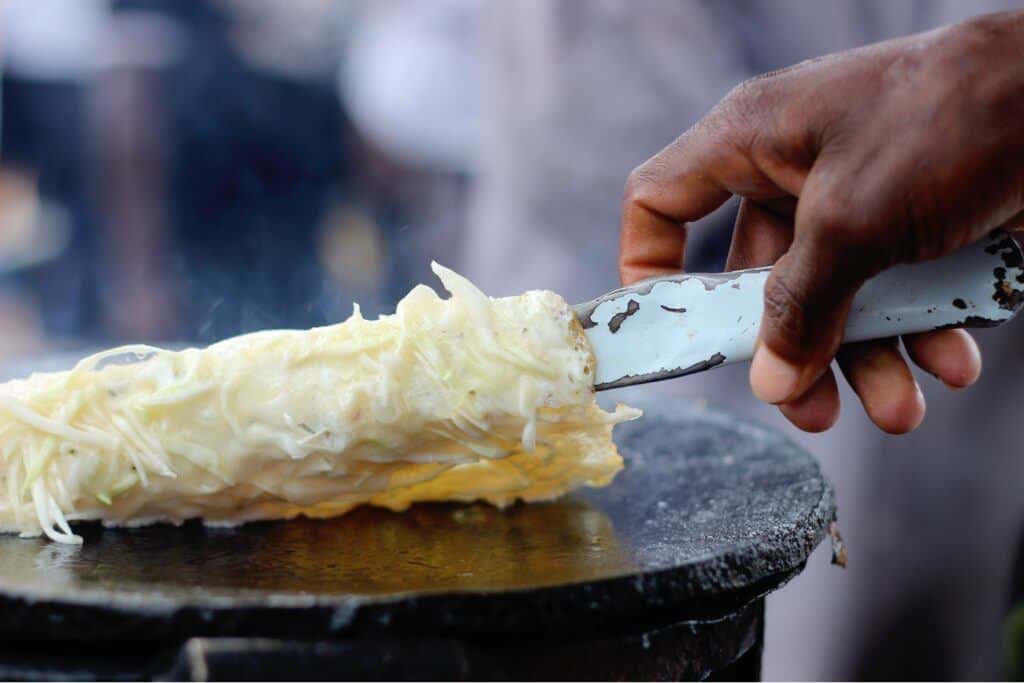
The Cost of Food in Uganda
You have plenty of food to choose from in Uganda, from local eats to western fare — take your pick, and all at reasonable costs! When it comes to local cuisine, some of the most popular Ugandan dishes include matoke (bananas), cassava (manioc), sweet potatoes, white potatoes, yams, beans, peas, ground nuts (peanuts), cabbage, and pumpkin.
A standout street food for me was Rolex, a popular choice amongst locals and travellers for an easy snack. Rolex is made by mixing chapati with fried egg to make an omelette and then rolling cabbage, tomato and onion into it to form a wrap-like shape. Simple, yet so delicious.
When eating from local stands or at inexpensive restaurants, an average meal will cost around 8,000 – 10,000 Ugandan shillings ($2.30 – $2.82) . So if you decide to eat mostly local fares, you can easily spend around 20,000 – 25,000 Ugandan shillings ($5 – $7) per day . Not bad at all!
But if you’re like me, and want to integrate some variety in your meals throughout the day, then there’s plenty of mid-range restaurants serving up delicious eats. One of my favourite things to do in bigger cities is go cafe-crawling. Kampala has a vibrant coffee culture scene and some of my top picks included Cafe Javas and Prunes. When eating out at a more mid-range or western style cafe, you might expect to spend around 30,000 – 50,000 Ugandan shillings ($8 – $14 ) per meal.
If you have access to a kitchen during your stays and want to shop at the markets or local grocery stores, then you’ll probably average around 50,000 Ugandan shillings ($14) for a bill that includes some protein, fruits, veggies, and whole grains.
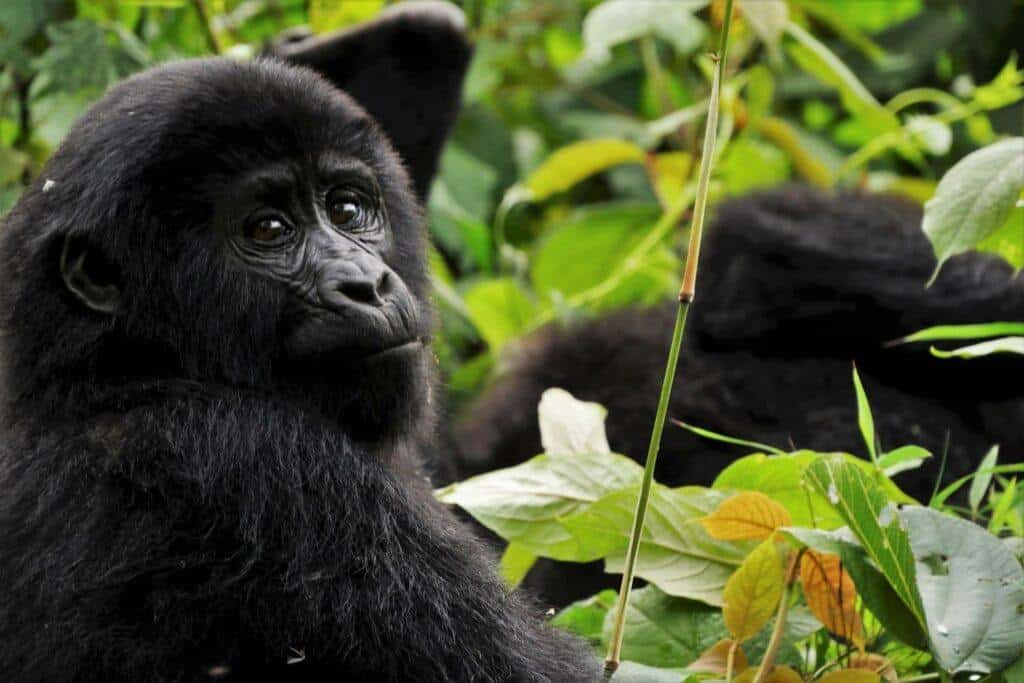
The Cost of Activities and Entrance Fees in Uganda
Now, I don’t know about you, but when I was planning for my trip to Uganda, I simply had one thing on my mind: gorillas.
This region of Africa is the only place in the world where you can find wild mountain gorillas, and they’re still a rare breed: just 800 of these beautiful animals remain in the world.
If you have the means, I would also put gorilla trekking at the top of your Uganda experiences list. Keep in mind that the best time of year to go gorilla trekking is in June, July, or August for peak weather conditions.
Hands down, one of the best places to experience adventure is in Jinja. Also known as the adrenaline capital of East Africa, you can partake in some dare-devil activities like bungee jumping or you can take a boat ride to see the Source of the Nile, which is the starting point of the longest river on earth.
I did a one-day tour from Kampala to experience some of Jinja’s top sights, including the source of the Nile, Mabira Forest, and Sezibwa Falls. This was a great way to experience Jinja with a short amount of time, and I would definitely recommend it.
Then when it comes to national parks and wildlife, you have plenty of options to go on the safari of your dreams. Notable parks include Queen Elizabeth National Park, Murchison Falls National Park, and Kidepo Valley National Park.
Below is a breakdown of some of the costs you might expect for the top attractions in Uganda. Keep in mind that this mostly consists of just entrance fees. For safaris or trekking, your final prices will change depending on the company you hire and the length of stay.
Here’s a breakdown of some popular attractions in Uganda and their respective costs:
- Kidepo Valley National Park: $40 per person, per day
- Mountain Gorilla Trekking (Bwindi Impenetrable Forest National Park): ~$970 per person for a 1-day tour with another person
- Queen Elizabeth National Park: $40 per person, per day
- Murchison Falls National Park: $40 per person, per day
- Ziwa Rhino Sanctuary: $50 per person for 1-2 hours
- White water rafting on the Nile River: $125 per person (Half-Day Rafting)
- Bungee Jumping: $115 per person
- 1-day Jinja Tour (incl. source of the Nile Tour): $145 per person
Miscellaneous Expenses in Uganda
A local SIM card: I don’t know about you, but one of my least favourite aspects of arriving in a new country is having to figure out how to get connected. Specifically: buying a local SIM card so that I have data to use while I’m in the country.
There’s locating a store that will sell you one, language barriers to deal with, various forms of ID you might need to bring, scams to navigate, and… well, it’s a headache.
This year, I started using Airalo , which sells local e-SIM cards for travellers. What that means is that you can buy your SIM card online before you arrive in Uganda, and then as soon as you land in the country, you can switch on your data and start using it. It’s worked flawlessly for me and I’ll never go back to physical SIM cards. You’ll pay $9 for 1 GB of data or $35 for 5 GB of data and can top-up instantly on your phone through the Airalo app.
The Cost of Travel Insurance in Uganda
If you’ve read any other posts on Never Ending Footsteps, you’ll know that I’m a great believer in travelling with travel insurance. I’ve seen far too many Go Fund Me campaigns from destitute backpackers that are unexpectedly stranded in a foreign country after a scooter accident/being attacked/breaking a leg with no way of getting home or paying for their healthcare. These costs can quickly land you with a six-figure bill to pay at the end of it.
In short, if you can’t afford travel insurance, you can’t afford to travel.
Travel insurance will cover you if your flight is cancelled and you need to book a new one, if your luggage gets lost and you need to replace your belongings, if you suddenly get struck down by appendicitis and have to be hospitalised, or discover a family member has died and you need to get home immediately. If you fall seriously ill, your insurance will cover the costs to fly you home to receive medical treatment.
I use SafetyWing as my travel insurance provider, and recommend them for trips to Uganda. Firstly, they’re one of the few companies out there who will actually cover you if you contract COVID-19. On top of that, they provide worldwide coverage, don’t require you to have a return ticket, and even allow you to buy coverage after you’ve left home. If you’re on a long-term trip, you can pay monthly instead of up-front, and can cancel at any time. Finally, they’re more affordable than the competition, and have a clear, easy-to-understand pricing structure, which is always appreciated.
With SafetyWing, you’ll pay $1.50 a day for travel insurance.
How Much Does it Cost to Travel in Uganda?
It’s time to tally up all of my expenses to see my total travel costs! It might seem like the total average amount is high, but that’s because you’re likely to experience some activity that adds on to the final amount spent. Uganda is a good country to spend more on experiences anyways!
- Accommodation: $25 per day
- Transportation: $15 per day
- Food: $20 per day
- Activities/Entrance Fees: $145 per day
Average amount spent in Uganda: $205 a day!
Lauren Juliff
Lauren Juliff is a published author and travel expert who founded Never Ending Footsteps in 2011. She has spent over 12 years travelling the world, sharing in-depth advice from more than 100 countries across six continents. Lauren's travel advice has been featured in publications like the BBC, Wall Street Journal, USA Today, and Cosmopolitan, and her work is read by 200,000 readers each month. Her travel memoir can be found in bookstores across the planet.
Related Posts

The Cost of Travel in Mauritius: My Detailed Budget Breakdown

The Cost of Travel in Thailand: My Detailed Budget Breakdown

2023: My Travels in Review

How to Spend One Week in Mauritius: An Itinerary for First-Time Visitors

The Cost of Travel in South Korea: My 2024 Budget Breakdown
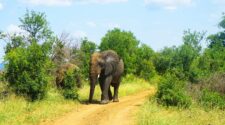
Why You Need to Take a Game Drive in Swaziland/eSwatini
Leave a reply cancel reply.
Your email address will not be published. Required fields are marked *
Meet Lauren Juliff
Nomadic Matt's Travel Site
Travel Better, Cheaper, Longer
How to Travel Uganda on a Budget
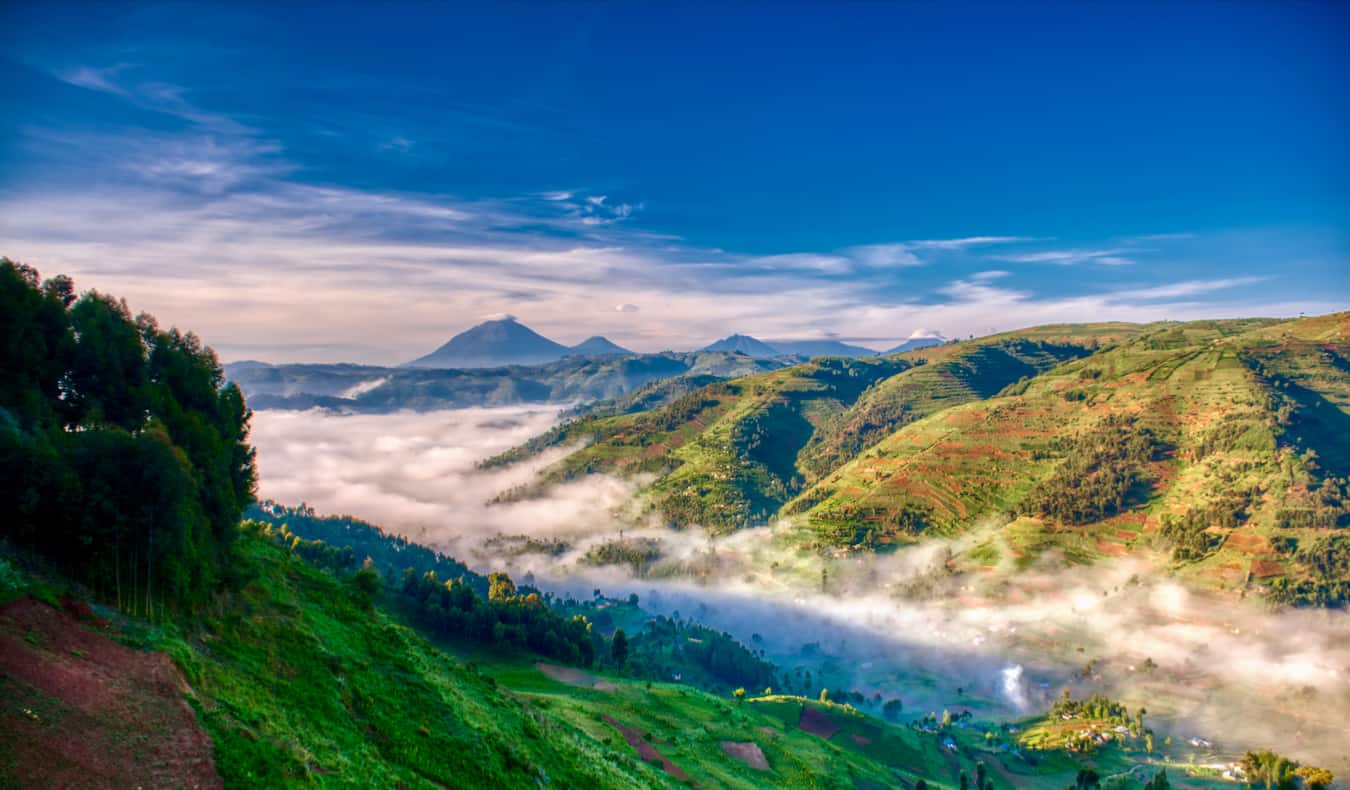
Today’s guest post is from Alicia Erickson. She’s a travel writer who splits her time primarily between East and Southern Africa, India, and Seattle. She’s writing about how to save money in Uganda, a country I have longed to visit but still haven’t gotten around to doing. Alicia shares her tips and tricks to save on your next visit!
The magnificent and diverse color, vegetation, and wildlife of Uganda so inspired Winston Churchill that he nicknamed this East African country “the pearl of Africa,” a name that has stuck ever since.
Since shedding its violent reputation after a volatile period during the 1980s, Uganda has changed a lot. In particular, it’s invested resources into developing its wealth of national parks, largely aimed toward the repopulation of wildlife and the conscious development of infrastructure to help make its vast wilderness accessible.
Although East Africa is known for its expensive high-end lodges and activities, Uganda is more affordable than some of its neighbors. It spoils adventure-seekers with its bounteous nature. In a relatively compact and easily navigable area, one can trek with mountain gorillas in dense jungle, visit coffee and tea plantations, relax by volcanic lakes, drive through savannah abundant in tree-climbing lions and other wildlife, hike snow-capped mountains, and raft down rapids in the Nile River! The Uganda visa is affordable and easy to get too!
Uganda has enthralled me since I first started visiting in 2010 and, over numerous visits, I’ve only developed a deeper appreciation for it. In this post, I want to share that love for the country and help you travel Uganda on a budget!
How to Save Money on Transportation
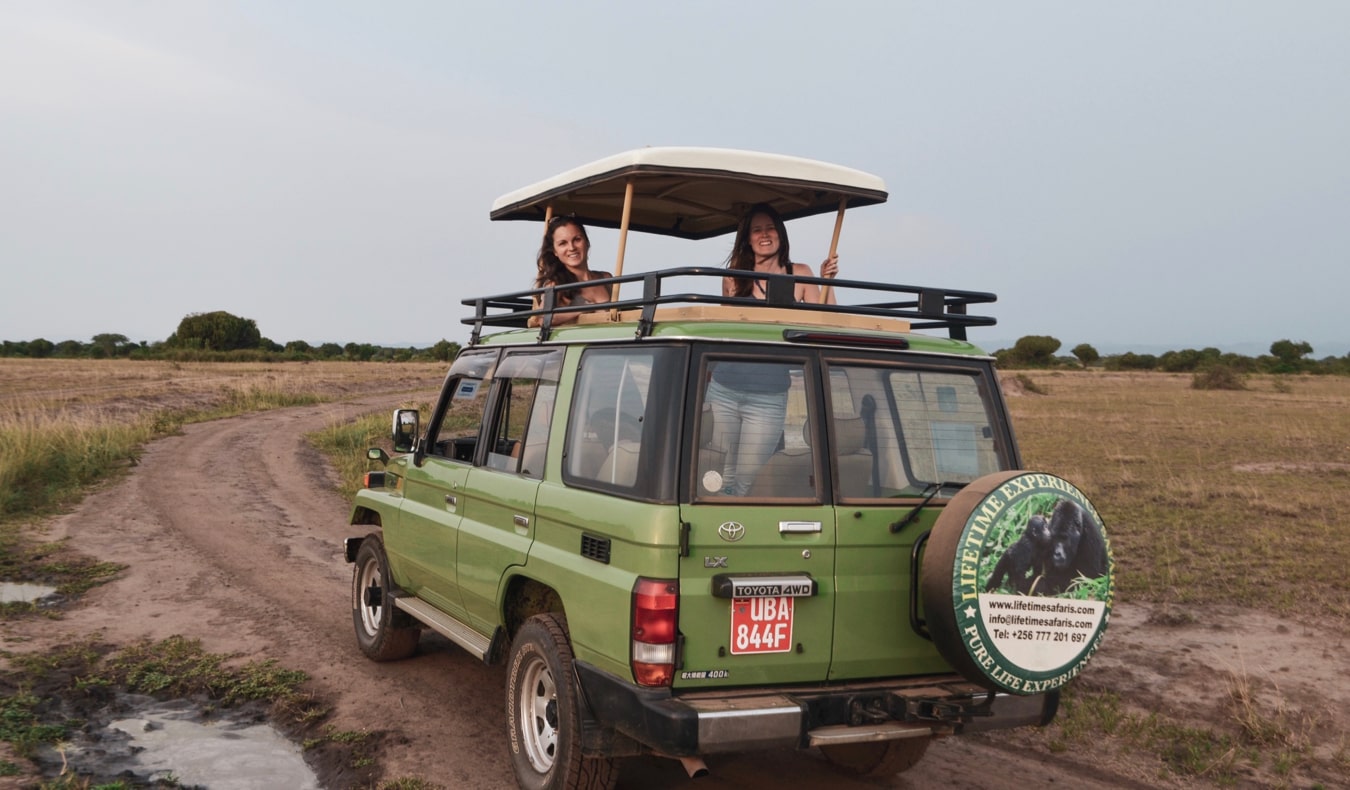
Boda Bodas (motorbikes) – Public motorbikes, known as boda bodas, are dirt cheap in areas such as Jinja and Kampala but are more difficult to find in rural areas and around national parks. While they are the most cost-effective form of transportation — between 5,000-6,000 Ugandan shillings (UGX) ($1.50-2 USD), though prices are always negotiable — exercise caution when using boda bodas, as they have a reputation for being quite dangerous: helmets aren’t provided, and drivers are known for being reckless.
However, Safe Boda and Uber, which connect passengers with drivers through their respective apps, have recently come to Kampala and provide much more reliable drivers and standardized pricing, with minimum fares starting at 5,000-6,000 UGX ($1.50-1.60 USD).
Matatus (local buses) – Local minibuses, known as matatus, are an inexpensive — though not altogether easy — way to get around Kampala. Matatus also run between different regions in Uganda, often without a set schedule, and leave once the bus has filled up.
Prices depend on route, though they are generally around 500-2,000 UGX ($.20-.25 USD). To catch one, just wave down one of these rundown white vans from the side of the road — but be warned that they are usually cramped and filled beyond capacity.
Taxis – Taxis are the most expensive way to get around cities, though also the safest. Prices are always negotiable, though expect to pay between 15,000 and 40,000 UGX ($4–11 USD) for a ride, depending on distance and time of day.
Coach Buses – Coach buses, run by a number of companies, are used to travel long distances within Uganda as well as to other East African destinations, such as Mombasa and Kigali. Costs are dependent on the route but generally run around 55,000 UGX ($13.50 USD) for a ten-hour journey.
Private Car Renting a car is an ideal way to independently explore Uganda and go deeper into some of the parks where public transportation does not go. Cars can be hired with or without a driver, as well as with or without camping equipment.
Although not necessary, a driver can be handy not only in navigating potholed roads but also by providing a wealth of historical and cultural insights and in spotting wildlife on safari. A reliable company I have used is Lifetime Safaris , which offered a safari rental car with starting at $60-80 USD/day. Your Drive Uganda offers rental cars from $30-40 USD a day and you can hire a car with a driver for $60 a day.
How to Save Money on Accommodation
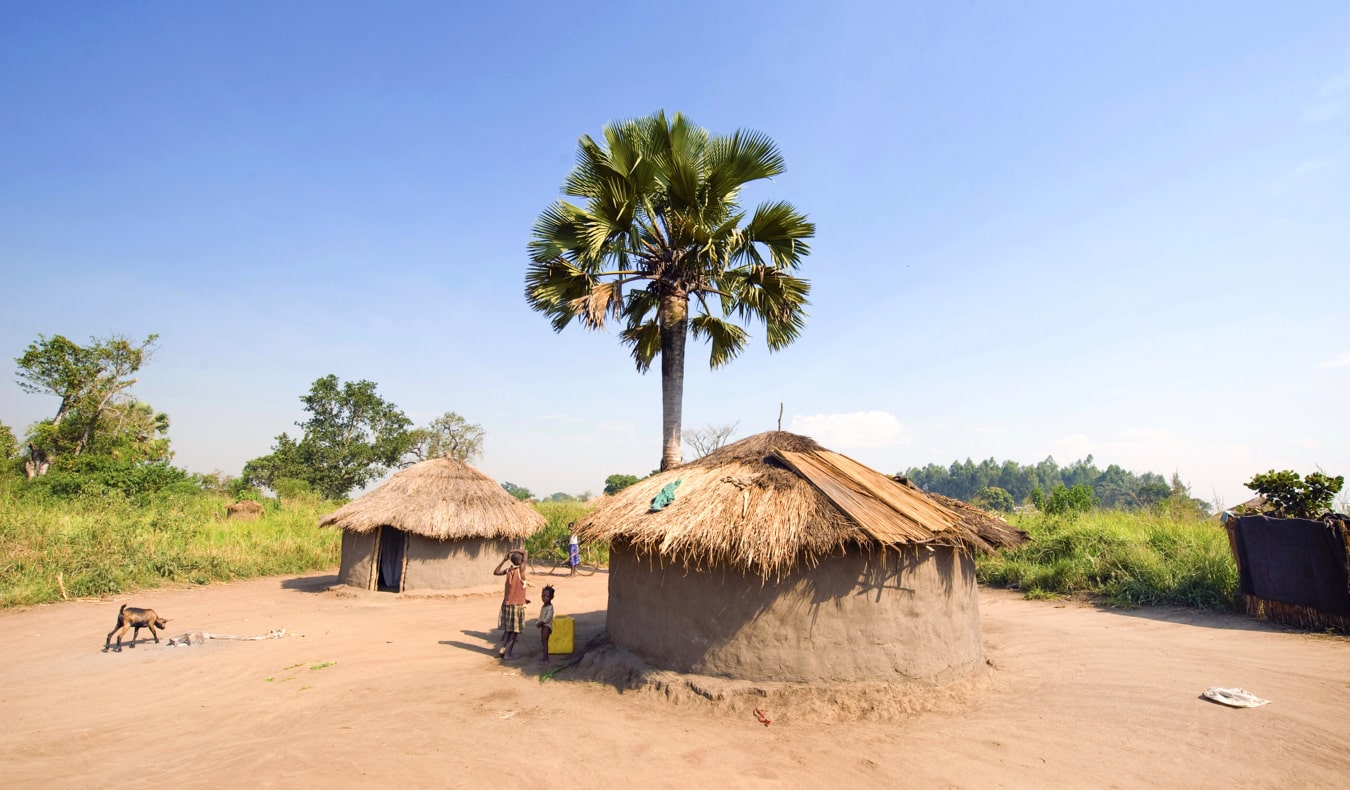
Hostels – There are only a handful of hostels in Uganda, mostly in Kampala. Red Chilli offers dorms at its property in Kampala for $12 USD/night and basic rooms for $30-45 USD, and Om Bunyonyi on Lake Bunyonyi in southwestern Uganda provides dorms for $15 USD/night or $45 USD for a private room.
Guesthouses – Guesthouses can vary widely in cost. A decent-quality one with relatively reliable facilities in touristic areas, such as Om Bunyonyi, runs around $25 USD/night for a double private room, though expect prices to be much higher around national parks. If you don’t book in advance and are stopping through a small town for the night, you can easily find very simple guesthouses for far less, approximately $14 USD/night. Water and electricity will often be unreliable in this style of accommodation, however.
Camping – Camping is a great option in the regions surrounding the national parks, such as Murchison Falls and Queen Elizabeth, though prices will vary by location. At its site in Murchison Falls, Red Chilli offers camping for $8 USD/night. Other sites and lodges offer camping for $8–12 USD/night. Many places offer tents for rent, though bringing your own equipment will save you even more money.
Eco-lodges – Budget-consciousness is probably not what you have in mind when you think “eco-lodge,” given the trend toward fancy eco-friendly safari lodges in East Africa. However, lodges and safari camps are a prominent form of accommodation in the national parks, and not all of them have to break the bank! There are some reasonably priced ones that still can be a nice splurge on a budget holiday. They can cost around $100 USD per night and usually include three meals a day as well, reducing other daily costs.
How to Save Money on Food and Drinks
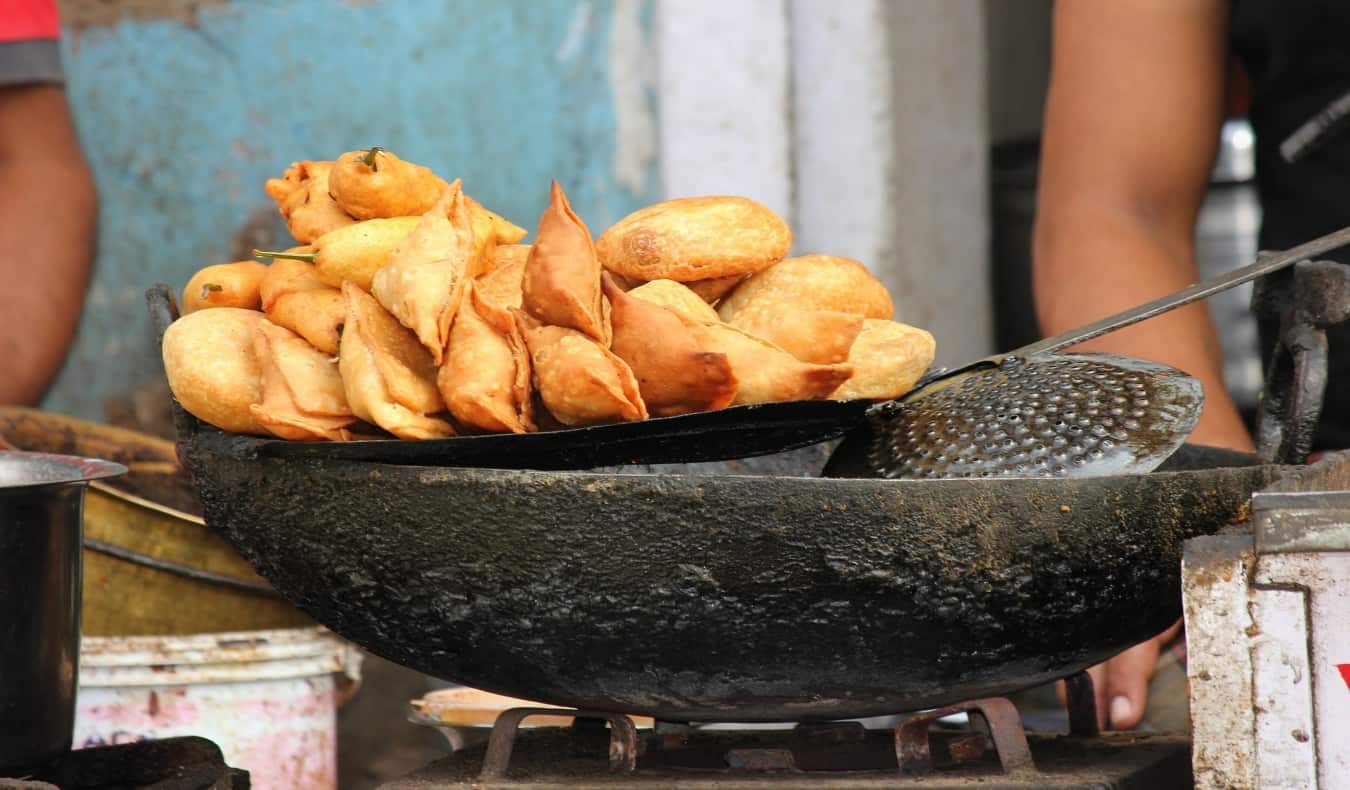
Restaurants – Kampala has an extensive international restaurant scene. They are expensive in comparison to local restaurants, though cheaper than eating out in Europe or North America and cheaper also than similar restaurants in other major East African cities. Costs range from 30,000 to 70,000 UGX ($8–20 USD) for an average meal.
Local cuisine, in contrast, is fairly simple — consisting largely of potatoes, rice, beans, cabbage, chapati (unleavened flatbread), and ugali (maize flour porridge) — and much more affordable. There are many Ethiopian restaurants as well, offering more mid-range meals.
Food-on-the-go – Uganda has a handful of street food items, the most famous being an egg and chapati wrap known as a “rolex,” which can also have different vegetables added and cost as little as 1,500–3,000 UGX ($0.40–0.80 USD). Stock up on fresh tropical fruit, which is abundant in markets and along the road; the price is always up for negotiation.
Inexpensive roadside food and snack stands selling corn, samosas, nuts, and grilled meat are also prevalent and convenient on long trips. Eating in these ways can save significant costs in Uganda.
Drinks – Foreign-import wine and spirits can be found in Kampala, though cocktails and wine are costly in the capital city’s posh bars, restaurants, and clubs. Your best bet is to stick with local beers such as Nile, which should cost 4,000–9,000 UGX ($0.80–2.40 USD), depending on the venue you buy it from. Or try out Uganda’s local gin, called Waragi, at around 1,000 UGX ($0.25 USD) a pour. This potent liquor becomes more tolerable when mixed with a good dose of tonic water and lime.
Adventure Activities Costs
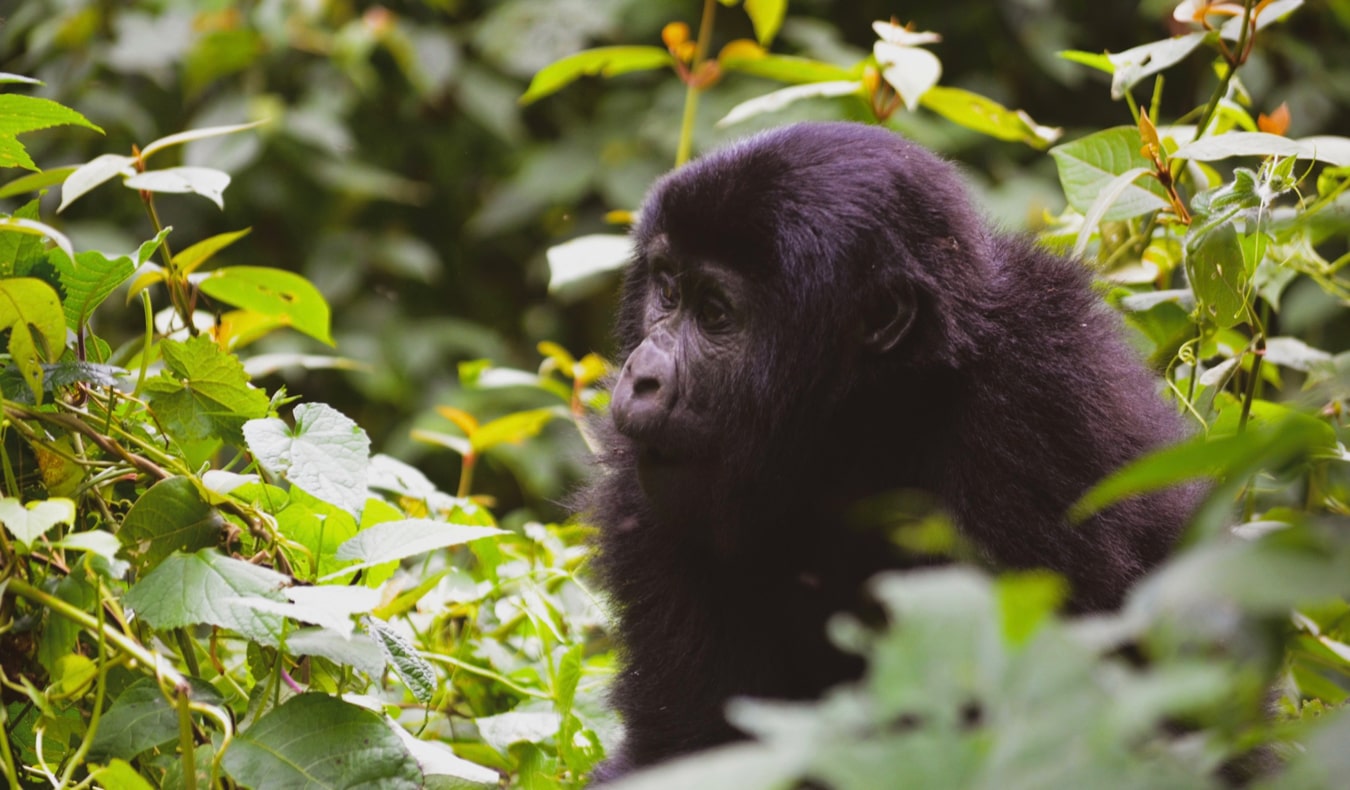
However, it is easy to intersperse those activities with low-cost days of relaxing by crater lakes, taking self-guided walks in the mountainous areas of southwestern Uganda, or volunteering. On those days, you can spend $30 USD/day or even less!
Here are some typical adventure-activity costs:
- Queen Elizabeth National Park : $40 USD/day for admission
- Murchison Falls : $40 USD/day for admission
- Rafting : $144 USD/per person for 5-6 hours
- Chimpanzee tracking in Kibale : $150 USD/permit
- Gorilla trekking in Bwindi : $700 USD/permit
Other Tips for Saving Money in Uganda

- Explore beyond the high-priced attractions – Regions outside of the major attractions are still abundant in nature and are often more captivating, as there are few to no tourists. Think volcanic lakes, little-known mountains, rarely visited waterfalls, almost-deserted islands, and dense forests and coffee and tea plantations.
- Travel during the off-season – Don’t let the rainy season scare you off! Uganda is at its most lush during the rainy months (March to May and October to November), crowds are at a minimum, and permits and lodging are often discounted to encourage tourism.
- Travel off the beaten path – Check out Lake Bunyonyi, the Ssese Islands in Lake Victoria, and Sipi Falls, for example. If you’re looking to do trekking in the region, the Rwenzoris are worth considering — while they aren’t “cheap,” they are a much more affordable option than Mt. Kilimanjaro and you can do shorter or longer treks depending on your time and budget.
- Consider volunteering – Avoid volunteer programs that charge money, but consider looking into opportunities such as those on Workaway , which will help save money on accommodation and offer a more in-depth cultural experience.
- Booking advice – Booking gorilla and trekking permits in advance is advisable to ensure a place, since permits are limited, but skip booking package safaris, as tour company costs are much higher than if one travels independently.
- Stay for a longer time – This might initially sound counterintuitive, but a longer stay means you won’t necessarily only be concentrating on the major tourist attractions. You’ll also have a better idea of how to navigate local transportation and become better acquainted with some of the regional cultures and smaller, underrated rural areas.
- Bring a reusable water bottle – To ensure your water is clean and safe (and to avoid spending money on single-use plastic) bring a reusable water bottle and a filter. LifeStraw makes a bottle with a built-in filter that ensures your water is safe and clean — no matter where in the world you are.
With the ever-increasing impact of globalization, once off-the-beaten-path locales are being put on the map. Much of Uganda still remains raw and less developed, though its increasingly improving infrastructure makes it the perfect destination for adventure travelers and outdoor enthusiasts. Development and prices are already on the rise so don’t hesitate to explore this wild and beautiful East African nation before the secret is out!
Alicia Erickson grew up as a third-culture kid, developing a love for travel at a young age. She has been a digital nomad for the past 5 years, working as a political analyst, social entrepreneur, writer, and yoga teacher while she explores the world. She splits her time primarily between East and Southern Africa, India, and Seattle, where she seeks off-the-beaten-path locales and is particularly drawn to mountains and the savannah, food, wine, and design culture. You can follow her adventures at Journey with Alicia .
Book Your Trip: Logistical Tips and Tricks
Book Your Flight Use Skyscanner to find a cheap flight. They are my favorite search engine because they search websites and airlines around the globe so you always know no stone is left unturned.
Book Your Accommodation You can book your hostel with Hostelworld as they have the biggest inventory and best deals. If you want to stay somewhere other than a hostel, use Booking.com as they consistently return the cheapest rates for guesthouses and cheap hotels.
Don’t Forget Travel Insurance Travel insurance will protect you against illness, injury, theft, and cancellations. It’s comprehensive protection in case anything goes wrong. I never go on a trip without it as I’ve had to use it many times in the past. My favorite companies that offer the best service and value are:
- Safety Wing (best for everyone)
- Insure My Trip (for those over 70)
- Medjet (for additional evacuation coverage)
Looking for the Best Companies to Save Money With? Check out my resource page for the best companies to use when you travel. I list all the ones I use to save money when I’m on the road. They will save you money when you travel too.
Got a comment on this article? Join the conversation on Facebook , Instagram , or Twitter and share your thoughts!
Disclosure: Please note that some of the links above may be affiliate links, and at no additional cost to you, I earn a commission if you make a purchase. I recommend only products and companies I use and the income goes to keeping the site community supported and ad free.
Related Posts
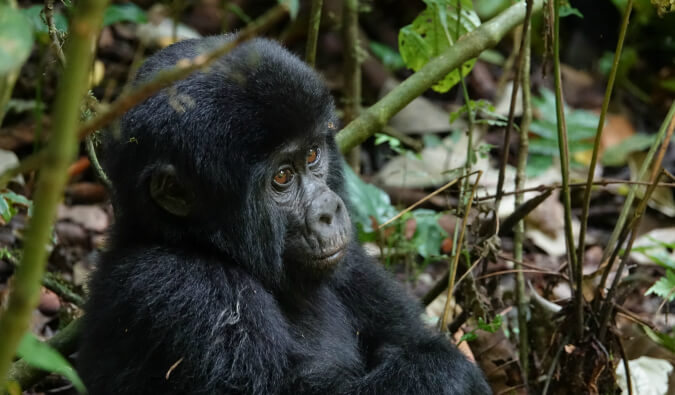
Get my best stuff sent straight to you!
Pin it on pinterest.
Tips for a budget friendly trip to Uganda
It’s easy to spend thousands of dollars when travelling to Uganda – but did you know that Uganda is easy to visit on a budget as well? With some planning and preparation, you can have a fun and comfortable road trip while limiting your spending. Here are our top money-saving tips for visiting Uganda on a budget.
Money-saving tips to visit Uganda on a budget
Budget tip #1. Travel with friends
Don’t let those back seats stay empty! Invite friends or family along for your roadtrip in Uganda. The more people you can split your vehicle with, the more money you’ll save on your vacation. Group accommodations tend to be more budget-friendly as well - another great reason to travel to Uganda with friends.
Budget tip #2. Go camping in Uganda
Uganda’s starry skies and beautiful views are good reasons to grab your tent and go camping. Another great thing? It's easy on your wallet too! Lots of places in Uganda offer camping grounds right on their property. This way, you get to enjoy all the luxurious amenities (pool, cocktails, common areas), without spending extra money for a fancy room you’ll only use to sleep.
Check out our camping guide for camping tips in Uganda.
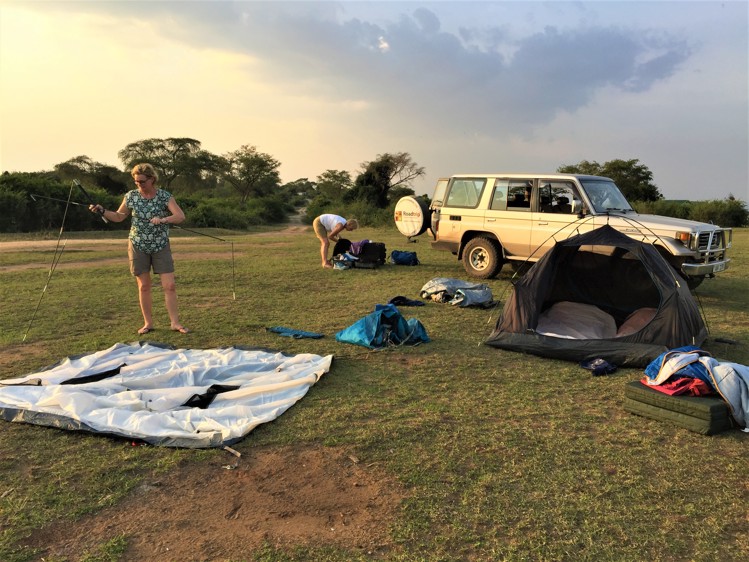
Budget tip #3. Skip the gorillas
Gasp! Did we really just say that? It might sound crazy but yes, it’s ok to skip the gorillas. There are many other wildlife viewing opportunities in Uganda involving rare chimps and primates.
If you're planning to see chimps, keep in mind that Budongo Forest, Kalinzu Forest and Kyambura Gorge are cheaper alternatives than trekking in Kibale Forest. Another great budget-friendly tip is the golden monkey trek in Mgahinga Gorilla National Park – you will be able to see many different types of primates for less than the cost of going on a gorilla trek.
Budget tip #4. Cook
Eating out in Uganda is not expensive. But cooking can still save you a considerable amount of money. Before you embark on your roadtrip, visit a supermarket and stock up on snacks, canned goods, and other non-perishable things. Entebbe and Kampala have well-stocked supermarkets. Once you’re on the way, you'll encounter various fruit & veg stalls as you go. You'll read more about this topic in our blog ' Camping in Uganda '.
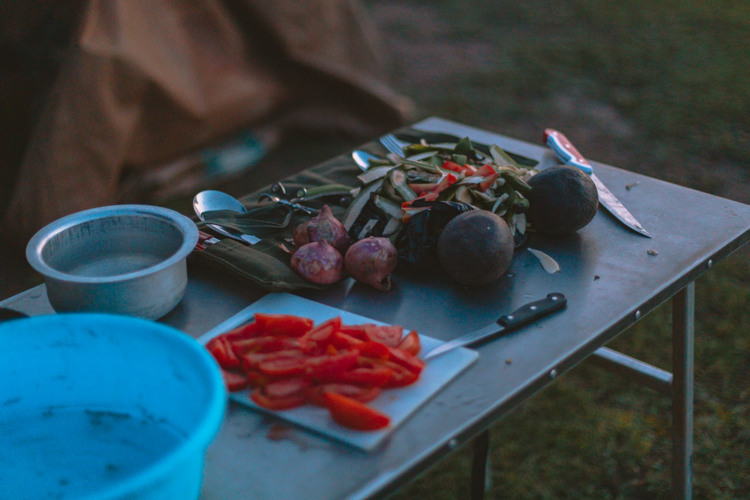
Budget tip #5. Don't visit too many national parks
National Parks quickly become expensive because of the entrance fees. However, much of Uganda’s natural beauty also exists outside of the park boundaries. Make sure to visit Fort Portal and the crater lakes, Lake Bunyonyi, Lake Mutanda, Jinja and the Sipi Falls for natural beauty without an entrance fee.
Budget tip #6. Make sure to visit Uganda in low season
Uganda in low season (rainy season) means better deals for flights, car rental, accommodation and certain activities, whilst you have the beautiful lush parks almost all to yourself.
In Uganda, the rainy season usually spans from March to May and October to November. There's no need to worry about endless days filled with rain. Rains can be heavy, but are typically short, followed by bright sunshine. Peak season is from December to January and from July to September. Although the parks won’t feel crowded whatsoever, you will have to reserve your rental car , gorilla permits, and hotels well in advance to avoid disappointment.
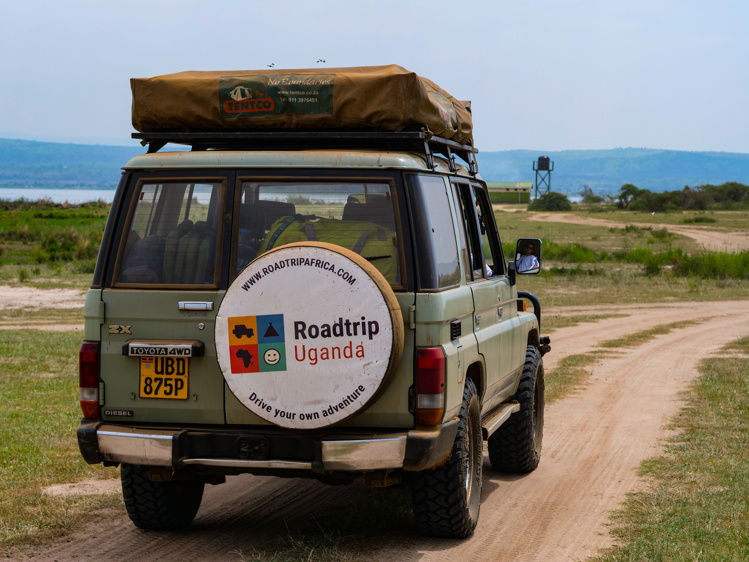
Last important piece of advice
When travelling through East Africa, the only thing we don’t recommend you skimp on is your car. Although main roads are well-paved, you’ll hit the occasional muddy patch or pothole-ridden road, or you find the treks in the national parks washed away after heavy rains. In those key moments, you’ll be glad you rented a reliable car with good roadside assistance .
Apart from that, following our budget-friendly tips can really help you save some money. From carefully choosing accommodation to picking certain destinations over others, you’ll leave Uganda with lots of unforgettable memories (and some extra money in your pocket).
Related Posts
10 best things to do in uganda, uganda's culture.
- Israel & Palestine
- United States
Backpacking Uganda: The ULTIMATE budget Uganda travel guide
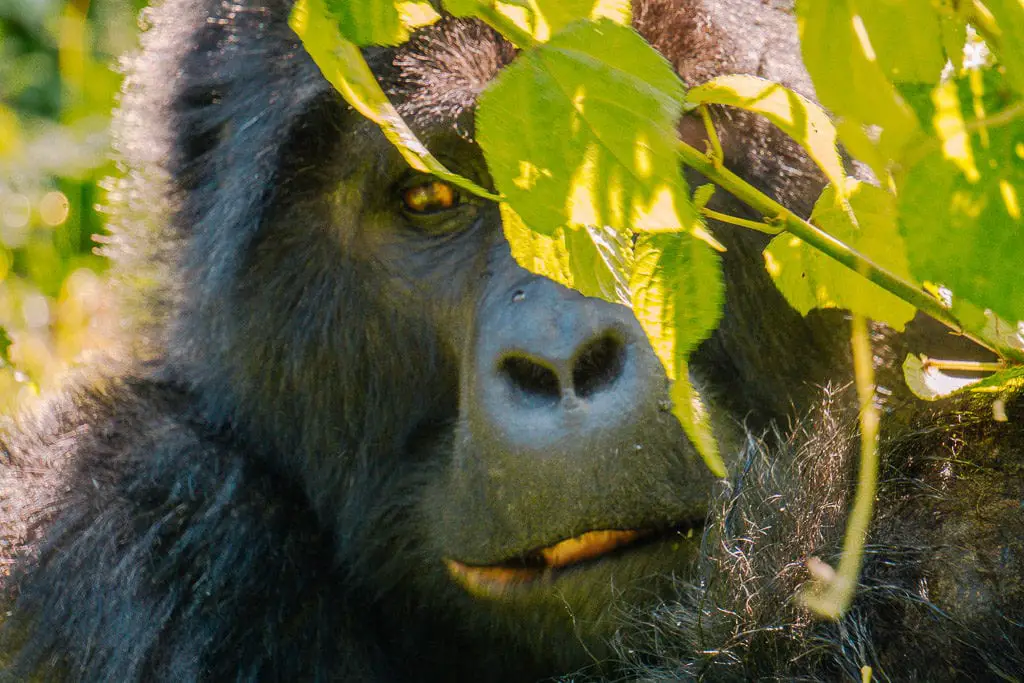
Backpacking Uganda: Top Experiences
- Come face-to-face with a silverback mountain gorilla in Bwindi Impenetrable Forest
- Get your adrenaline pumping with a wild raft ride down the Nile River’s Class V whitewater in Jinja
- Spot lions, elephants, giraffes, and crocs on a game drive and boat trip in Murchison Falls National Park
- Hike through impossibly green hills and friendly villages in the Toro Crater Lakes region
- Paddle a dugout canoe to Uganda’s best backpacker hangout — Byoona Amagara — on Lake Bunyonyi
Jump to the list of posts from Uganda , or read on for my comprehensive Uganda travel guide.
Uganda itinerary ideas

Uganda is a tiny country that packs a huge punch. Unusually for Africa , you can get between just about any two cities within five hours. But at the same time, every single destination looks and feels wildly different.
The southwest is the focus for most Uganda itineraries. The typical route heads west from Kampala to track chimpanzees in Kibale National Forest. Then, spend a couple days in Queen Elizabeth National Park , where you can do game drives and boat trips through an incredible diversity of landscapes. Finally, continue to the far south near the Rwandan border to track gorillas in Bwindi Impenetrable Forest or Mgahinga Gorilla National Park — potentially basing yourself at Lake Bunyonyi for some post-trek relaxation. This Uganda itinerary can be covered in as little as ten days.
With more time, there are plenty of diversions along the way. Instead of rushing through Kibale Forest just to track chimps, spend a few days trekking through the nearby Toro Crater Lakes region. Or explore the monkey and bird life at Bigodi , just 5 km from the chimp trailhead. A number of excellent budget camps and lodges in the area, plus a very low volume of tourists, make this a great region for backpackers to explore. Serious trekkers should check out the Rwenzori range — where you could have a 7-day peak-bagging expedition all to yourself.
Another increasingly popular pit stop is Lake Mburo. The national park may not have much in the way of Big 5 wildlife, but it’s the only place in southern Uganda where you can see zebras. The savanna landscape is gorgeous (and unusual for Uganda), and you can mix it up with walking, biking or horseback safaris.
If you have two weeks in Uganda or more, you could consider adding Murchison Falls National Park to your itinerary. Out on a limb in the north-central region, this park has far superior game viewing compared to Queen Elizabeth, and it’s less crowded. Budget travelers backpacking Uganda usually visit on a three-day safari organized by Red Chilli Tours in Kampala .
With three or more weeks for your Uganda itinerary, branch out to the east with a day of whitewater rafting in Jinja . Then, make your way north to Sipi Falls in the stunning Mount Elgon region. From here you can easily hop across the border to Kenya , or branch further north to Kidepo Valley National Park and the Karamoja Region — but consider hiring a driver for this very remote area.
Uganda weather and when to visit Uganda

Uganda’s equatorial location means temperatures are consistent year-round, so rainfall is the biggest factor to consider when deciding when to go. Overall rainfall is far higher than its neighbors, and even in dry season, you’ll get rain a few times a week.
The best time to visit Uganda is in December-January, or in June-August. Mornings are usually dry, as are some afternoons. Animals are more likely to venture out of the bush and be visible. It also makes for more pleasant gorilla and chimp tracking when you don’t have to wade through ankle-deep mud. If you plan to trek in the Rwenzori or Mount Elgon, visiting in dry season is essential, but you should still plan for tons of rain and mud.
The downside of visiting in dry season is tourist numbers are at their peak. Uganda isn’t a touristy country, so you won’t feel constantly surrounded by safari vehicles like you might in Kenya or Tanzania. But you’ll need to book gorilla and even chimp permits many months in advance — ideally 6 months or more.
In rainy season, tourist numbers drop dramatically and the possibility opens up of getting last-minute permits for chimps. It’s still quite difficult to get last-minute gorilla permits , but a month or two advance booking is fine. The downside is, well, it’s really wet and muddy. Some roads wash out. Hiking and camping becomes a miserable prospect, especially in the Rwenzori. That said, you’ll have the country largely to yourself and the landscape will be incredibly green.
One other important thing to keep in mind when backpacking Uganda is most of the country is above 1,000 meters in elevation. This means temperatures range from warm and pleasant to quite chilly (below 50 degrees Fahrenheit at night is not unusual). The areas around Bwindi and Mgahinga National Parks are cold enough to make camping unpleasant without a four-season sleeping bag. If you trek in the Rwenzori or Mount Elgon, you should pack snow gear.
Language in Uganda

The primary local language spoken in Uganda is Luganda . It’s a Bantu language with origins in the Buganda kingdom in the eastern part of the country. It’s pronounced exactly as written.
However, there are a total of 41 recognized languages spoken in the country. Many of these are Bantu-derived, and mutually intelligible with Luganda, but others are totally different and not mutually intelligible.
As a result, nearly everyone in Uganda speaks English. You’ll often hear Ugandans speaking English with each other. As a tourist, you can default to English most of the time. But Ugandans are accustomed to hearing English spoken with the Ugandan accent (which is closer to a British accent and has a whole host of its own dialectical quirks), so you may need to speak extra clearly if you have a strong American accent.
In very rare cases, you’ll encounter someone who doesn’t speak English or Luganda. In these cases it’s okay to try Swahili. But most Ugandans don’t use Swahili on a daily basis, and it can even come off as culturally insensitive (like you’re lumping Uganda in with other East African countries rather than recognizing its own unique cultural heritage). Whatever you do, don’t greet people in Uganda with a hearty “Jambo!” or you’ll get some pretty nasty stares.
Whichever language you use, make sure to properly greet people before diving into a conversation. Whether it’s a guard at a national park, a waiter at a restaurant, or someone you need to ask for directions on the street, always start with, “hello, how are you?” and genuinely listen to the answer. If someone else initiates the conversation, the proper answer to “how are you?” is “I am fine”.
The one word everyone backpacking Uganda will become quite familiar with is “mzungu.” This marks you as a person from North America, Europe or Australia (regardless of your skin color — your mannerisms and dress give you away). It’s not an offensive term, just a statement of fact. Sometimes you’ll hear Ugandans using this word when talking about you (as in “that bag is the mzungu’s,”), and other times they’ll use it to get your attention (as in “Mzungu, this is your bus stop!”)
Budget for backpacking Uganda

Backpacking Uganda can be extremely cheap — until you want to do any activities. Day-to-day travel costs are quite low. But nearly every wildlife encounter or adventure tour is pricey. As a result, the most useful way to organize your Uganda budget is separate day-to-day costs and big-ticket activities.
A daily budget for food, accommodation, and travel while backpacking Uganda could be as low as $30/day if you’re camping — but $40 per day would be more comfortable. This would include cheap activities like village walks, hiking and even some wildlife experiences where you don’t have to pay park fees. A healthy mid-range budget would be $80-100 a day, for which you can stay in some very nice lodges and eat at excellent restaurants.
Then, you’ll want a big-ticket activity budget of at least $1,000 — enough for a gorilla permit, chimp permit, and one day of game drives and boat trips in Queen Elizabeth National Park. If you can up it to $1,500 you can also do a Murchison Falls safari and go whitewater rafting in Jinja.
The cheapest hang-out spots for backpackers are Lake Bunyonyi and Jinja. You could camp for days in gorgeous surrounds for a total budget (food and activities — but not rafting — included) of around $20 per day. The Ssese Islands used to be a popular budget getaway, but dodgy ferries and higher malaria risk have made them less appealing as Bunyonyi has developed more for tourism.
ATM’s abound in urban Uganda. They mostly play nicely with foreign Visa cards, but not Mastercard. They dispense shillings, which you need to pay for food, bus tickets, small day tours, curios, etc. If you’re going to be in the bush for a few days, such as on the Bwindi-Queen Elizabeth-Kibale Forest safari circuit , plan your ATM visits in advance — villages and small towns generally don’t have ATM’s.
Most guesthouses and tour agencies quote prices in U.S. dollars, but you can pay in either dollars or shillings. Tips for guides are expected and should always be in local currency. A stash of $100+ in hard currency — dollars are best — is useful for when ATM’s don’t work or the power is out. Euros and pounds are useless except at Forex bureaus.
Cash is king, but mobile money is also popular. It’s kind of like PayPal, but with a cell network instead of web-based. MTN is the most popular provider, and you’ll need a local SIM card to use it. You can only pay with credit card at high-end lodges.
Sample costs (quoted in USD, but usually paid in shillings)
Camping with your own tent at a lodge in or near a national park: $5-10
Rolex (street food): $0.30
Meal at a mid-range restaurant: $3.50
Large French press coffee with local single-origin beans: $2
Half-day village walk or cultural tour: $8-10
Bus from Kampala to Fort Portal: $5.50
Boda (motorcycle taxi) from Lake Bunyonyi to Kabale: $1.30
Game drive in Queen Elizabeth National Park: $70 for the vehicle (up to 4 people) plus $40 park entry fee per person
Gorilla permit: $600, must be paid in dollars
Uganda visa requirements

Nearly everyone backpacking Uganda needs a visa. Unfortunately, the country is shifting rather chaotically to an e-visa system. Reports of whether you can get your visa on arrival are muddled and confusing. Immigration officials don’t know the rules on a day-in, day-out basis, or have different interpretations of the rules. So if you can, you should arrange your Uganda visa in advance.
For citizens of the U.S., Canada, most European countries, and Australia, the visa for Uganda costs $50. You can apply online here at least five days before you arrive. You need a copy of your Yellow Fever certificate and evidence of onward transport out of Uganda. You’ll get a form to bring to immigration when you enter the country, which is when you’ll actually receive the document for your passport (and possibly when you’ll make the payment, although the online system seems to intermittently require you to pay when you submit).
If you’re visiting Kenya and Rwanda on the same trip, it’s cheaper to apply for the East Africa Tourist Visa. This costs $100 and grants you multiple-entry, unlimited travel within all three countries for 90 days. It does not cover Tanzania.
You must apply for the EAT visa from the country that you will visit first. Theoretically you can get it on arrival, but it’s better to organize in advance, as there are conflicting reports about its availability at both Entebbe airport and at land borders. Just make sure you still get a Ugandan entry stamp — you’ll need it to buy a SIM card.
Accommodation in Uganda

When backpacking Uganda, you can choose from a range of accommodation at any budget level. Value for money is outstanding.
Uganda has few traditional backpacker hostels. You can find them in Kampala and, to a lesser extent, Jinja. Elsewhere, some camps and lodges have dorms to suit budget travelers. Prices run about $12 a night for a dorm bed.
Every decent-sized city in Uganda — such as Fort Portal, Kabale, Mbale, or Katunguru — has budget hotels catering to local travelers. $5-10 a night will buy you a clean room with a shared cold-water shower. For more like $15 a night, you can upgrade to a hot-shower en-suite room. The biggest downside is you won’t be immersed in the nature that makes Uganda so special. But if you don’t want to carry camping gear and want your own space, these hotels can be useful staging points from where you can pick up a boda (motorbike taxi) to natural attractions.
If you want to save money, have total flexibility, and avoid dorms, camping in Uganda is the way to go. You can pitch your tent in the yard of virtually any lodge in the country for $5-10 a night. You get to use the lodge’s facilities, including fantastic restaurants and swimming pools. And you usually get a good hot shower and clean restrooms.
You never have to book in advance (you don’t get a campsite, you just pitch your tent in any open space on the property). You can rent camping gear at many popular camps — called “lazy camping” — for more like $20 a night.
There are a couple downsides to camping while backpacking Uganda. First, charging your electronics is a constant struggle. Camps usually only have charge points in their restaurants, which the entire camp competes for during the few hours a day when the electricity is on. Second, because you’ll be way out in the bush, food options are limited. Camps generally don’t have self-catering facilities, and they’re often far (like 30 minutes by motorbike) from even small villages. So you may be stuck eating a three-course dinner at the $15-per-person restaurant rather than grabbing something more local. Finally, while camping in Uganda is very safe, always remember to check with the staff about wildlife — in Murchison Falls a hippo came within a meter of my tent!
If you have a bit more money to spare, Uganda has some world-class budget lodges. These are ideal for exploring the national parks. For $80-$100 a night (including all meals), you can stay in lodges that would cost three times that in Kenya or Tanzania. Most have fewer than 20 rooms and highly personalized service. Sometimes the “rooms” are permanent tents (under a thatched-roof shelter). But don’t worry, you’ll still get a proper bed, electricity, and a bathroom and hot shower inside.
Food in Uganda

Nobody goes backpacking in Uganda for the food. But if you don’t mind a little repetition, you can eat healthily on a budget.
Uganda’s classic street food is the Rolex. It’s not a high-end watch — it’s a freshly-made omelette, with tomatoes, onions and herbs, wrapped in a chapati (Indian-style flatbread) and rolled up. Delicious, healthy, and cheap at about $0.30 per egg. You can find Rolex in even the smallest villages. Rolex stands also sell plain chapati — a useful bus snack — for 500 shillings per piece.
In the markets, you can find veggies ranging from dark leafy greens to 3 kinds of sweet potatoes to broccoli, carrots, bell peppers, tomatoes, several varieties of eggplant, and more. Huge, sweet, creamy avocados are another standout.
The most typical starch in Uganda is a type of boiled plantain called matoke. Other options include ugali (a polenta-like cornmeal dish), potatoes, and rice. These starches are served with meats like goat and chicken, freshwater fish from Lake Victoria, or beans, and a boiled veggie or two. It’s flavorless but it’ll fill you up and cost you about $2.
You’ll also find a huge variety of tropical fruit throughout Uganda. The biggest treat is fresh passion fruit. Watermelon, pineapple, sweet lime, and mango are also popular. Bananas are big business in Uganda — there are 16 different words for “banana”! If you want to buy them from the market, ask for “ kabaragala ” (the yellow sweet ones that you can eat raw). Most other varieties are meant to be cooked or grilled.
At some point when you travel in Uganda, you won’t be able to look at matoke or chapati one more time. But don’t worry — you can get a variety of Indian, Western and fusion (think “Ugandan burrito”; it’s delicious) cuisine for $5-8 at tourist-oriented restaurants. You’ll find them in cities and larger towns.
If you’re traveling in the bush, often your only option is to eat at your lodge or camp. Breakfast is usually a full breakfast with eggs, toast, baked beans or bacon, and a plate of fruit. Lunch is normally smaller, with a vegetarian or meat sandwich served with chips or a salad. Dinner is a three-course affair, with a vegetarian soup, veggie or meat main, and simple dessert.
Lodge meals are more interesting than what you’ll find at restaurants, but considerably more expensive. Budget-oriented camps are a little cheaper and you can sometimes order off a menu, but the menu tends to amount to “veggie burger or tomato and avocado sandwich,” which gets real old after a few days.
Lodges need to know who is eating, what they’re eating, and what time in advance. So call ahead if you plan to eat there on the day you arrive and tell the staff at breakfast what time you want your dinner.
Drinks in Uganda

Uganda is a major coffee and tea producer. The best tea comes from the Toro region, while coffee production centers around Mount Elgon. Most of the best coffee and tea is exported. But when you visit these regions, you can find the good stuff in any local shop or cafe. Unfortunately, outside of these regions, you’ll mostly find sludgy instant coffee and mass-produced cheap tea. If you order “African” tea or coffee, it’ll be 80% milk.
Fresh fruit juices are another Uganda backpacking highlight. Watermelon juice is particularly delicious. Order it from any restaurant or fruit vendor. It’s safe — if they use water or ice, it’ll be boiled. You can also buy all the usual soft drinks, plus some local brands. Try Honey ginger beer and the pineapple soda.
Beer is the most popular alcoholic beverage when backpacking Uganda. You can buy it at local shops and any tourist lodge or camp. It won’t always be cold. Nile Special is the most popular brand. If you’re up for an adventure, try the local banana beer from the Fort Portal area. Wine is generally imported and only available at nicer restaurants and tourist lodges. When it comes to spirits, gin rules. Usually it’s made from millet or banana.
Ugandan tap water is questionably safe to drink. Water pumps and wells are probably okay. If locals offer you tap water, it’s almost certainly been boiled. But most travelers err on the safe side by buying bottled water, which you can buy everywhere. Consider bringing a Steri Pen so you can fill a reusable bottle from the tap without worrying about getting sick.
Activities you can do while backpacking Uganda

Backpacking Uganda is all about the wildlife. The country offers the single most diverse safari circuit in all of Africa.
Most people come to Uganda to track critically endangered mountain gorillas. This is perhaps the most moving wildlife experience on the planet. After tramping through the forest for anywhere from one to eight hours, you’ll spend one magical hour in the company of a gorilla family — often coming within 3 meters of a 350-pound silverback! The sense of recognition and mutual understanding is extraordinary.
You can track gorillas in Bwindi Impenetrable Forest or Mgahinga Gorilla Park. The permit costs $600 — there is no way around this expense. Only eight visitors can meet each gorilla group each day, and in high season, permits sell out up to 6 months early. Success rates are close to 100%.
If you can’t afford the steep gorilla tracking fee, tracking chimpanzees is almost as good. (Although it’s no substitute.) This costs just $150 for an hour with the chimps. The trekking is easier than with the gorillas when the chimps are on the ground, but you may have to run through the forest to follow them when they’re in trees.
Chimp tracking is available in Kibale National Forest, Queen Elizabeth National Park, and near Murchison Falls. Kibale has the highest success rate by far (upwards of 90%) and usually less than an hour of walking before you find them. Permits are easy to come by in wet season, and you can get them just a few weeks before in dry season.
In addition to gorillas and chimps, Uganda has all the typical African wildlife. The three main safari parks are Queen Elizabeth, Murchison Falls, and Kidepo Valley. Lake Mburo is growing in popularity due to its location as an easy overnight stop between Kampala and Bwindi. You can reach Queen Elizabeth and Lake Mburo on public transport , but you’re better off taking a tour or hiring a driver for Murchison Falls and Kidepo Valley.
Uganda also offers the unique experience of tracking white rhinos on foot. Unfortunately rhinos have been wiped out of all the national parks, but the excellent Ziwa Rhino Sanctuary operates a breeding program, with eventual plans to reintroduce them to the wild. It’s an unforgettable stop between Kampala and Murchison Falls.
Besides the wildlife, the most popular activity in Uganda is whitewater rafting on the Nile River. The long-feared Isamba Dam project is now complete, but most of the rapids survived, and it’s still an intense and fun day on the river.
Rafting companies Nalubale and Nile River Explorers have exceptional safety records. Still, you should be water-confident to take on this trip. Three of the rapids have a 70-80% chance of flipping. Even if you’re prepared, it’s terrifying — you’ll be trapped underwater for 30 seconds or so, battered by the whirlpools and waves, before you can find one of the air pockets under the raft. Rafting costs $140, including transport from Kampala, all food and drinks, and up to two nights at the rafting companies’ camps in Bujagali.
Finally, Uganda is a hiker’s paradise. The big trekking region is the Rwenzori Mountains. Rwenzori Trekking Services in Kilembe offers 5-7 day treks (and is far more reputable than Rwenzori Mountain Services, which can’t really be recommended for safety reasons). Mount Elgon is another popular trek, and it’s relatively affordable.
If you don’t want to take on the rain and altitude of the biggest mountains, consider day-hiking on their lower slopes. Near Fort Portal, you have a range of possibilities in the lower Rwenzoris — from the Rwenzori Day Hike to self-guided trails around the Toro Crater Lakes. Sipi Falls, on the lower slopes of Mount Elgon, offers plenty of day-hiking possibilities for nominal guide fees ($5-10).
Transportation in Uganda

Traveling independently in Uganda is still a pretty novel concept. When you’re in the research phase of your backpacking Uganda trip, the most important thing to remember is that there is always a way to get where you want to go. The Internet just doesn’t always know it. So you could Google until your eyes bleed and still not find a single article describing the bus route you want. But if you show up and ask locals, you’ll never have a problem getting around.
Private transport and tours
The top rung of the transportation ladder is to hire your own driver. If you’re traveling in a group, this is very affordable — prices start around $100 per day plus fuel, split among passengers. 4-wheel drive is a good idea anytime, but absolutely essential in rainy season or if you’re visiting Bwindi. A private driver is by far the most common way travelers explore Uganda, and it’s the only realistic option if you’re here for less than two weeks.
Even if you don’t hire a driver for the whole trip, you’ll occasionally need to hire one for a day or two. This is especially common in Bwindi Impenetrable Forest and Queen Elizabeth National Park, where you can get to the park gates on your own, but you can’t actually get to the wildlife without private transport. The good news is, it’s even more affordable — $50 a day is pretty typical. Email me if you want contact info of a couple of great drivers who charge very fair rates.
Another easy option is to take a budget group tour. Some people backpacking Uganda travel on overland trucks with companies like Intrepid or G Adventures. These tours offer good value for money, but they’re very rushed and miss most of the highlights of Uganda. Instead, consider booking with a local tour agency like Red Chilli.
Coach buses in Uganda
If you’re not limited for time, on a shoestring budget, and want more of an adventure, consider traveling by public transport. You’ll almost always be the only mzungu on your vehicle and you’ll get much more exposure to local life.
The best choices for getting around Uganda on public transportation are coach buses. Preferred companies include Jaguar Executive Coaches, Link Bus, and Elgon Flyer, or take the government-run Post Bus. International companies Trinity Coaches, Mash Bus, and Modern Coast are useful for longer routes connecting to Kigali or Nairobi. Normally each bus company has its own ticket office and departure point, but some smaller cities have a central bus park.
Buses leave at set departure times until about 2 pm. You can buy tickets the day you travel. Most short-haul buses have six seats across instead of the four seats more typical in the U.S. or Europe. Drivers stop every 4 hours or so for a “comfort break.”
Matatus and shared taxis
Unfortunately, not all routes are covered by coach buses. If you’re heading to a smaller destination or along a shorter route, you’ll have no choice but to use minibuses, known as “matatus” or, more commonly, “taxis.” (What we’d call a “taxi” in the U.S. is called a “special hire” in Uganda — confusing, I know.) You can identify taxis by their blue bands painted around the middle.
Taxis are pretty much the worst. They’re more expensive than buses. Conductors routinely try to overcharge passengers. They only leave when full, which can take 2+ hours, and then they stop everywhere . The drivers are extremely reckless — you may notice speeds of 140 km/hr on narrow two-lane roads (when the speedometer works at all). Your head will slam into the ceiling every time the driver hits a pothole. And “full” to a taxi conductor doesn’t mean “each of the 14 seats is filled” — it means “there are at least 22 people in this vehicle but potentially as many as 30, sitting on each other’s laps and in every spare inch of space, plus at least three chickens and probably a basket of dead fish.”
That being said, taxis can get you to parts of Uganda that buses can’t, and they’re fast once you know how to use them. The key is to find an alternative “taxi stage” — or bus stop — that isn’t the central taxi park. This way, you can pick up a nearly-full taxi as it’s passing rather than waiting for one to fill. The only way to find taxi stages is by asking locals.
In some cases, your only option will be to pick up a taxi from the central taxi park. The second you arrive, hordes of people will come at you shouting “where are you going?” as they steer you into vehicles (and then demand tips for their “assistance”). It’s chaotic and confusing, especially since routes aren’t posted.
Just stay calm and remember that the people telling you which bus to get on are taxi conductors who have a financial stake in you choosing their vehicle. If you walk around on your own for 5-10 minutes, appearing disinterested whenever someone approaches you, a window will eventually open to ask calm questions about which vehicle to use. Always verify the destination with locals in the vehicle, ask for a formal receipt for your ticket, and negotiate if the price seems high.
Safety is all relative when it comes to taxis, but a few words of advice: The driver may offer you a seat in the very front of the vehicle. This is a polite offer, but one you should never accept — you’ll be the first one to die in a head-on collision at high speed. Instead, choose a seat smack dab in the middle of the vehicle. You’ll be better protected in a crash and you won’t fly out of your seat at every speed bump or pothole.
On very local or low-traffic routes, sometimes shared taxis replace matatus. While backpacking Uganda you’ll most likely find these on the way to Sipi Falls or between Kabale and Kisoro. They operate the same way — leave when full, cram 12 people into a 5-seat sedan, and drive like maniacs. Shared taxis have the blue stripe around them just like taxis to indicate that they’re a public vehicle.
Bodas, special hires, hitching and informal transport
Uganda’s public transportation network is pretty good. But it will only get you into major towns and mid-sized trading centers. If you want to reach smaller villages, wildlife destinations, or pretty much anywhere down a dirt road, you will have to use motorcycle taxis, called “bodas.”
It’s not hard to find a boda driver anywhere in Uganda. Just look for guys (they’re always guys) hanging out on street corners with motorbikes. Simply say where you’d like to go and start bargaining on price. Prices are fairly standard, and you rarely need to bargain hard. 5,000 shillings per 8-10 km is fair. You can use bodas for distances as long as 20-30 km — drivers will be happy to take you.
Boda drivers don’t carry helmets for their passengers. This makes them theoretically quite dangerous. You’re totally unprotected in an accident, which is not, like, out of the realm of possibility on Uganda’s insane roads.
However, if you ask drivers to go slowly, they respect this request. Usually they’ll even check on you a few times during the trip to make sure you feel comfortable. I never once felt unsafe on a boda in Uganda, and I used them a lot.
The only downside is you’ll be covered in dust when you use bodas on dirt roads. And this should go without saying, but because you will see people doing it: never use a boda in a national park where predators or buffalo may be present.
If you’re not up for taking bodas, the alternative to reaching remote destinations is a special hire taxi. This is where you commission a private driver for a short trip (like a taxi in the U.S.). Special hires aren’t cheap — think $10 for a ride that costs 5,000 shillings on a boda. Technically special hires are supposed to have a yellow band around them, but in practice, you’re more likely to find drivers with unlicensed vehicles.
Finally, in remote areas (but not national parks), many private vehicles double as public transportation. These range from trucks carrying agricultural workers to farms, to park ranger and military vehicles, to U.N. convoys, to newspaper delivery vans. You can hitch a lift for the comparable public transport fare. Confirm a price with the driver before getting in.
Use common-sense precautions when hitching. If a driver offers a free ride or you’d be the only passenger, that should be a warning sign that something’s up. Where informal transport is common, your lodge staff can call ahead or go with you to the departure point to arrange a safe ride.
Some people backpacking Uganda choose to hitch lifts with other travelers. This can be convenient — like getting a ride back to town from others in your chimp tracking group. But never, ever depend on hitching when you have somewhere to be at a set time. There are horror stories of backpackers losing $600 gorilla permits because the lift they were hoping for from their lodge to the trailhead just a few kilometers away never materialized. Uganda simply doesn’t have enough tourists at this point for hitching in the parks to be a reliable transport option.
Safety when backpacking Uganda

Uganda is an extremely safe country to travel in. Of course you could get unlucky and something totally unpredictable could happen, but in terms of day-to-day travel, it’s one of the safest places along the Cape Town to Cairo route. I never once felt unsafe in nearly a month of solo travel in Uganda.
Crime and violence
Street crime is almost unheard of when backpacking Uganda. Even Kampala — which is a big, busy, extremely crowded city — has little in the way of petty theft or muggings. Use common sense: keep an eye on your valuables anywhere near the Qualicell Bus Park due to the crowds, and don’t hop on the back of an unknown boda driver’s bike at 1 am coming out of a nightclub. But you can safely walk around after dark just about everywhere.
Uganda has managed to stay insulated from the violence in North Kivu, Democratic Republic of the Congo, just on the other side of the border. Problems aren’t totally unheard of — like the American and her guide who were kidnapped from Queen Elizabeth — but it’s pretty rare and not a cause for concern.
The one place where you should use extra caution is in Karamoja, on the way to Kidepo Valley National Park. For years, this region struggled with armed cattle rustling battles across the Kenyan border. Things have calmed down considerably, but you should check with Uganda Wildlife Authority officials before heading this way overland.
Road safety and traffic accidents
Road safety is a really serious issue in Uganda. You can’t open a newspaper or turn on a television without seeing grisly footage of boda and taxi accidents. In fact, you’re pretty likely to witness or drive past a recent head-on collision or two when traveling on Uganda’s roads.
Your main defense against being in a road accident is avoiding taxis. Use coach buses whenever you can. When you have to use taxis, sit toward the back of the vehicle. Unfortunately there’s no convincing a taxi driver to slow down or stop blind-overtaking once you’re in the vehicle.
Bodas and private drivers are also a potential road risk. But you can protect yourself by asking them to drive slowly, or insisting that they slow down if you feel unsafe. They’ll respect your request.
If Uganda’s roads are a nightmare during the day, they’re a death sentence at night. Drivers don’t use headlights. Wildlife, livestock and pedestrians wander aimlessly across the road. Potholes become invisible. Don’t risk it — make sure you leave early enough to arrive at your destination before 7 pm.
Dangerous animal encounters
Besides road safety, the other potential risk to life and limb when backpacking Uganda is wildlife. Baboons and hippos are the main concerns — but it’s pretty easy to avoid a genuinely dangerous encounter.
If you’re camping, never store food in your tent, even if you think it’s well-sealed. Lodges will store it at reception for you. Baboons can open zippers and have been known to tear down tents with people inside if they smell food.
Additionally, never, ever feed baboons or other monkeys. Baboons aren’t aggressive by nature — but if they’re trained to associate humans with food, they become aggressive. If you encounter them on foot, give them a wide berth. If they growl and show their teeth, slowly back away and be prepared to drop your backpack (which is what they really want). Never try to take food back from a baboon.
Hippos are the deadliest large mammal in Africa. That’s not because they’re aggressive — they’re actually very chill animals. But they feel quite vulnerable when they come out of the water to graze, and they’re spooked easily. So if you surprise them they can easily trample you in a panic as they rush back to the safety of the water.
Never walk between a hippo and a water source (or a hippo and her baby). If you see a path through the reeds, avoid it — it was probably created by hippos, and you don’t know if any are on land or not. Anytime you camp or stay in a lodge near water, check with the staff about the presence of hippos, and always carry a torch (flashlight) when walking between the restaurant and your room/tent. If you do encounter a hippo at close range, give it a wide berth and don’t shine a torch at it or use the flash on your camera. (On the other hand, having a hippo come graze inches away from your tent is one of the coolest experiences you can have in Africa, so don’t be too freaked out!)
Finally, you’ll have the opportunity to encounter a lot of large wildlife on foot when backpacking Uganda — from gorillas to chimps to rhinos to warthogs. These activities are safe in the company of a trained guide. But you absolutely must adhere to the guide’s instructions at all times. This includes not using flash on your camera and staying the required distance back from the animals. One idiot tourist can put the whole group in danger.
Health: Ebola and malaria in Uganda
Most travelers to Africa worry about Ebola. That’s understandable, considering what a horrific disease it is . But unless you’re going to be working/volunteering in the medical field in Uganda, you’re extremely unlikely to be exposed to it.
Ebola is actually quite hard to transmit — you probably won’t get it from a cough or a sneeze. Those most at risk are those handling the bodies of people who have died of the disease.
Uganda has exceptional protections in place to contain Ebola outbreaks. However, I’m mentioning it here because there is currently (September 2019) an outbreak in a highly politically unstable region of the DRC that borders Uganda. In June 2019, a Congolese-Ugandan family slipped across the border and died in Uganda of the disease.
The government reacted quickly to tighten border security and distribute experimental vaccines in the Kasese area, and the average traveler has little to worry about. But the situation in the DRC is unlikely to resolve anytime soon, so it’s worth doing some Googling before your trip.
Ebola may be the most headline-generating, but the most serious health risk that all travelers to Uganda should take precautions against is malaria. Malaria is transmitted by a type of mosquito that bites during dusk and at night.
While many people backpacking Uganda are under the impression that malaria is a minor and easily treatable disease, this is not true at all. If you get sick, at a minimum, you’re looking at a few weeks of feeling like death. But the most common type of malaria in Uganda is “ cerebral malaria ” — which is also the most deadly. Even when people have access to world-class health facilities (which, in Uganda, you won’t), the death rate could be as high as 10%.
Luckily malaria is highly preventable. Simply taking anti-malarial medication — doxycyclene, larium, or malerone — reduces your chance of getting the disease by as much as 90%. Combined with common-sense bite prevention (like wearing mosquito repellent with a high amount of DEET, sleeping under a net, and wearing long sleeves and long pants starting an hour before dusk), taking anti-malarials virtually eliminates the risk to typical travelers.
Maddeningly, many backpackers decide to forgo taking anti-malarials due to the cost or concern about side effects. This is a really dumb way to put yourself at risk. Most people experience minimal side effects from the pills, and even if your health insurance doesn’t cover them, you can get doxycyclene for pennies per pill. Most medical experts agree that no homeopathic prevention methods out there serve as an adequate substitute (so leave that dodgy tea at home and just take the pills!).
However, no malaria prevention is 100% effective. If you find yourself with a sudden high fever at any point during your trip or up to a year afterwards, you must assume you have malaria and seek medical attention immediately. Even the smallest clinic in the smallest village in Uganda has malaria tests. The faster you seek treatment, the less likely the disease is to progress to the dangerous cerebral stage. If you’ll be in very remote areas in Uganda for long periods of time, you should pack a small extra stash of malerone — which can be used as a treatment in an emergency — to hold you over until you can get to a proper medical clinic.
But really, if you take antimalarials as directed and do your best to prevent mosquito bites, you’d have to be quite unlucky to get sick.
Uganda travel advice for women alone

Uganda is perhaps the easiest country I’ve ever been to as a solo woman.
Yes, seriously.
Ugandans are overwhelmingly friendly. Even if you’re walking around a major city, people will stop to say “hello, how are you” everywhere you go. Every time you go to a restaurant, go on a solo hike, or hire a guide for a community walk, you’ll meet new friends. Plus, everyone speaks English — so you can make connections with local people that are impossible in many countries due to the language barrier.
At the same time, Ugandan men are incredibly respectful of women. I never once experienced cat-calling, inappropriate physical contact, or any other form of threatening behavior. And I could count on one hand the number of times a guy got even mildly flirty with me.
That’s not to say sexual assault never happens. Of course it does. But if you’re backpacking Uganda, it’s a much smaller concern than getting into a car accident.
Sometimes guys will ask where you’re staying or where you’re going — questions that could seem invasive. I always found it harmless, since it seemed like it was innocent curiosity. But it would be understandable to lie or give a vague answer if you’re getting a creepy vibe. New friends will also ask for your phone number. I usually say I don’t have a SIM card yet, but ask for their contact info, so that I’m in control if I want to text them later.
Really, though, it’s incredibly refreshing to travel somewhere where you can hang out with local guys at a cafe, text them later to keep the connection, and all the while never worry that you’re leading them on.
Ready to get started? Check out the posts from Uganda !
Like this post? Pin it!

Carrie is the founder of Trains, Planes and Tuk Tuks. For more than seven years, she's been solo-backpacking around the world to places few other tourists dare to explore -- from Ethiopia to Nicaragua to Jordan and beyond. When she's not on the road, you can find her hiking in the Blue Ridge Mountains and eating the world's best barbecue in her home city of Asheville, NC.
This site uses Akismet to reduce spam. Learn how your comment data is processed .
I’d love to visit Uganda. I’m all about the animal encounters and it looks like there would be plenty here. Although I haven’t had the chance to visit Africa yet, I’m already planning the places I’d want to go and this is so far up the list I have to make it a reality soon
Africa is the best! And Uganda is the best of Africa. I hope you get the chance to visit soon :).
This is such an informative post, thank you! Gorilla trekking is a bucket list item for me so saving for when I finally get there.
Thanks Rachel! Gorilla trekking is unbelievable, absolutely deserving of a place on your bucket list.
I want to go to Africa but I don’t know how to choose! How did you select Uganda over other African nations?
Two reasons: I posted in the backpacking Africa FB group “I have a month, where should I go” and pretty much everyone said Uganda because of the friendliness; and I really wanted to see the gorillas. Plus it’s safer than Kenya, cheaper than Tanzania, lower malaria risk than Malawi, radically cheaper than Zim/Zam/SA/Botswana, more diverse than Moz, and the small size means you don’t spend a lot of time in transit. This was actually my fifth trip (and eighth country) in Africa though — I might have been more nervous to choose Uganda if I didn’t have a general sense … Read more »
Wow what a wonder guide to all the activities in Uganda! This really is the ultimate guide that is so informative and helpful. I have always wanted to do the gorilla trekking but had no idea you could also trek the chimps. I really want to go now after reading this! 🙂
It’s so amazing, you should totally do it! The chimps were really cool. My group got super lucky and saw them on the ground for ~20 minutes before they became more active (and harder to photograph).
Thank you so much for this! I just started planning my solo trip to Uganda and your blog has been by far the most useful thing I’ve read so far. Based on your info, I’ve figured out how I want to do QENP without a tour, so thanks for saving me some money! I did have one question, though – what are your reasons for suggesting a tour/driver to Kidepo NP? My plan was to go by public transport, but I was wondering if there was info you picked up while traveling in country that made this inadvisable?
Aww yay, I’m so glad to hear that — thank you! Re: Kidepo, I didn’t do it, so I can’t 100% vouch for this, but all the volunteers I met in Uganda who had done it said it’s a three-day overland journey from Kampala each way with the worst bus company in Uganda (Gateway), and car hire in order to see wildlife is expensive if you rent from near the park. You’ll pay around $200 for a car with a driver for a single game drive, not even a full day, from Apoka Rest Camp. It’s not really ‘on the … Read more »
That’s super helpful. Thanks!
Thanks alot Carrie for the Ultimate Uganda Guide. We’re so grateful for our country’s nature honestly and the love you’re spreading. I’m really falling for the love and research you have. I wish I could meet you someday and just hug you. Keep it up and God bless you. Love from Uganda 😍
WAW !! Thank you for your incredible guide about Uganda! I’ve always wanted to visit this country. However, I didn’t know that it was possible to do it “the backpackers way” as it Central Africa with very remote places and not a lot of information about how to travel from one place to another without a tour. Now I know it’s doable! 😀 Ps: If you wanna share your private drivers contact (for Bwindi, Kibale or QE National Park), I would be more than happy, because it’s decided now thanks to your blog… My partner and I are going to … Read more »
Woohoo, you can totally backpack it! Shoot me an email ( [email protected] ) and I’ll share my guides’ info.
- Destinations
- +(256) 754 849 895
- [email protected]

Visiting Uganda on a Budget: Budget Safaris in Uganda
Uganda is known for providing exceptional safari experiences as well as some of the most thrilling extravagant—forest activities on the planet. Less well-known is the cost-effective side of visiting the Pearl of Africa. Uganda is also recognized for its nice and hospitable people, spectacular scenery, epic wildlife encounters, and decades of political stability and safety. Tourists can travel in Uganda on a budget and experience more of the exceptional legacy of the still primitive, wild, and free that Uganda encompasses on a large scale.
Popular neighbors Kenya and Tanzania surely outshine Uganda’s magnificence. Uganda may not be able to compete in terms of the sheer quantity of wild packs, size, and leisure vacationers, but the region certainly packs an astounding amount into its small space. Uganda’s tiny size, natural and wildlife assets, and lack of tourist throngs make it an excellent choice for private safari experiences. This little place combines the finest of everything an African safari vacation has to offer.
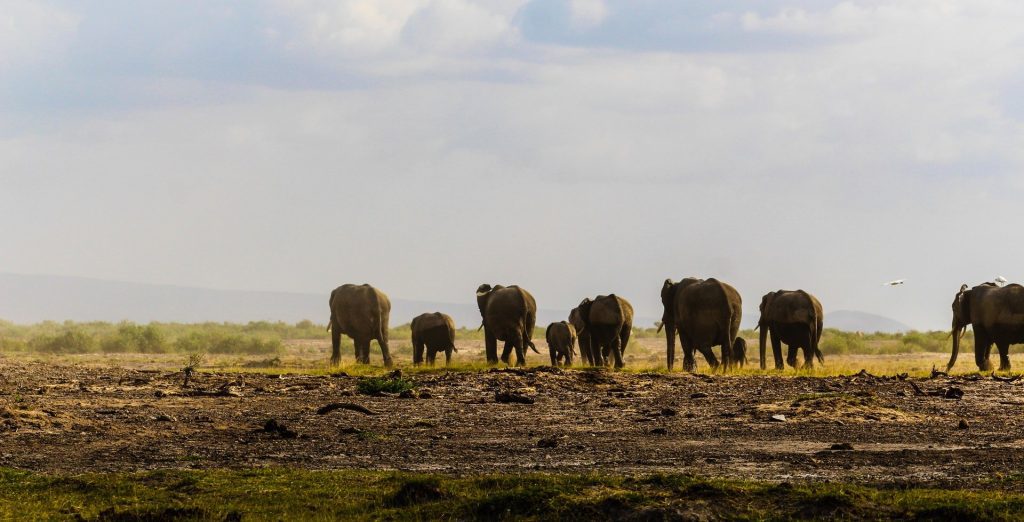
The snow-capped Rwenzori Mountains, located in Uganda, are one of the continent’s tallest mountain range. The Nile, the world’s longest river, flows gently from the world’s second-largest freshwater lake (Lake Victoria). Mountain gorillas prowl the foggy jungles up the mountain, and the tropical rainforests are home to one of the world’s greatest monkey populations. Kampala, Uganda’s cultural capital and capital, is safer than most places in the region. On top of all of this adoration, Uganda’s ever-expanding range of safari activities has earned it the label of Adrenaline Capital. But how can a budget-conscious traveler visit Uganda? In this post, I’ll try to give budget visitors a good idea of how much they can spend on a Uganda trip.
Visiting Uganda on a Budget
Because Uganda is on the verge of becoming a top tourist attraction , now is the perfect time to visit. In general, the tourism sector is recovering from the Coronavirus pandemic’s travel ban. Uganda is becoming popular enough to compel hotels and safari lodges to meet the region’s high standards, and it has lower lodging rates than other locations in the region. Every traveler, regardless of budget or taste, will find a place to stay in Uganda. But, before you get too enthusiastic about organizing your safari itinerary, here are a few methods to Visiting Uganda on a Budget .
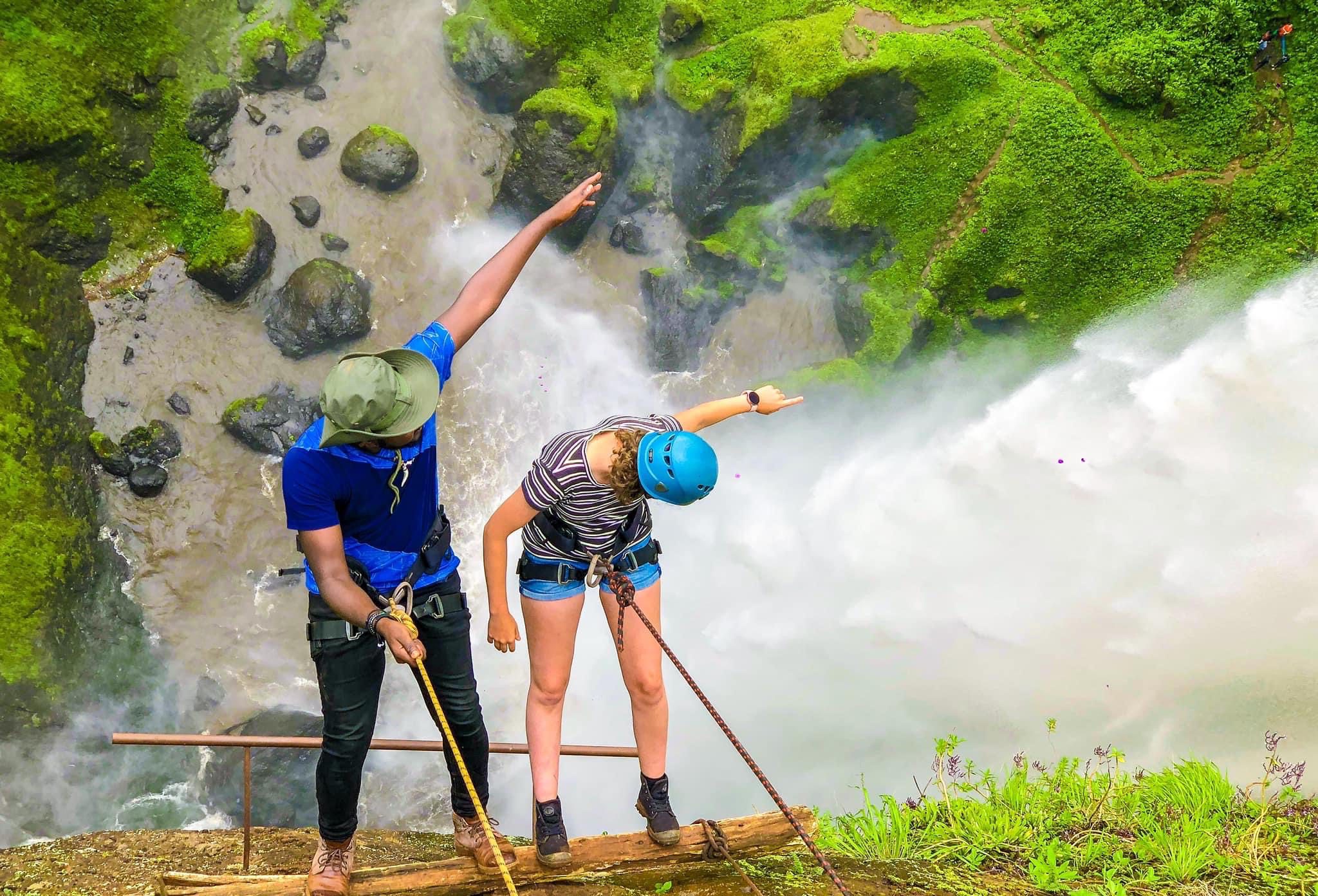
How to Cut Transportation Costs when Visiting Uganda on a Budget
Uganda has a diverse range of transportation options, including indistinct but affordable public transportation and dependable but expensive private transportation. Uganda’s public transportation largely consists of buses and other modes of motorized road transport. And it’s the cheapest way to travel in Uganda on a tight budget. Let’s look at how you can save money on road transportation.
Travel with friends or Family.
As a solo traveler, you foot the bill of fuel, guide and car rental. As a group or family, the cost is divided amongst the different individuals on the safari. For instance, a safari car costs between $50 and 150$ a day. If 4 people are on safari, the cost per person per day will be paying $12.5 per day. This will greatly reduce the cost of your overall safari.
Boda, Boda (Motorbike)
The motorcycle-taxi, also known as a boda-boda, is a popular and inexpensive mode of transportation in Uganda. It was originally a bicycle with heavy panniers used for smuggling items over borders via rural pathways. They are now equipped with pillions and powered by 50 to 200 cc engines, making them a practical mode of suburban transportation and ideal for short side trips when public transportation is scarce. Fares are negotiable and inexpensive, costing less than US$2, or Ush1,000 to 10,000 per trip. Furthermore, two travelers can ride on the same bike as the rider and get away with it. When you see a family riding the same bike, it’s a sight to behold. If you rely on public transportation in Uganda, you will almost certainly utilize a boda-boda at some point. However, before you board, you should be informed of the city’s dismal safety reputation. Boda-boda riders are almost always deficient in official training and road safety awareness, which is usually urged.
As a result, the disorderly character of Ugandan Boda Boda transportation has recently caught the attention of the tech world. Ride-hailing services or ride-sharing applications are the new method to get around cities, and if you’re a big fan of Uber, you’ll be able to use it in Kampala on Boda Bodas as well. This is a considerably superior option to simply hailing a bike on the street late at night. Taxify, SafeBoda, and UberBoda are examples of popular Boda Boda smartphone applications that are acceptable in Uganda. The cost is the same as for street-hailed motorcycles.
Minibus-taxis

Minibus taxis, along with Boda Bodas, are the cheapest mode of transportation in Uganda if you are Visiting Uganda on a Budget. In addition to buses, most main road transit routes in Uganda are served by a steady stream of white minibuses that leave when they are full – every ten to thirty minutes on busy routes. They are by far the quickest method to travel on a budget in Uganda. When traveling large distances, fares are slightly higher than for buses, but substantially lower when traveling within the same region, city, or town. A minibus taxi will drive you 38 kilometers (23 miles) from Entebbe to Kampala for a dollar or less.
And, because it’s common on most routes to pay just before arrival rather than on departure, there’s minimal chance of getting overcharged if you glance about and observe what other passengers are paying. Minibuses are known as taxis in Uganda (though we’ve dubbed them minibus-taxis to avoid confusion with special rental taxis) and matatus in Kenya, which Ugandans understand but do not use. In most regions of Uganda, a regulation requiring a maximum of three people per row is strictly enforced, making minibus riding significantly more comfortable than in the remainder of African countries, where four bums per row are standard. By legislation, all minibus taxis must now have a unique blue-and-white band across the middle, with a taxi light sign on top, while special hire cars must have a black-and-white band.
Special Hire Taxis
A modern city inhabitant would be familiar with special hire taxis. A special rental car is one that you hire privately to take you somewhere. Urban taxis, also known as special hires in Uganda, are normally painted yellow, around the middle (Entebbe airport taxis), or with a taxi cab light on top. Taxis are more expensive than other modes of transportation, but they are significantly more secure to travel with provided you organize a particular hire vehicle and haggle hard. Alternatively, you might use one of those taxi-hailing applications that charge you based on the distance traveled. They are far less expensive than customized hires and are available in Kampala, Entebbe, and other important towns. Uber and Taxify outperform the competition; download from the Apple or Google app stores.
Shared Taxis:
If you’re in a remote Ugandan town, shared taxis are the most cost-effective mode of transportation if you are Visiting Uganda on a Budget. They are typically four to six seat light saloon automobiles. They drive into their own territory on routes with inadequate human traffic for minibuses. For example, when traveling between Katunguru and Mweya in Queen Elizabeth National Park or Kisoro and Buhoma in Bwindi Impenetrable Forest National Park.
They are usually packed and slow compared to minibuses, and they run on routes where no other public transportation is available. Fares are reasonable, given that it may be your only alternative from where you are. However, they are frequently exaggerated. Drivers frequently overcharge tourists, so set the price ahead of time and bargain hard.
Coach and bus services serve all main routes and, all things considered, are undoubtedly Uganda’s safest mode of public road transportation. Large modern buses often go at 100km/h or faster on all highway routes, allowing them to travel between the capital and any of the major urban areas in western Uganda in less than five hours for less than US$10.The picks of the lot include Gaa Gaa Buses (North and West Nile) and Elgon Flyer, YY Coaches to the East, and Easy Coaches, modern cost and Mash Poa to Kenya). Horizon & Swift Safaris (southwest Uganda), Kalita (Fort Portal), and Post Bus are the best of the others (Gulu). Link operates buses appear to be well-maintained and are capable of frightening speeds. The Post Office’s Post Bus service is regarded as the best in the country due to its twice-daily departures, on-time arrivals, and properly maintained fleet.
The better services have somewhat fixed departure schedules, with one or more coaches leaving every hour or so from around 07.00 to mid-afternoon between Kampala and places like Mbale, Mbarara, Kabale, Kasese, Fort Portal, and Masindi.
Self drive safaris are increasing in popularity and are one of the ways to minimize on your Safari cost. Car rental in Uganda ranges from $40-100$ a day. With this, you will cut down on the costs of hiring a guide. Better yet, you can rent a roof tent which will eliminate the cost of accommodation. Laba Africa has a wide selection of safari vehicles ranging from small SUVs to 4×4 land cruisers. These rental cars can include camping equipment and cooking utensils cutting down the costs of buying food and accommodation.
Other modes of transportation when Visiting Uganda on a Budget
When Visiting Uganda on a Budget, private car hire , is not always a low-cost alternative. If you’re looking to save money on transportation, you’ve come to the wrong blog. In Uganda, gasoline alone is fairly expensive, and automobile rental businesses demand outrageous daily rates. You’ll pay between $40 and $150 every day, depending on the model of car, plus you’ll have to empty the gas tank yourself and pay national park car entry fees on top of that.
How to Save Money on Uganda Accommodation when Visiting Uganda on a Budget
Budget travel in Uganda has never been easier. Uganda has expanded tremendously in recent years, and no matter where you go or how much money you have, you’ll have no trouble finding excellent holiday accommodations. Most towns have a good selection of mid-priced and low-cost hotels, and even the smallest settlements usually have somewhere to stay for a couple of dollars. Tourists in Uganda have not always had such a diverse range of options.

Be aware, too, that Ugandan use of the phrases single, double, and twin differs from Western norms. Rather than simply requesting a double room, couples may want to inquire about the size of the bed in a single room. Several hotels now provide larger beds in which two guests can sleep for the price of one. When such establishments offer bed and breakfast, breakfast is normally served to only one guest. Some double rooms, which are furnished with a double and a single bed, allow for triple occupancy.
How to Avoid Expensive Lodging when Visiting Uganda on a Budget
In Uganda, lodging is classified as Luxury, midrange, budget, shoestring, or camping, with camping being the most affordable. The upmarket or luxury category includes all hotels, lodges, and resorts that cater largely to international leisure or business travelers and are likely to be rated three to four stars globally. Most hotels in this category provide smart, modern accommodations with en-suite bathrooms, mosquito nets, air conditioning or fans, and digital satellite television (DSTV) in all rooms in cities. A premium room costs more than $300, and in certain cases, more than $1,000.
However, if you want to vacation in Uganda on a budget, this information will help you avoid the premium accommodation category.
The intermediate category is your next option if you have a slimmer pocketbook. Essentially, it encompasses those lodging facilities that, for one reason or another, cannot genuinely be defined as a luxury but are also too pricey or of a sufficiently good grade to be labeled budget lodgings . They are respectable lodges in well-known tourist regions that charge far lower rates than their premium counterparts while remaining clearly a grade or two above the budget category. Lodges in this price category often provide comfortable lodging in self-contained rooms with hot water, a cooling fan, and maybe DSTV, as well as a quality restaurant and a high proportion of English-speaking personnel.
Most midrange hotels charge between $100 to $300 for a double room with breakfast, however, others are somewhat more or less expensive.
Budget Accommodation in Uganda for Travelers
If you want to save money on housing and travel in Uganda on a budget, we still need to find you a place to stay. The hotels in this category are often focused primarily at the local market and do not meet international standards. Nonetheless, they will normally be relatively clean and pleasant, a big step up from the basic guesthouses that are common in most cities. This category of hotels and safari lodges will typically include a respectable restaurant, English-speaking personnel, comfortable rooms with en-suite facilities, running cold or maybe hot water, a cooling fan, and good mosquito net.
Shoestring Accommodation:
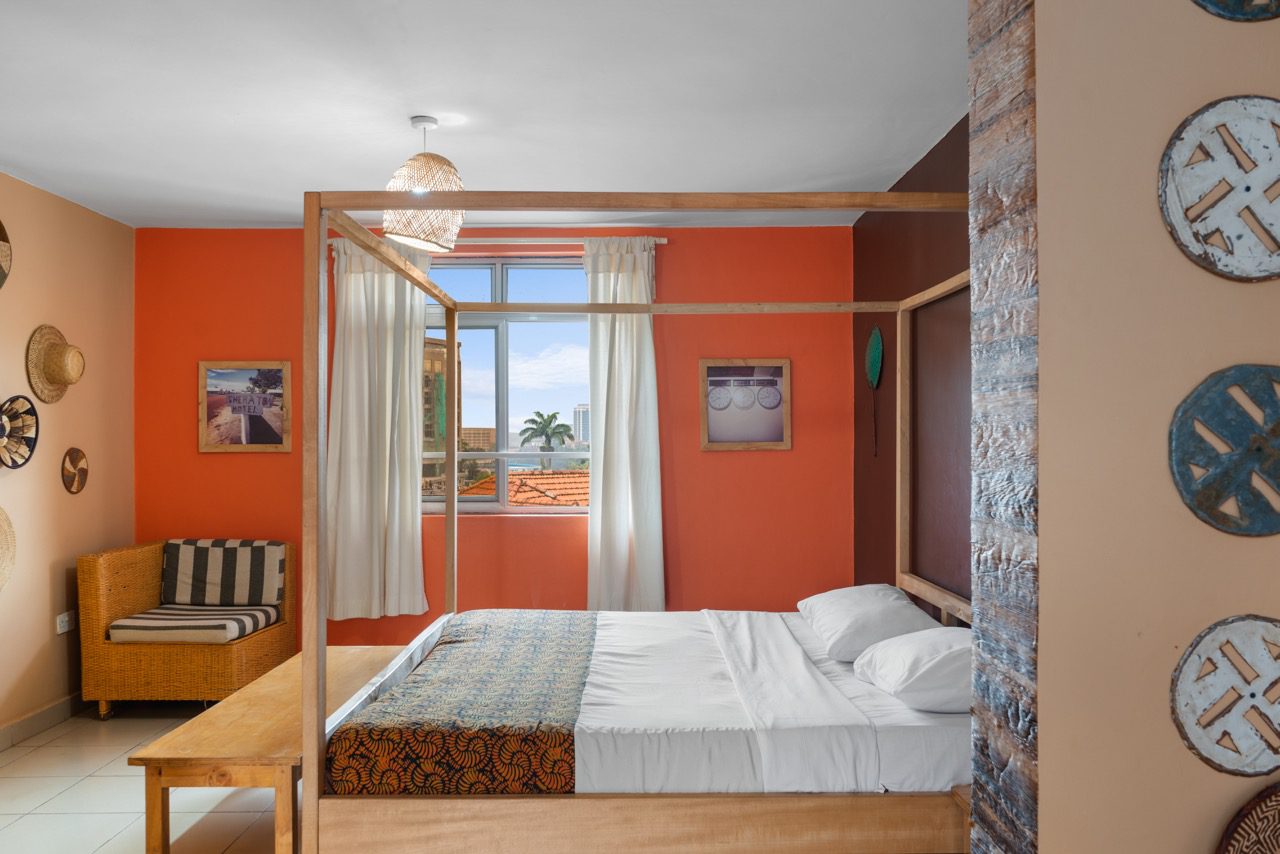
This category is dominated by small local guesthouses, which are common in most towns and serve virtually entirely to residents. Some, like Red Chill in Murchison falls national park and Backpackers in Entebbe, cater solely to backpackers. Exclusive local ones often have 10 cell-like rooms arranged in three walls around a main courtyard, with a waiting area or restaurant in the front. Guesthouse standards vary significantly more than their prices, both within and between towns. While backpacker hostels still exist, their lodging options have expanded much beyond cheap dorm beds, which are generally more correctly classed as budget.
This category may have a significantly greater number of modest guesthouses crowded together near the bus station or market, with little to pick between them. If you’re looking for a place to stay, I’ve found that guest homes owned by women or with a significant female presence are often cleaner and more welcoming than those run by men. Because maintenance standards are minimal, the new guesthouse will be the cleanest and brightest.
A twin room on the cheap normally costs around US$10-50, with some establishments charging a little more. In most cases, common bathrooms and toilets are offered rather than en-suite facilities, and breakfast is either not included or is very small. Housing fees for UWA-operated units range from $5 to $15 per person, depending on the level of accommodation and whether they are sharing. This is the category to look at if you want the cheapest available lodging in Uganda, regardless of quality. However, it frequently includes absolutely pleasant hotels that are also inexpensive.
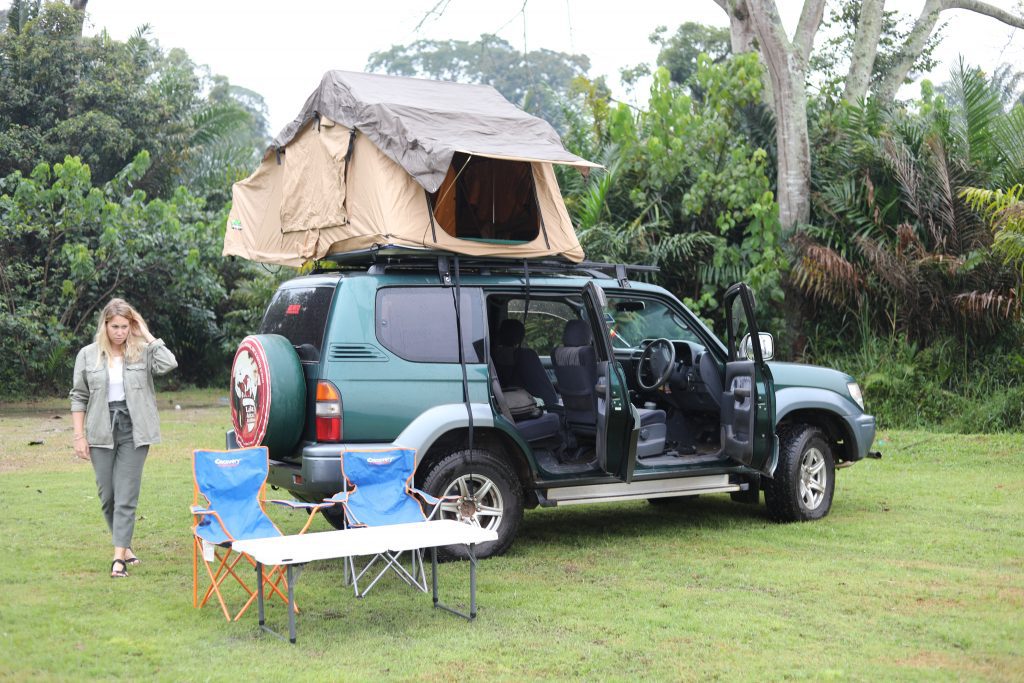
In recent years, the number of organized campsites has increased dramatically, and there are currently very few established tourist centers where you can’t pitch a tent in a guarded site with adequate facilities. Camping costs about $5 per person per night in most places, and $10 in national parks. Tents at UWA cost between $20 and $30.
Hiring a car with a roof tent
Hiring a car with a roof tent is one of the optimal ways of cutting down on the cost of your Uganda safari. Not only does this option cut out the cost of a hiring a safari guide, it comes with a roof top tent for accommodation. We have 2 person tents and family tent that sleeps up to 4. These tents are comfortable and comes with sleeping bags, camping chairs, tables with options of cooking utensils. You will have the flexibility to tailor your itinerary to your preference, spending more time in your areas of interests.
Saving Money on Food and Drinks
You can eat cheaply practically everywhere in Uganda if you are not picky and don’t mind a lack of variety. In most towns, numerous local restaurants serve uninspiring but full meals for less than US$2. Local cuisine is typically composed of pork or chicken stew served with one of four staples: rice, chapati, matooke, and ugali (posho)—a starchy flatbread eaten throughout Sub-Saharan Africa. Matoke is a boiling or mushy mound of cooked green bananas that is a staple food in many parts of Uganda.
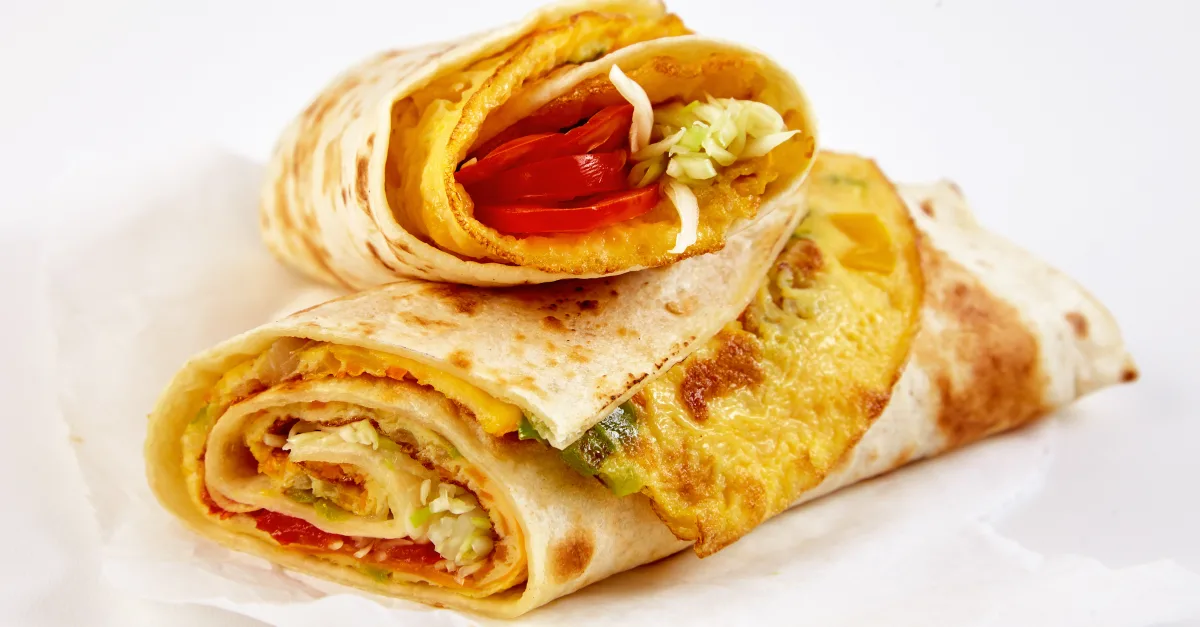
Groundnut sauce is another Ugandan specialty. Mandazi, the local version of doughnuts, are delicious when they are freshly prepared but less so after a day. Mandazi is available in hotels and stores. Food vendors near markets and bus stations are frequently inexpensive. Although it is inexpensive, the appeal of such a fare quickly fades for most travelers. The Rolex lunch is a popular street offering. This is simply a freshly cooked chapati topped with a fresh omelet, chopped onions, tomatoes, green peppers, and thinly sliced cabbage. The latter are rolled up within the former, thus the name, and placed in a polythene bag.
In many popular ‘local’ nightspots, you’ll find Rolex street merchants armed with metal hot plates, a charcoal grill, and a chopping board. Rolexes are undoubtedly a firm favorite among travelers, gap-year students, and volunteers since it’s exactly the type of street food your mother cautioned you against eating in Africa Expect to pay between 60 cents and a dollar. For around US$5-10, you’ll usually find a couple of finer restaurants (often attached to expensive or midrange hotels) serving Western or Indian cuisine. There is far more choice in Kampala and Entebbe, where you may eat pretty well for US$10 per person. Good park lodges typically serve high-quality food.
Vegetarians are frequently underserved in Uganda safari hotels (the exception being up-market or Indian restaurants). People on guided trips should make sure that the safari operator is aware of this or any other dietary restrictions in advance. It’s worth noting that Swahili names for various items are extensively used in Uganda, so brushing up on your Swahili or Luganda may come in handy.
Making food for oneself
Making your own meals using goods acquired at markets and supermarkets is an alternative to eating out. The variety of items available varies by season and location, but in most of the big cities, you can count on finding a store that sells frozen meat, a few canned products, biscuits, pasta, rice, and chocolate bars. Vegetables and fruits are best purchased at markets, where they are quite inexpensive. Most towns sell potatoes, bananas, onions, tomatoes, sugarcane, paw-paws, avocados, mangoes, coconuts, oranges, and pineapples. If you have specific needs, you should buy in Kampala, where large international supermarkets such as Shoprite and Game have a greater assortment of goods. Quality supermarkets, for example, offer a wide range of international options.
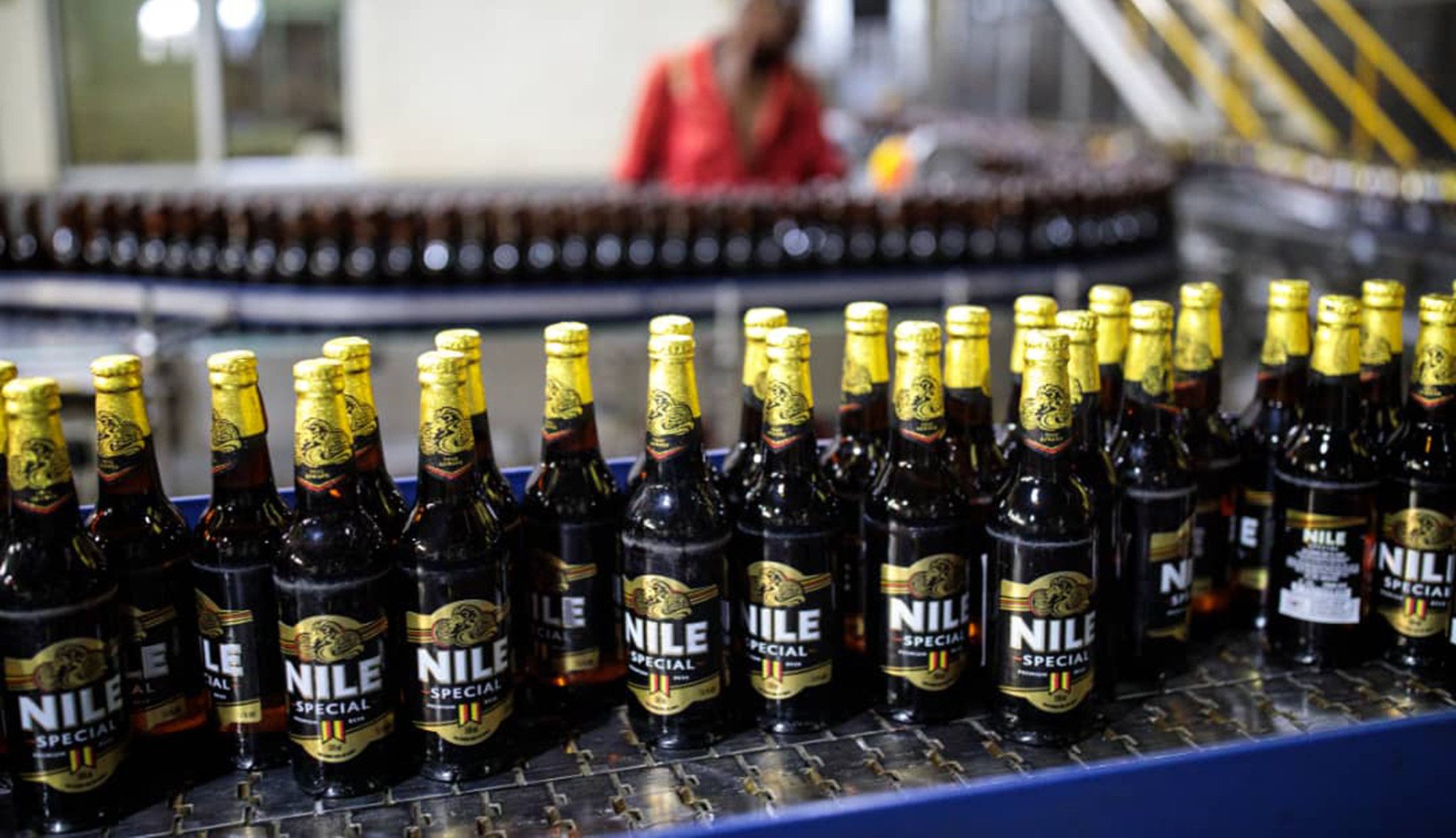
Hot Beverages:
The most popular hot beverage in the region is chai, a flavored sweet tea made by boiling all of the ingredients together in a saucepan. Chai is frequently seasoned with spices such as ginger and cinnamon leaves in some sections of the country. African tea, which is whole milk boiled with tea and flavored with ginger, is another popular hot beverage. An excellent cup of tea with cream costs 60 cents or less. Coffee is one of Uganda’s most important economic crops. Even so, you’ll be unlikely to find a Ugandan in a budget hotel who knows how to make a great cup of coffee – except in luxury hotels and fine restaurants, it will nearly always taste insipid and watery.
The principal alcoholic beverage is lager beer, which is produced by two major manufacturers, Nile Breweries and the pioneer Uganda Breweries. All local beers are sold in 500ml bottles for $1 in local bars and up to $3 in some upscale hotels. The most popular beer among travelers is definitely Nile Special, though some prefer the milder Bell. If you’re looking to get drunk, consider Eagle Extra, which has a 6.5% alcohol content. Kenya Tusker and Congo Primus, two of Africa’s most palatable lagers, were once only available in towns close to their respective borders but are now widely available throughout the country. If you’ve never gone to Africa, you should try the local millet beer (Marwa). It’s not horrible, but for most people, once is plenty.
Most tourist-class hotels and bars, as well as many supermarkets, sell a selection of superior plonk-quality South African wines for around US$10-20 per bottle — outrageous to South Africans who know the same wine would cost 20% less in a supermarket at home, but not unrealistic in international terms.
Bond 7 Whisky and Uganda Waragi, a local gin, may be purchased for very little money in various bottle sizes or 60ml sachets – ideal for hiking in isolated places or taking with you to fancy hotels for a budget nightcap in your room.
Choosing the best safari activities within your budget
Visiting Uganda on a Budget is going swimmingly until you decide on adventures and things to do on your Uganda vacation. Your budget will be determined by the safari activities available in Uganda. One of the two primate adventures in the rainforest rainforests that are most popular is gorilla trekking in Bwindi Impenetrable Forest and Mgahinga gorilla national parks or chimpanzee trekking in Kibale, Murchison Falls and Queen Elizabeth national parks.
Gorillas Trekking ($700)
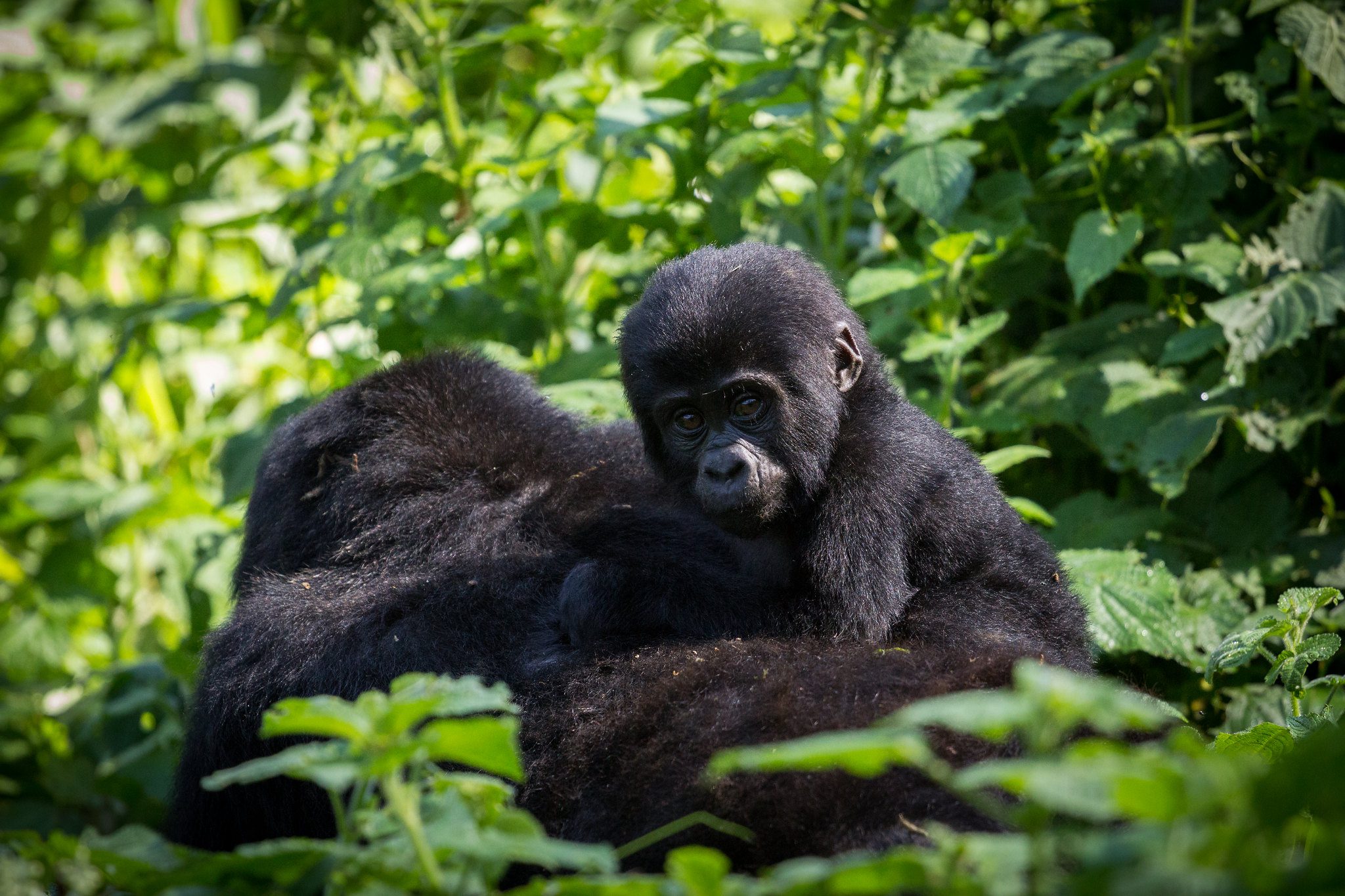
Seeing the mountain’s gentle big gorillas is unmissable, but permits are expensive. For US$700 per person, you’ll be taken into the bush by two armed rangers, a tracker guide, and other trekkers to the location where a gorilla family was last spotted. You’ll only be permitted 60 minutes in their presence with your facemask, gloves, and a 10-meter distance unless you choose the longer Gorilla habituation session that permits you 4 hours for a whopping US$1,500.
The average cost of a foreigner’s gorilla trekking tour.
Even if you cannot afford to go gorilla trekking, Bwindi is a rewarding park to visit simply to enjoy the lush virgin rainforest. The Uganda Wildlife Authority (UWA) runs several 3- to 4-hour walks through the Impenetrable Forest around Buhoma. The hikes commence at 9:00 and 12:00 p.m. and cost $30 per person
Chimpanzee Trekking ($50 and $200)

Chimpanzee trekking in Kibale forest , is the ideal option to gorilla trekking because it is less expensive and simpler to reach than Bwindi. A Kibale chimp permit costs US$200, although you can trek the bigger apes for less in other parts of Uganda. Kyambura (Chambura) Gorge, located in the eastern portion of Queen Elizabeth National Park, is a lovely green scar snaking through the savanna, a little Eden teeming with chimps and other monkeys. A chimp permit costs $50 here, but $30 in Kalinzu Forest.
Other typical safari experiences
You might not want to go on an adventure with primates. However, there are other possibilities that you can spread out over the course of your Uganda safari trip. Jinja, the famous source of the Nile River, is located in the east. Along the Nile corridor north of town, a variety of adventure sports are available. Activities like whitewater rafting, quad biking, kayaking, and bungee jumping draw a continuous stream of young and young-at-heart travelers. A guided whitewater rafting experience could cost US$140
If a rush of adrenaline isn’t your thing, try alternative low-cost activities in the savannah parks or a self-guided trek in the hilly areas, relax by the crater lake in western Uganda, go on a birding trip, or travel with a purpose and sign up as a volunteer.
How else can you travel in Uganda on a budget?
We’ve covered the most frequent areas for lowering the cost of travel in Uganda, but there’s more;
Venture off the beaten path.
Get off the main path and discover raw, unadulterated untamed locations where most tourist cars will not go. Sipi Falls, near Mount Elgon, is a must-see. Rarely seen waterfalls, almost-deserted islands, deep woods, and coffee and tea plantations beautify Uganda’s natural beauty and are an excellent choice for a budget vacation in Uganda. The volcanic lakes that dot western Uganda’s mountainous terrain (particularly around Fort Portal and Kasese) provide breathtaking views. Lake Bunyonyi, on the way to Bwindi, will undoubtedly immerse you in nature’s unique ambiance. The Bunyonyi region has been dubbed “the Switzerland of Africa,” and it is a popular birding destination in Uganda.
Kilembe hamlet in Kasese, nestled at the edge of Rwenzori Mountains National Park , is a popular starting place for dedicated hikers who spend up to a week in the National Park marveling at its biodiversity. This mountain range was known as The Mountains of the Moon by Ptolemy and other antiquity historians, and it IS the glacial source of the Nile.
Those of you who do not want to go into the Heart of Darkness or do not have a few hundred dollars to spare can spend a few days in the village and invest your money in community tourism. A community handbook can be purchased for less than $20.
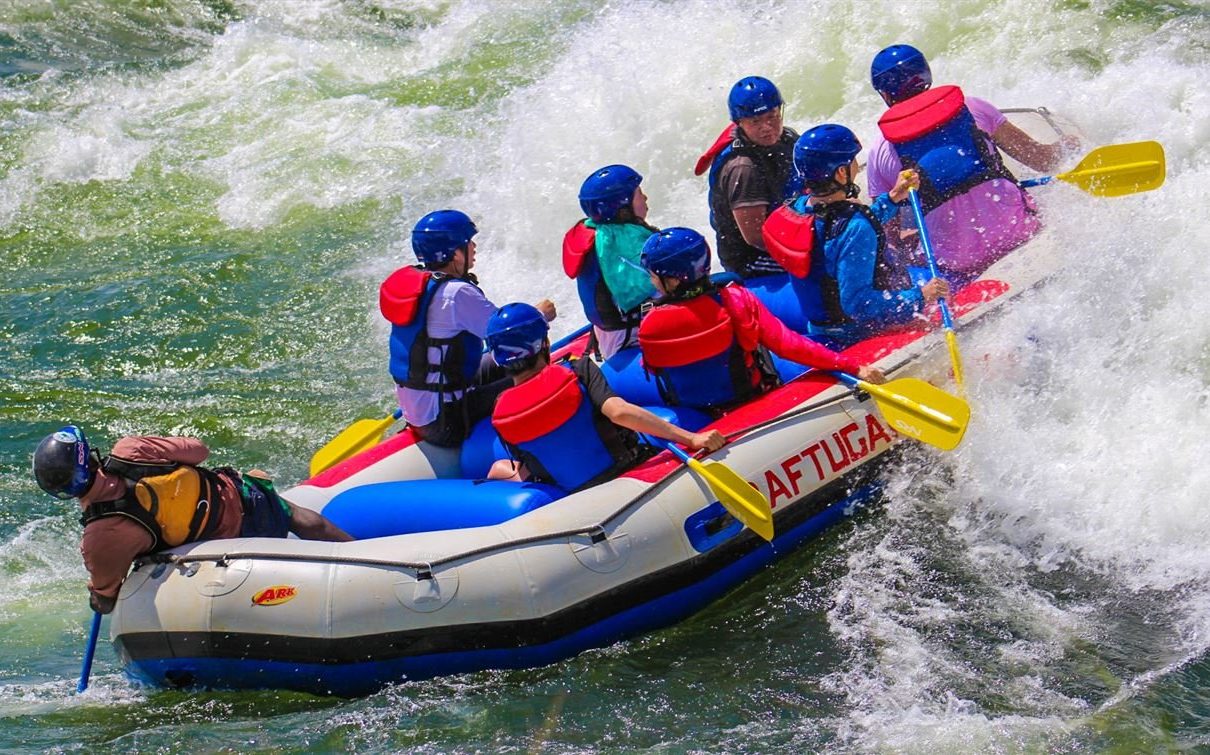
Traveling during the rainy season
The ideal time to visit Uganda on a budget is during the low season. The wet season in Uganda is the low season. Because there is less travel traffic, hotels, camps, and resorts are charging lower rates. If you don’t mind a daily deluge and want to travel on a budget, this is the greatest time to visit Uganda. The off-season runs from March to May and September to November.
This is the time of year when the savannah plains and the entire country are clothed in green, and photography is at its best, especially when the sun shines in the afternoons.
Although wildlife in the savannah reserves is more difficult to spot during the Wet season due to high vegetation and animals dispersed across the plain, you’ll still see plenty of newborns and experience gut-wrenching thrills as ravenous predators battle with watchful mothers or snatch the helpless young.
Featured In

To many, an African safari is a once in a lifetime experience. Thats why we strive to me it remarkable
- Kampala Office
- Plot 2/4 Naguru Suwara Close
- P.O BOX 28320
- Nairobi Office
- View Park Towers, Utali Lane 14th Floor
- Nairobi Kenya
OUR DESTINATIONS
- South Sudan
OUR SERVICES
- Tailored Wildlife Safaris
- Gorilla Safaris
- Chimpanzee safaris
- Self Drive Safaris
©Laba Africa Expeditions 2024
Terms and Conditions
Your African Safari is a once in a lifetime experience, thats why we strive to make it perfect.
- 2477 Briercliff Road, New York 10001
- +1 212-203-7540
Join The club
Get updates on special events and receive your first drink on us!
Proceed Booking
Already a member.
Username or E-mail
Forget Password?
Don't have an account? Create one.

Typically replies within a day
Moyer Memoirs
Empty-Nest Travel Adventures
Uganda Travel Tips: What to know before planning a trip to Uganda
DISCLOSURE: I may link to relevant products, companies or helpful info which may be affiliate links, meaning I may earn a small commission. As an Amazon Associate & other affiliates, I earn from qualifying purchases at no extra charge to you. The views & opinions are my own. Please see the disclaimer and privacy policy .
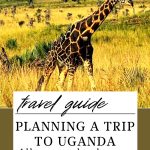
Last Updated on May 2, 2024
What you should know before taking a trip to Uganda
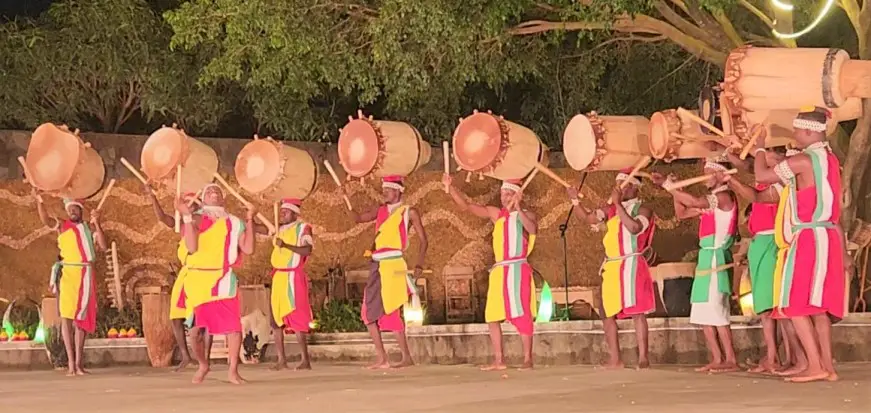
Are you planning a trip to Uganda?
Use this guide and all the Uganda Travel Tips to help plan your Uganda Safari Trip, including the pre- and post- safari extensions. This travel guide to Uganda will tell you what you need to know when planning a trip to the Pearl of Africa. It is colorful and rich in culture. You will have the vacation of a lifetime on your bucket list trip to Uganda.
Our trip to Uganda was full of fun activities, amazing animal sightings, culture, and transformative vacation experiences. Use these Uganda Tips, including the best vacation places in Uganda , so that you can plan ahead, know what to expect, and have the best trip to Uganda ever!
In fact, Uganda is home to one of the best places to see elephants in Africa ! Mark the Uganda national parks for some of the best wildlife sightings ever!
I can’t begin to tell you everything there is to know about Uganda since there is so much to say. I was only a tourist there, traveling through the country. I can only tell you what it was like to be a guest in the beautiful nation of Uganda. These are all of my impressions, right or wrong.
These are my feelings as I experienced the Pearl of Africa.
WHAT YOU NEED TO KNOW BEFORE TRAVELING TO UGANDA
Take a look at this list of Uganda Travel Tips and jump to the section that you need.
Meeting the locals in Uganda
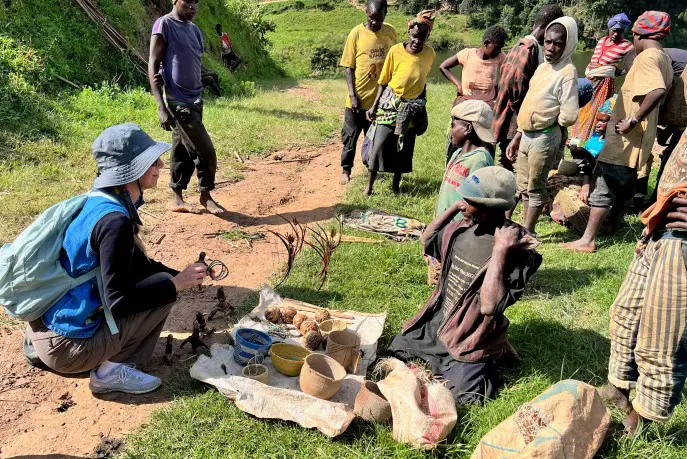
Society & Language in Uganda
Everyone we met in Uganda was friendly and helpful.
There are almost 40 languages in the multilingual country of Uganda! The most spoken language is Luganda, originally from the Buganda tribe in the center of Uganda. The official language is English, so usually everyone understands a little English. The only place that we needed Google Translate was in a pharmacy in Entebbe! When we were in the villages, there was usually someone who spoke English that could translate for us.
Some of the phrases are a little different than what is common in the USA. The common greeting that we encountered was “ All is good ?” Yes, everything was always good when traveling in Uganda!!
NOTE: Ugandans talk softly, so pay attention so that the background noise doesn’t drown out their friendly greetings and helpful suggestions!
What is Mzungu?
We heard it all the time!
Everywhere I went I heard cries of mzungu . The Ugandans were calling for my attention. Mzungu literally means ‘Wanderer” but is used to refer to a “white tourist.”
My guide explained that it is not an insult, and I did not feel like I was being insulted… after all, I really WAS a White Tourist!
Everyone waves at the safari vehicle passing by. We got a lot of attention. The kids all yell Mzunga, stop what they are doing to wave and run to get a glimpse! Some of them were happy to see the tourists, excited to greet us and receive a wave in return. Mzunga is the word that is used to describe foreigners in Uganda.
When we got further into the country, they were expecting more than a wave. In addition to waving, sometimes they yelled for candy and sometimes they yelled that they wanted money.
Ugandan time
No one is pressed for time in Uganda, no one is in a hurry and they follow Africa time! For example, 2 o’clock is any before dinnertime. The expression of time is not so important and is not very precise. I had an appointment to teach baton twirling at an orphanage in Kampala at 2pm and had to twist my driver’s arm to get him to get me there by 2:30 pm. Yes, I was late! BUT….so was everyone else!!!
Preparing for a trip to Uganda
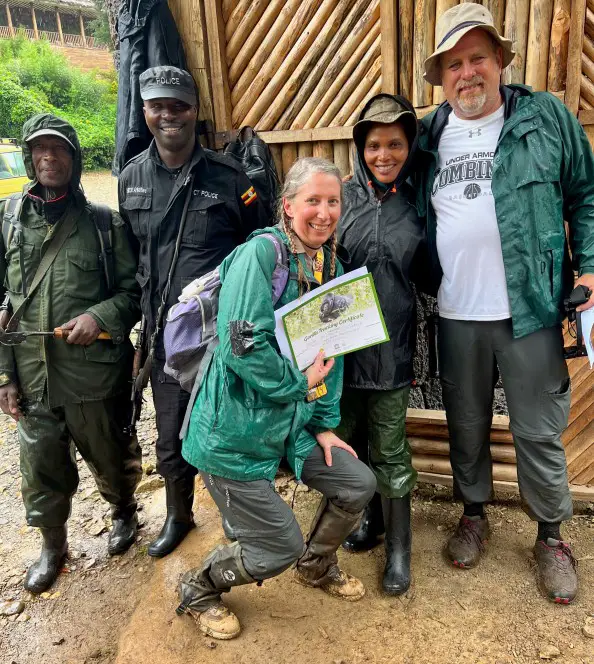
Let me help you plan your trip to UGANDA
Everything will get dirty
First of all, you must be prepared for everything to get dirty. Your shoes will get dirty, your socks will get dirty, and your bags will get dirty. Don’t take anything white because it won’t be white after a trip to Uganda!
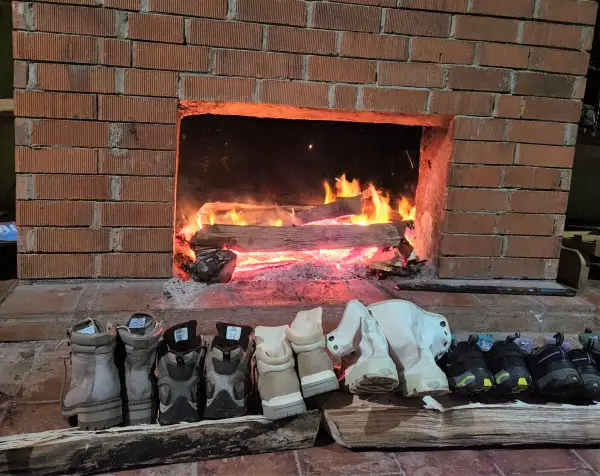
Order some hiking boots! The roads and the hikes are all dirt paths. Your shoes will be layered in dirt. Take them off before you go inside the lodges! Get some good quality hiking boots for any serious trekking that you plan to do in Uganda.
I recommend a lightweight waterproof pair with good tread like my Cestfini hiking boots . They kept my feet dry even during the pouring rain of the gorilla trek for 3 hours! You won’t regret that purchase!

Take tissue and baggies
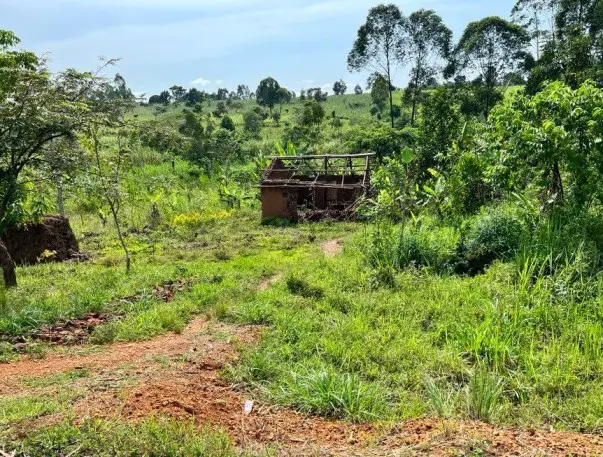
There are no bathroom breaks on road trips. The rest breaks are usually behind a bush and there are no amenities there. You will need to provide your own paper and a way to dispose of it (put it in a baggie for later!) One of the ladies in our group had the great idea to take a whole roll of toilet paper with her in the safari vehicle for everyone to share. It got quite a lot of use!
Facial tissue was not found in any of the lodges. I have a lot of allergies and therefore many a runny nose! I quite missed having facial tissue but did pack a whole bunch of travel packs that I was able to use.
Want to know WHAT TO PACK for a trip to Uganda? Take a look at these helpful packing tips for Uganda that will tell you what you need to bring on this bucket list trip and what you will need for your gorilla trek adventure.
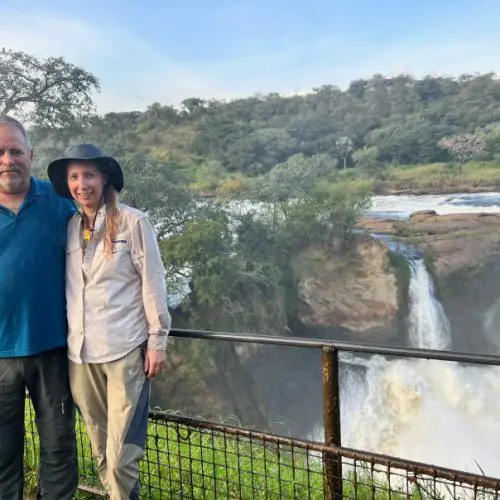
Getting around in Uganda
Many roads need all-terrain vehicles
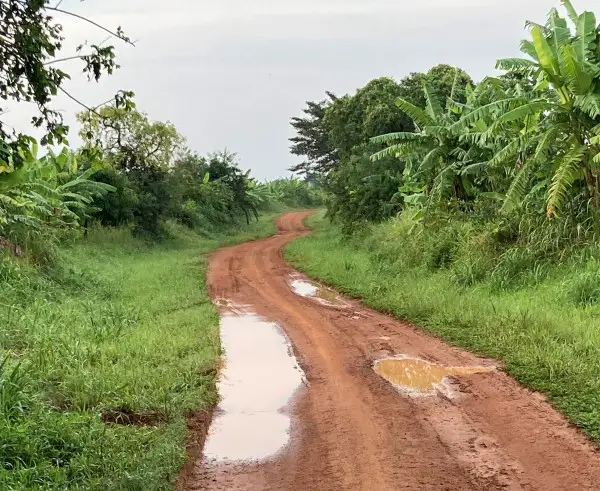
Most of the roads we traveled on were dirt roads and the road condition was B.A.D. They are bumpy with potholes on one side and then huge canyon-like craters on the other side so we rocked back and forth, flinging rocks and dirt behind us as we traveled onward in our 4-wheel drive vehicle.
The dirt roads are even worse during the rain. The mud gets cakes into the tires and traction is difficult. Our safari vehicle got stuck on a muddy climb in Bwindi. The whole town came out to help push us up the hill!!!
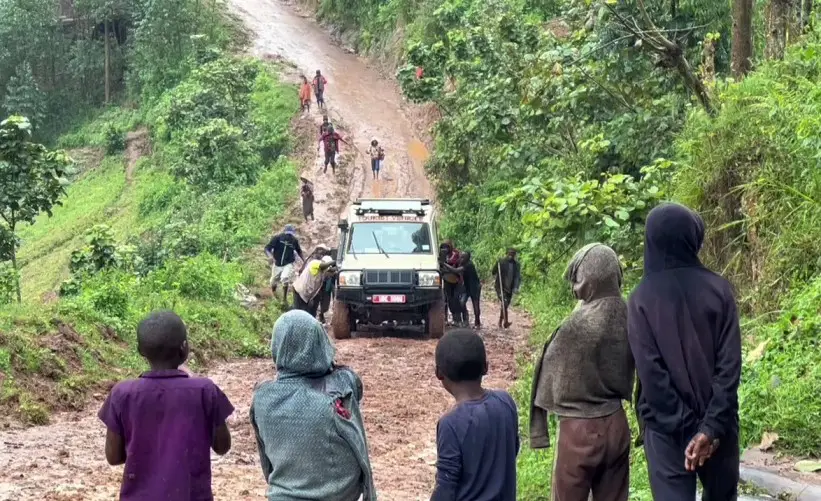
Road conditions on the main highways are not much more comfortable!
When we got to a main road that was paved, there were infinite speed bumps. This controlled the speeders, but in a safari vehicle (and in the back seat) it just added to the bumpity pain of the rocking vehicle as we experienced a short mountain every few minutes.
Walking on the side of the road?
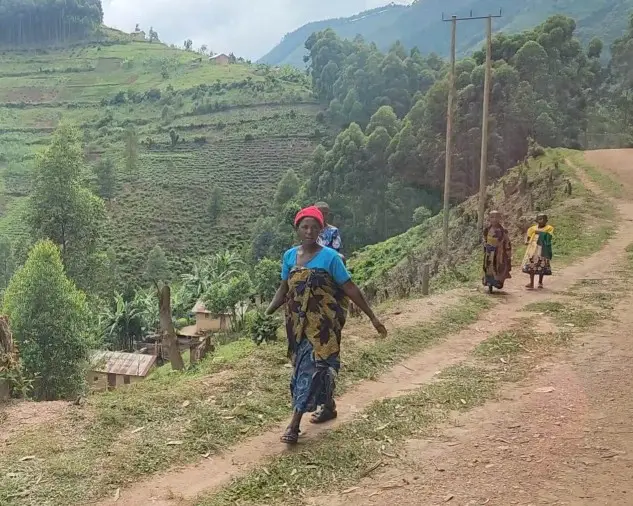
Seems like no one has a car and everyone walks. They are always on the side of the road, carrying water jugs for thirsty families, large sticks for construction, or potatoes for dinner on their heads.
There are no sidewalks, so they are always in the roadway. It often looks dangerous as little kids run on the side of the road with large cars and trucks whizzing by in the countryside!
Well, everyone is walking in the road until you get to Kampala and then it seems like the whole city is in their car on the road and in a traffic jam.
What are the Villages like in Uganda?
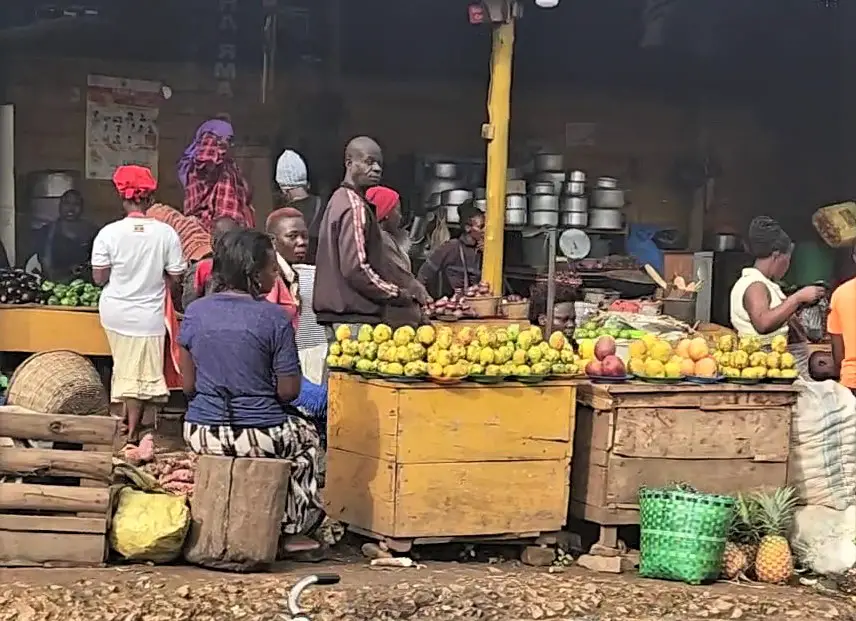
Every town that we drove through in the villages of Uganda had shops lining the streets. People were selling everything from coffee that was drying in the sun on tarps on the grass to bright-colored clothing hanging from the rafters. Locals wandered in and out of the shops, chatting with their friends and filling up their baskets with their daily supply of produce before putting it on their heads and walking back through the streets to their own residences.
Out in front of each shop was always a handful of chickens, running this way and that way, and ironically sometimes crossing the road.
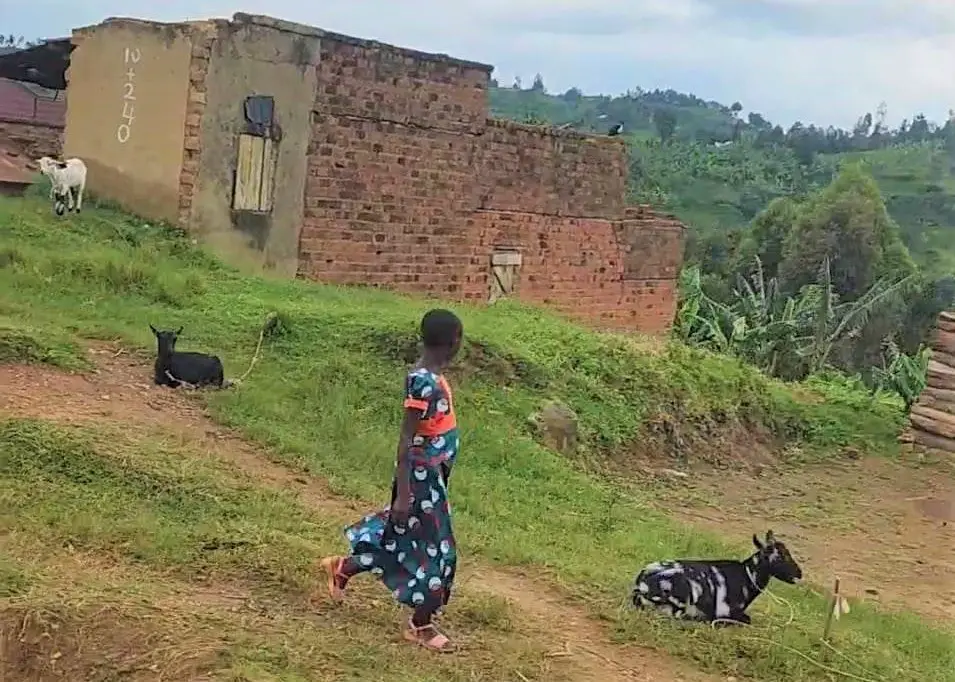
Next to the collection of chickens were goats tethered to the grassy areas. This was the method of yard maintenance. They were the Ugandan lawnmowers and weed killers. They were on long ropes that were rotated through the grassy property. Once they were done with the daily meal, they lounged in the sun and waited to be taken to a new spot for fresh greenery.
The Boda Boda is how to get around in Uganda
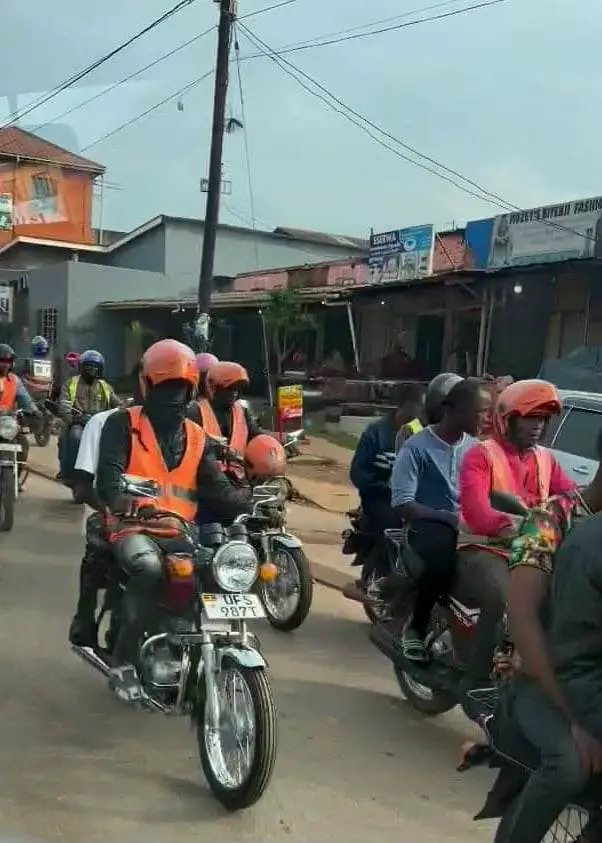
Besides walking along the road, the most popular way to travel in Uganda is a boda boda. They are motorcycles and dirt bikes that have become the Ugandan taxi. They zip around and seem to be everywhere. They have official pick-up sites where numerous boda boda drivers hang out, waiting for their fare. OR, you can flag down a boda driver on the road, just like a taxi, and ask for transport.
They transport locals to their jobs and to their schools. They carry grocery shoppers home from the market with hands, bags, and laps full of vegetables. They carry items that are so large that they are double and triple the length of the boda! They carry multiple people. I think the most we saw on our trip was four people on one boda!
BOOK YOUR OWN BODA TOUR in the city in Uganda

Technology needed for a trip to Uganda
A VPN is needed for access to Facebook . Uganda blocks Facebook, so you need to have a VPN in order to use that social media. We got the cheapest VPN, Surfshark , and it seemed to work everywhere we went …once I figure out how to use it. Mine was still set on USA instead of the fastest available…so didn’t work for half of the trip until I noticed and changed it. Don’t make my rookie mistake!!
Best advice is to research the best VPN for travel to your destination so that you can get the best service!
Get a VPN before your trip to Uganda HERE
A SIM CARD might be needed for international calling .
My cell phone’s international plan is ridiculously expensive. I opted to get a Uganda SIM card. I watched a detailed Youtube and what to get and how to get it and was prepared for a lot of hassle. HOWEVER, while I waited for my bags in the airport, I saw a booth right with a short line. The guy in front of me was looking for a paper clip –which the cell phone lady didn’t have, but I did, so I loaned it to him.
The cell phone lady waited on me, took my passport information, and installed my SIM card in 5 minutes. The only problem was that they didn’t accept credit cards and I didn’t have any change yet. The paper clip man heard my troubles. He came over quickly and paid the cash for me. I think it was a total of $10 USD for the card and the cheapest plan. This was my first exposure to Ugandan hospitality!
Is there good phone service in Uganda? I would say that I had service everywhere we went except while in Bwindi National Forest! I used my Uganda phone everywhere that I didn’t have wifi, barely had a problem getting service, and didn’t run out of data!
Is it safe to drink the WATER In Uganda?

The water in Uganda is not safe for travelers to drink.
Bring a filtered water bottle or a sterilizing pen water purifier . The pen sterilizes water with a UV light rather than a filter.
All the hotels and lodges will provide a bottle of water upon check-in. However, any further water will have to be purchased and it is sold in environment-killing plastic bottles. It is much better if you are able to make your own drinkable water to put into your reusable water bottle.
Our safari vehicle had a large reservoir of clean water to fill our reusable water bottles , but when we forgot to fill them up at the end of our drive, we were lucky to have our filtered water bottle! Make sure your reusable water bottle has a carabiner clip so that it can attach to your backpack for easy access!

Food in Uganda
I am a really picky eater, however, I was able to enjoy all the meals that were served in the lodges. They were all very good!
Something unique in Uganda is that they eat grasshoppers. We saw a lot of vendors in the marketplace preparing grasshopper snacks. The grasshoppers are caught in large metal tins that you see as you drive through the towns.
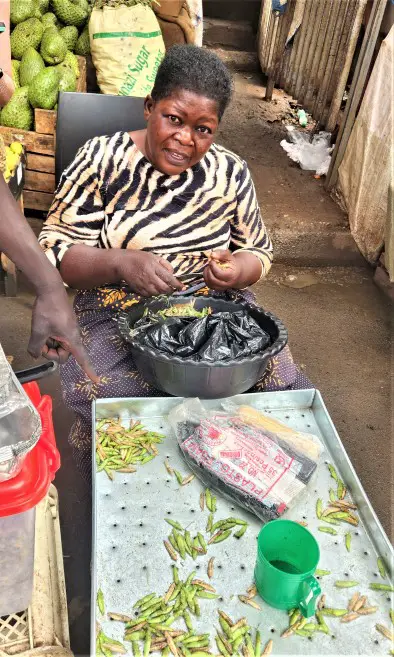
What about the Cops in Uganda?
I can’t generalize that many cops are corrupt in Uganda. I can only say that we were indeed pulled over by a cop. Our driver said that the cop told him that he needed something for his family. Our driver then paid him 10,000 shillings to get his driver’s license back. I was glad that I wasn’t driving!
Documents needed to travel to Uganda
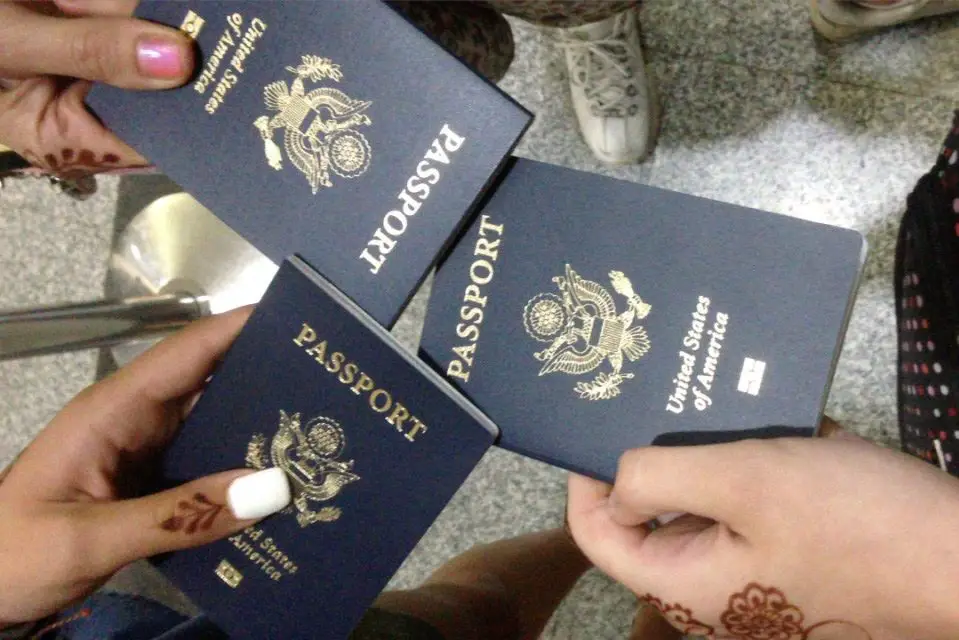
There are two documents that you need to make sure that you have before you travel to Uganda.
- Passport with at least 6 months of validity from the date of entry into the country
- Approved visa
There are two types of tourist visas .
- Uganda visa : $50 USD.
- East African Tourist Visa : $100 USD. It is one document that allows entry into Uganda, Kenya, and Rwanda. It is valid for 90 days, and is the best option if you are planning an extended tour around those 3 East African countries.
Where to get your Uganda Travel visa
Make sure you have all the documents ready to go and that they are formatted correctly. They are picky with the file types and sizes, so reformat and shrink your file to comply with the requirements of 5 – 250 kb for the jpg, png, bmp, or pdf. Several travelers in our party had to resubmit many times before it went through.
- Passport details
- Vaccination Certification: Yellow Fever details – see Vaccination Requirements below
- Passport photo (you can even take this while submitting the application)
- Onward flight details (copy of your flight home)
How long does it take to approve the Uganda Tourist Visa?
If your submission is accepted, it is usually quite fast for approval. Mine came the next day and hubby’s came In 2 days. They say that it can take from 2 – 15 days depending on the workload at the consulate at the time.
Vaccination Requirements for Uganda
I am not a physician or health care worker, so my advice is to check with your own doc for the most accurate immunization requirements for Uganda.
Look at the official Uganda health websites to see the requirements in order to get the proper immunizations and stay protected. Take this information with you to your appointment.
Schedule an appointment at a travel clinic because that is often the only place some of these immunizations are given.
The main vaccination requirement for Uganda is a yellow fever immunization. This is the one that will be uploaded prior to your tourist visa approval and entrance to the country.
Check the Uganda vaccination requirements
Best places to visit in Uganda
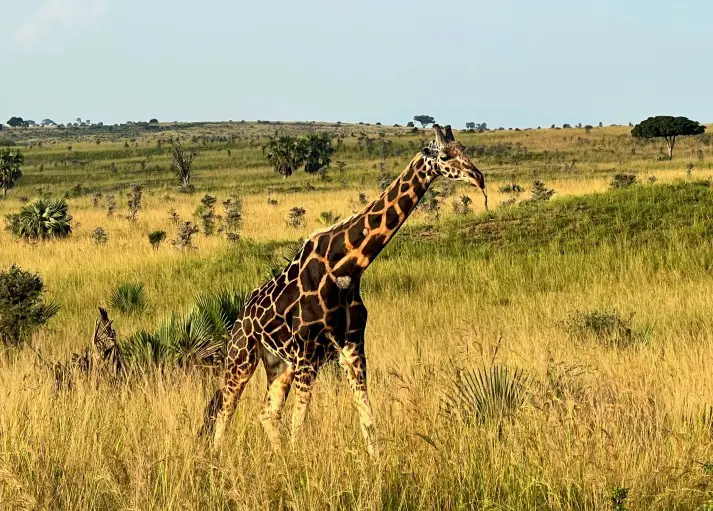
Any trip to Uganda wouldn’t be complete without visiting the big cities like Entebbe, the former capital and Kampala, the current capital . There are many things to do within those cities before and after your bucket list safari trip.
Pre and Post Safari Trip Ideas:
- Kampala City Tour
- Entebbe City Tour
- Jinja Whitewater Rafting the Nile River
Find out what it is like to tour a Slum in Kampala Uganda
Safari Trip Ideas : Best things to do in Uganda
After the cities, make sure to plan a bucket list safari trip throughout Uganda’s National Parks. This will include game drives, boat rides, and of course mountain gorilla and chimpanzee trekking!
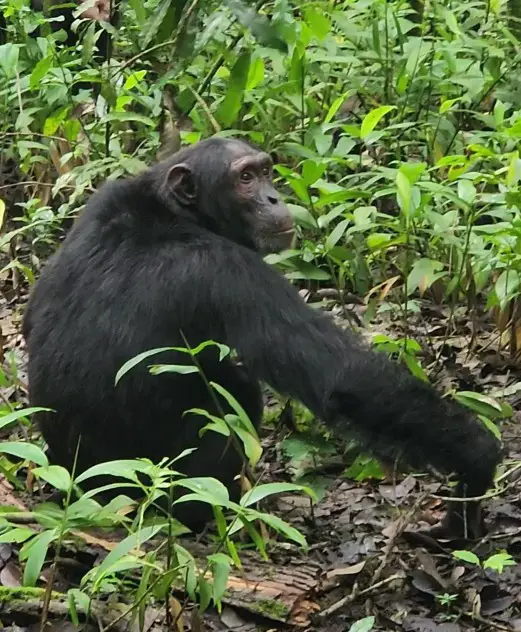
Best vacation places in Uganda: Must-see sites on your Uganda Safari Itinerary
- Murchison National Park
- Kibale National Park
- Queen Elizabeth National Park
- Bwindi Impenetrable Forest
- Ziwi Rhino Sanctuary
- Lake Bunyonyi
Find out what a gorilla trek is like in Uganda?
Don’t want to plan your own safari trip through Uganda’s natural beauty? Sign up for the next group trip to be included in the next safari adventure with gorilla trekking!
What are the prices in Uganda?
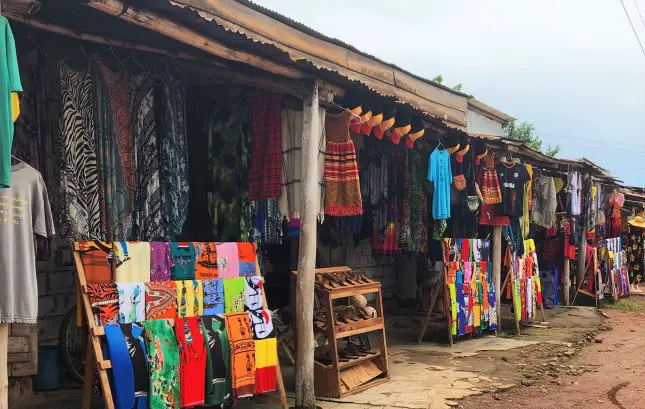
Are things cheap in Uganda?
Yes and no. There is a Mzungu price that is definitely more than the local price. The tourists pay more. Try your hand at bargaining. Bargaining is expected at the markets, so start sharpening your bargaining skills. You still won’t get the same price as the locals, but they will definitely lower their initial offer if you threaten to walk away empty handed.
Souvenirs stands often have the same items in each booth. I ended up purchasing two small gorillas outside of Bwindi for a package deal of 25,000 shillings ($7 USD). My t-shirt was also 25,000 shillings and I bought a sweatshirt at a gift shop at the equator that was $20 USD.
How to convert Uganda Shillings to USD
Is it safe to travel to Uganda?
We felt safe during our trip to Uganda. There were even times when we were without our Uganda travel guide in the cities but we still felt safe. We did stand out as travelers, but the Uganda locals were always friendly with us.
However, you should always take general safety precautions to protect yourself while traveling.
- Don’t walk around at night. Walking around the streets during the daylight is the safest way to travel.
- Be aware of your surroundings. Turn off your phone and put it away. Keep your head up, stay alert, and pay attention to what (and who) is around you.
- Protect your valuables. You shouldn’t be traveling with anything really valuable anyway. Zip up your bags, carry a slash-proof bag, carry your wallet in the front pocket, and connect yourself to your bag with a carabiner.
- Number One Safety Tip – GET TRAVEL INSURANCE!! We have had many things go wrong on our last few vacations and it is nice to know that we are protected. I was able to worry about getting my husband medical care, rather than worry about paying for his flight home!
Find out what went wrong on our Cruise from Puerto Rico!
When to book a trip to Uganda
Are you ready to use all of these Uganda travel tips to plan your bucket list trip to see the gorillas and go on a safari in Uganda? I can help you with that and you can take a stress free vacation vacation of a lifetime. Plan your trip using our expert Uganda guide and let us do the work for you:
Visit Uganda NOW !
Like this post for Travel Tips Uganda? PIN it for later
Related posts:
This is such a comprehensive and informative post – it’s really useful thank you. I appreciate you sharing all of these tips. I’m saving it!
That was informative! I wasn’t aware of the East African combo Visa; good to know about it when visiting the region!
Important Information
- Privacy Policy
- Terms and Conditions
- Website Accessibility Statement
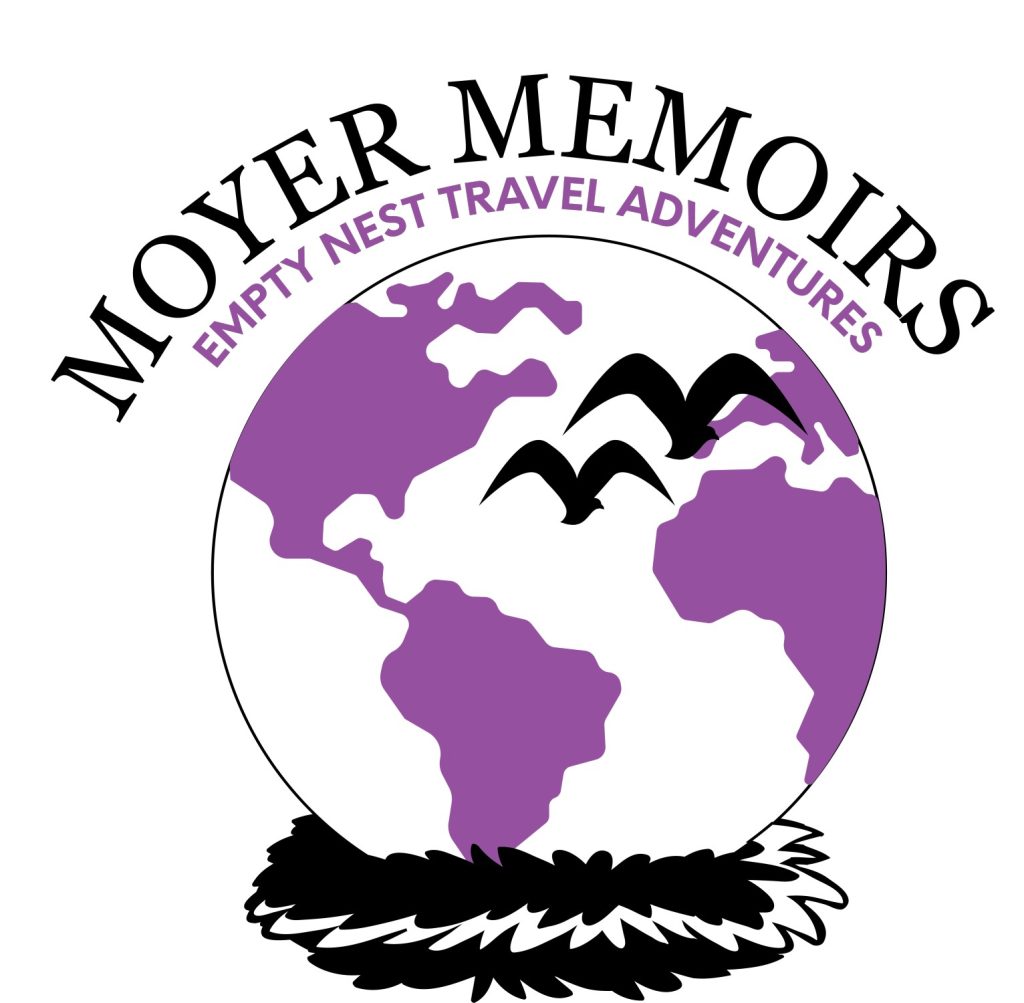
© MoyerMemoirs.com 2024 PO Box 603, Grand River, Ohio 44045 USA
Privacy and Cookie Consent
Privacy overview.

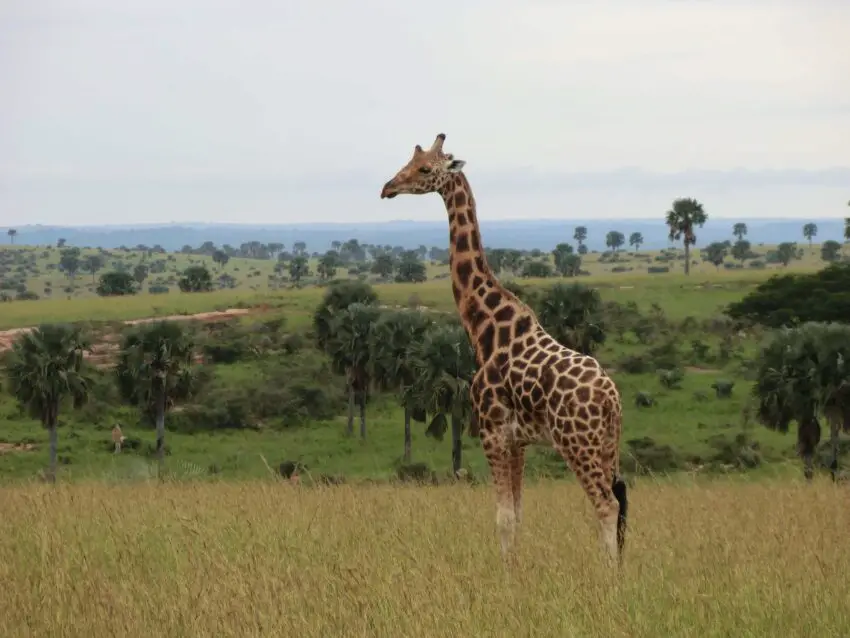
The Ultimate Two Week Uganda Itinerary – Including Hotels for Every Budget
Share this Post:
Known as the Pearl of Africa for a reason, Uganda is a beautiful country chock-full of amazing natural and cultural attractions . It’s also surprisingly affordable when compared to its more famous neighbours to the East (i.e. Kenya and Tanzania).
Especially when it comes to safaris, Uganda is the place to go if you’re on a budget but still want to get familiar with the incredible wildlife of East Africa . Apart from that, we were amazed by its magnificent waterfalls , rich cultural history and very warm and welcoming locals , which all added to the appeal.
Don’t be fooled by Uganda’s seemingly small size, though. While it may look tiny on a map, squeezed in between the DR Congo and Kenya as it is, there’s still a lot to see in the country. As a matter of fact, we spent almost five weeks here, but for those who don’t have that amount of time, I’ve condensed the highlights into a well-rounded 14-day itinerary.
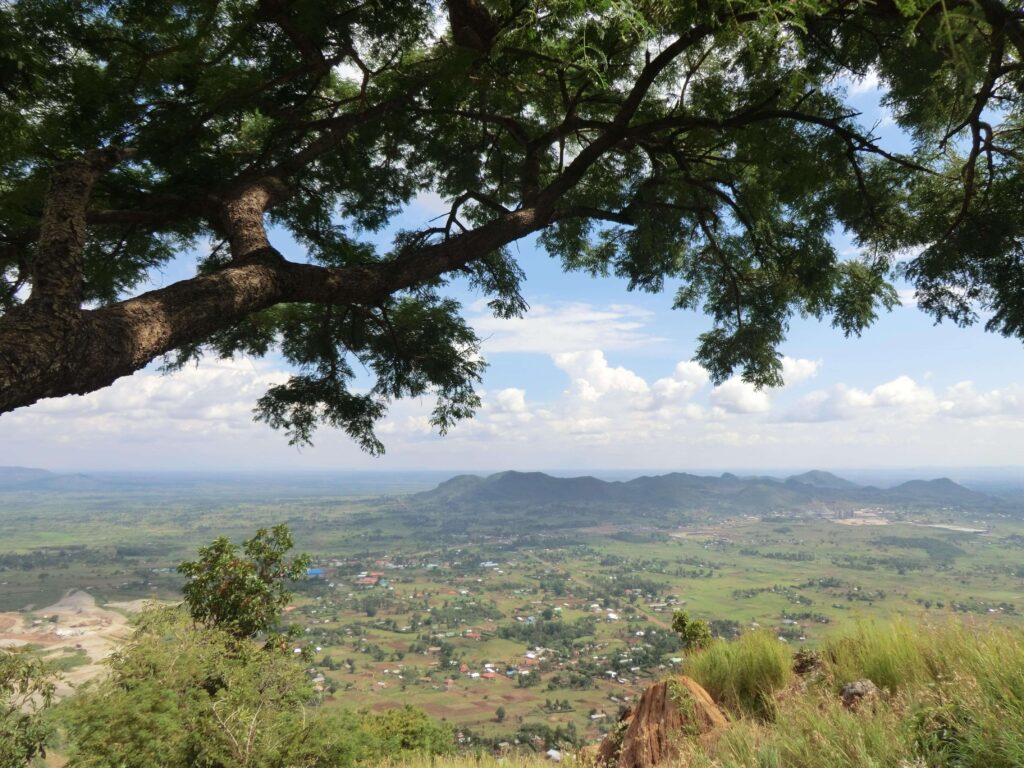
This post may contain affiliate links, and I might earn a small commission at no additional cost to you. For more info, click here .
How to Get Around in Uganda on Your Own
Uganda’s main cities are connected by regular buses , while smaller towns and villages can be reached by minibuses (locally known as matatus ). The latter are super cheap, but not exactly comfortable, as they tend to fill up waaaay beyond capacity.
Also, they don’t run on schedule but rather start when they’re full, frequently stopping along the way, which makes them slow and unpredictable . While we frequently used them, I would only recommend taking matatus if your money is limited, but you’ve got plenty of time.
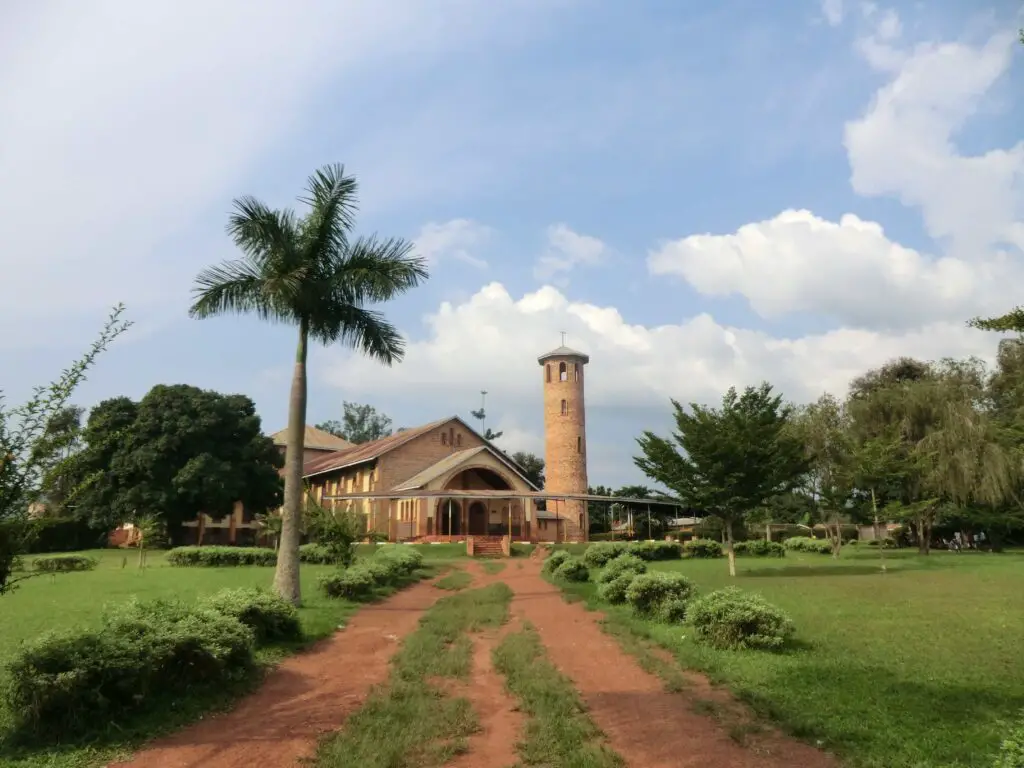
For destinations that don’t even have a matatu connection (like National Parks), organized tours are often the only option. While you technically could hitchhike or use one of the ubiquitous motorcycle taxis (known as boda-boda s ) to get to the entrance, you won’t be able to enter most National Parks without a 4×4.
If you’re short on time, renting a car is probably the best solution, as it gives you a lot more flexibility than any of the public transport options ever could.
Organized Uganda Tours
If you prefer to explore Uganda without the hassle of sorting out your own transport, accommodation and wildlife permits, taking an organized tour might be the way to got for you. There are plenty of companies offering longer adventure and safari tours , a lot of them including Mountain Gorilla Tracking.
Have a look below for some possible options.
Two Week Uganda Itinerary
- Day 1: Entebbe
Most visitors will arrive at Uganda’s only international airport in Entebbe. Sitting on a peninsula jutting out into Lake Victoria, the city has a relaxed vibe and serves as a good introduction to the country.
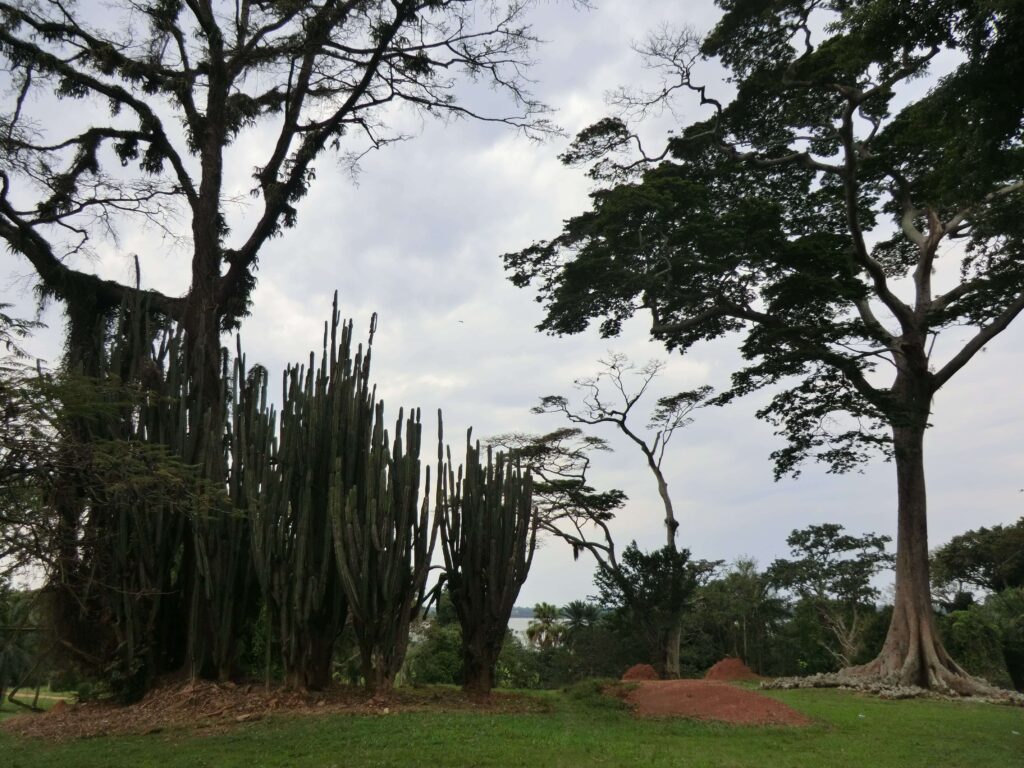
On your first day, you can get familiar with the country’s nature at the splendid Botanical Garden or its Wildlife Education Centre, take a stroll through the small Zika Forest Reserve or just wait for that jet-lag to pass, while watching the hamerkop birds on the shore of pretty Lake Victoria.
See also: 5 Awesome Things to Do in Entebbe, Uganda
- Budget Accommodation Tip: Elementis Entebbe (Dormitory)
- Midrange Accommodation Tip: Precious Guesthouse
- Luxury Accommodation Tip: Protea Hotel Marriott Entebbe
Day 2: Kampala
Uganda’s chaotic capital might not be the most relaxing place in the country, but it has enough historical attractions to warrant a stopover before venturing further afield.
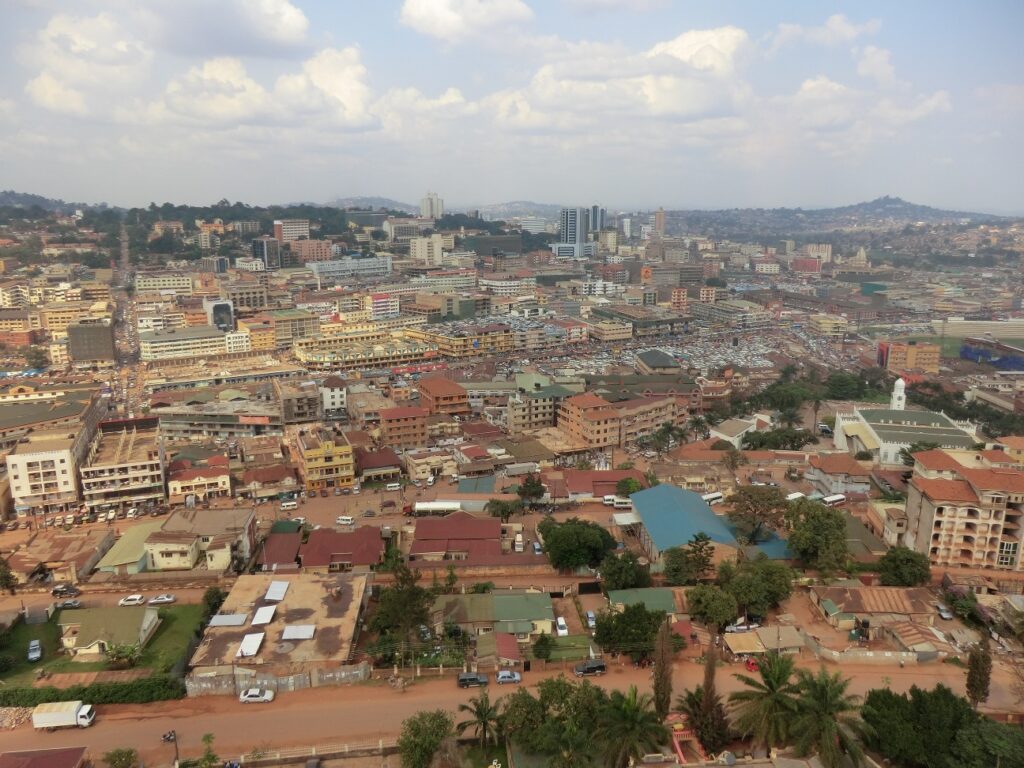
While here, you could check out the UNESCO-listed Kasubi tombs of the Buganda Royal Family or the more recent remains of the country’s darker historical periods at Mengo Palace , erstwhile residence of notorious dictator Idi Amin. The national museum is also worth a peek, as are a number of historical churches and mosques spread out over the city.
See also: 10 Extraordinary Things to Do in Kampala, Uganda’s Vibrant Capital
- Budget Accommodation Tip: Bushpig Backpackers
- Midrange Accommodation Tip: Koki Hotel
- Luxury Accommodation Tip: Kampala Serena Hotel
Day 3 and 4: Jinja and the Nile Source
Spend the morning exploring Kampala, before continuing east to Jinja. The pretty town is not only home to the source of the White Nile (at least where it flows out of Lake Victoria, the actual source is disputed), but also the country’s best centre for adventure sports and outdoor activities.
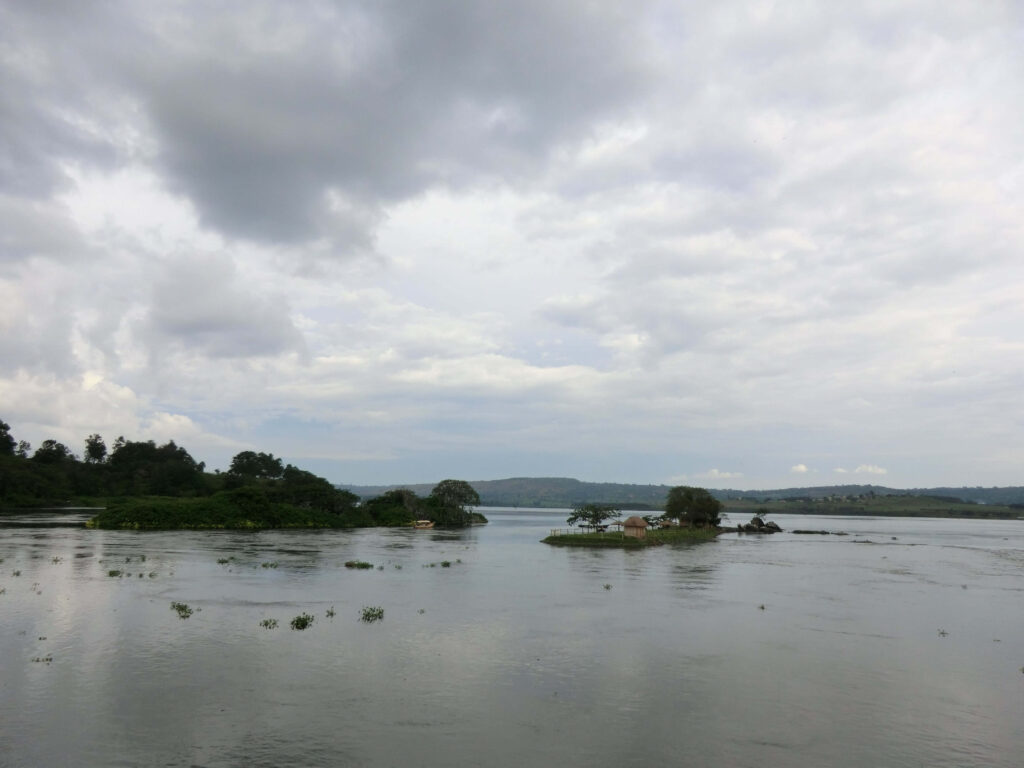
If you’re into those, you shouldn’t leave here without taking a white water rafting tour on the Nile, including some exciting grade 5 rapids as well as serene stretches of river to relax in between. If you’re not an adrenaline junkie, there are also more laid-back River Cruises available. Have a look at the options below.
See also: Everything You Need to Know About Visiting the Source of the Nile in Jinja, Uganda
- Budget Accommodation Tip: Jinja Backpackers
- Midrange Accommodation Tip: Buutu Nest
- Luxury Accommodation Tip: Jinja Nile Resort
Day 5 and 6: Sipi Falls
Continue on to Sipi, which to me is one of the prettiest places in Uganda . On the way from Jinja you could stop in Tororo to climb the mountain towering over the small town – the views from the top are amazing.
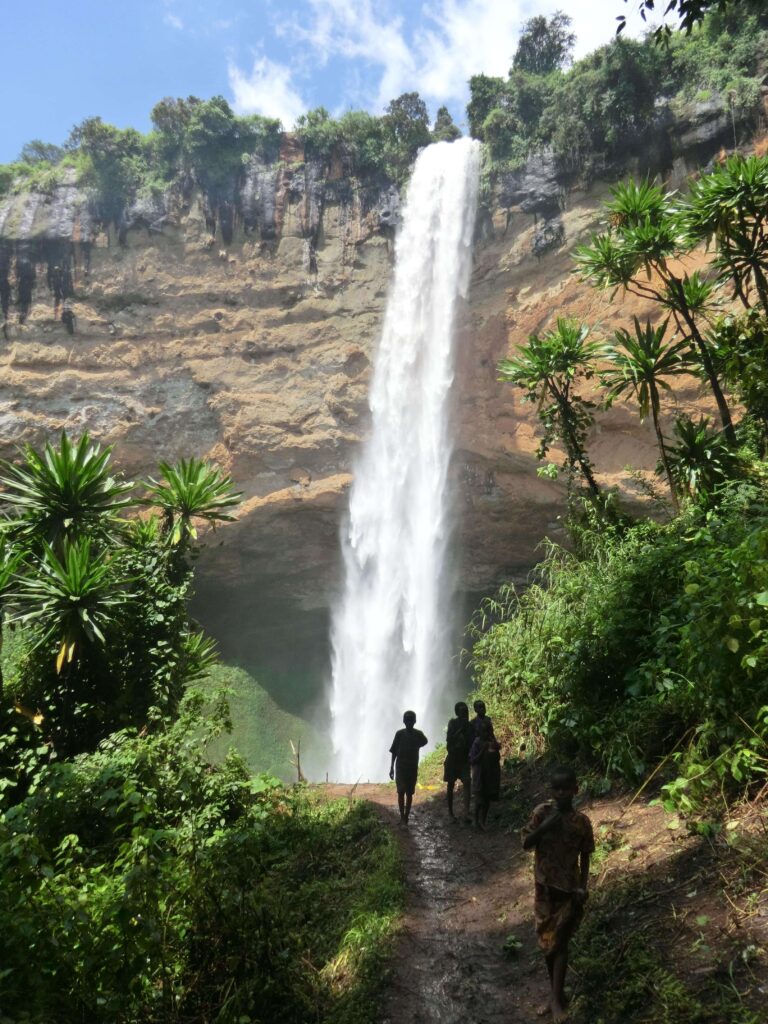
The main reason to come to Sipi is to visit the series of spectacular waterfalls , but there are plenty of other great trekking opportunities in the area. Sitting in the hilly region at the border to Kenya, the area is full of amazing viewpoints and cute villages.
I suggest spending at least one full day in the area, although there are definitely destinations enough for a longer stay. If you have some more time, you could even tackle Mount Elgon, reputedly one of the best hikes in the country.
See also: The Ultimate Hiking Guide to the Sipi Falls Area in Uganda
- Budget Accommodation Tip: Sipi Guest House
- Midrange Accommodation Tip: Sipi Traveller’s Lodge
- Luxury Accommodation Tip: Rafiki Lodge Sipi

Day 7: Travel to Masindi
Most of this day will be spent traveling to Masindi in the country’s north-west. If you want to break up your trip, you could stop near Kumi to check out the well-preserved Rock Paintings in Nyero . The rest of the trip leads through the pretty marshland north of huge Lake Kyogo dominating the country’s centre.
We used matatus for the trip, but it’s long and potentially uncomfortable. Apparently YY Coaches now has an office in Lira , which lies about halfway between Mbale and and Masindi (thanks to reader Oz for the update!), so you might be able to take bigger coaches to travel to Masindi.
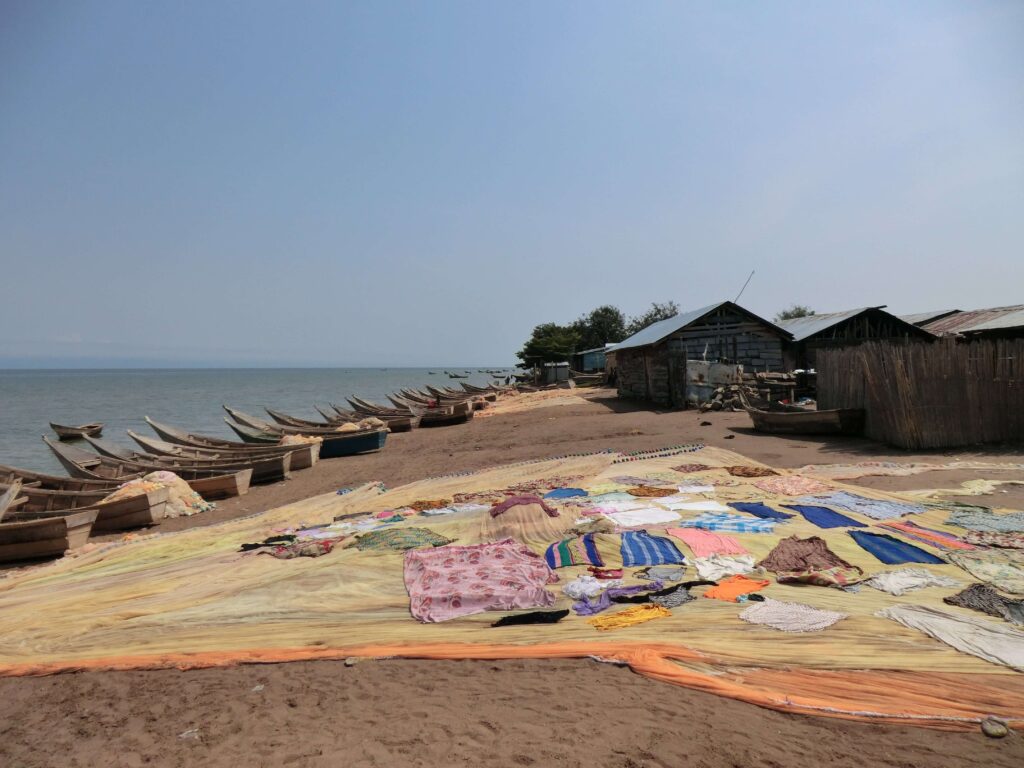
Masindi is a cute small town and a great base for day trips to nearby attractions, like the Ziwa Rhino Sanctuary or the picturesque Butiaba Village on the shores of Lake Albert . It’s also the closest town to the magnificent Murchison Falls National Park, with some of the country’s best wildlife spotting opportunities.
- Budget Accommodation Tip: Murchison Backpackers
- Midrange Accommodation Tip: Kabalega Resort
Day 8 and 9: Murchison Falls National Park
Do a day trip from Masindi in the morning (see the suggestions from the previous day), before continuing to nearby Murchison Falls National Park to spend the night. This is one of the most popular National Parks in the country, and for good reason.
It’s home to some of the most diverse wildlife in Uganda, including lions, elephants, hippos and giraffes as well as plenty of buffaloes, antelope, warthogs and over 450 species of birds.
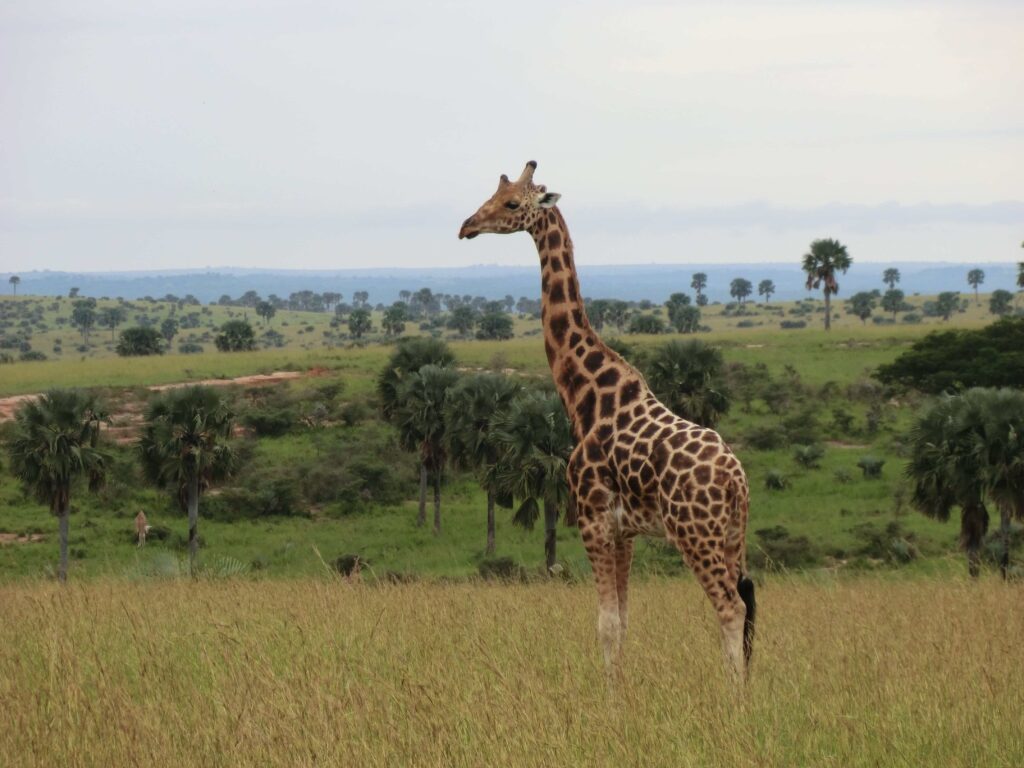
See also: Everything to Know About Visiting Murchison Falls National Park, Uganda’s Best Safari Destination
A great way to spend a day here is to go for a Game Drive in the morning and take a river cruise along the Nile to the powerful Murchison Falls in the afternoon. If you don’t have your own 4×4 available, there are several companies in Masindi that can sort out a trip into the National Park for you, or you could book one online. You can have a look at a couple of options below.
If you go with an organized tour, they will likely also provide the accommodation. Otherwise, you can check out these recommendations.
- Budget Accommodation Tip: Red Chili Rest Camp
- Midrange Accommodation Tip: Murchison Falls Bamboo Village
- Luxury Accommodation Tip: Twiga Safari Lodge
Day 10: Fort Portal and the Crater Lakes
The capital of the Kabarole District in Uganda’s western part is surrounded by a picturesque landscape of hills and lakes. Originally established as a British military fort in the late 19th century, Fort Portal is a vibrant town that forms a good base for exploring the surrounding natural attractions .
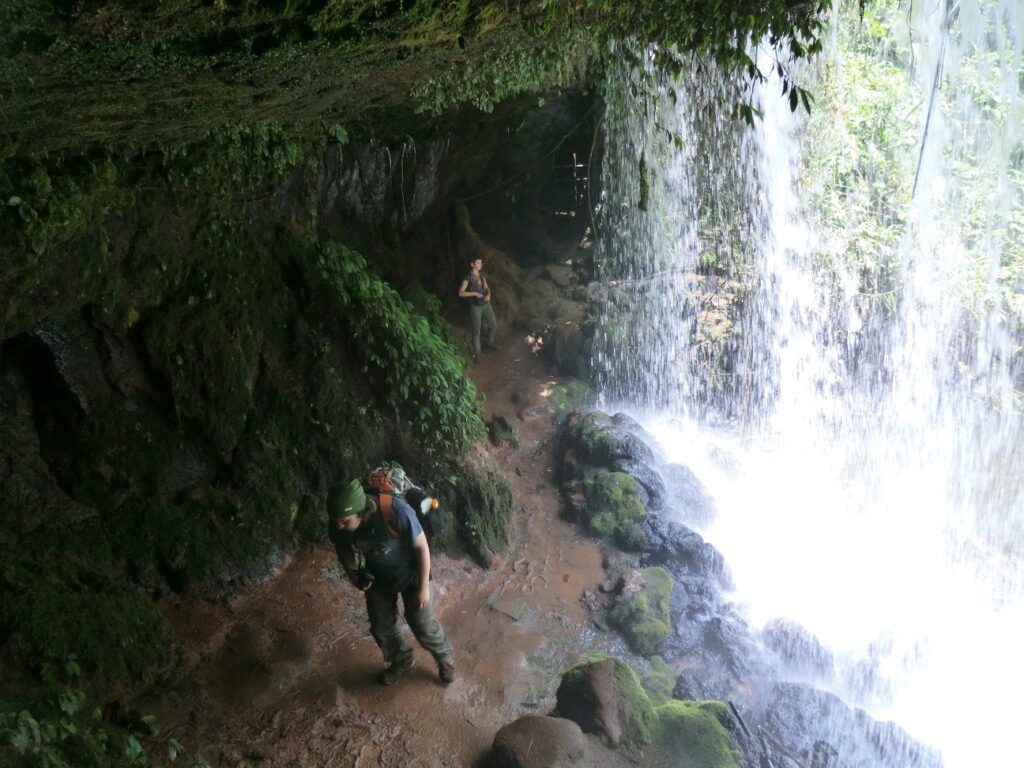
These include the impressive Amabare Caves close to town, as well as the beautiful Ndali-Kasenda Crater Lake Region a bit further afield. The latter is a great area for hiking and deserves at least half a day of your time, but if you can spare it, it’s well worth spending a couple of days here – there are many cute villages and scenic lakes to explore.
- Budget Accommodation Tip: Yes Hostel
- Midrange Accommodation Tip: Silver Oaks Hotel
- Luxury Accommodation Tip: Fort Motel
Day 11 and 12: Bwindi or Mgahinga NP
Move on to small Kisoro in the south-western corner of the country. Close to the borders of Rwanda and the DR Congo, the town has a beautiful location in the foothills of the Virunga Mountains and is a good base to explore two of the most exciting National Parks in Uganda.
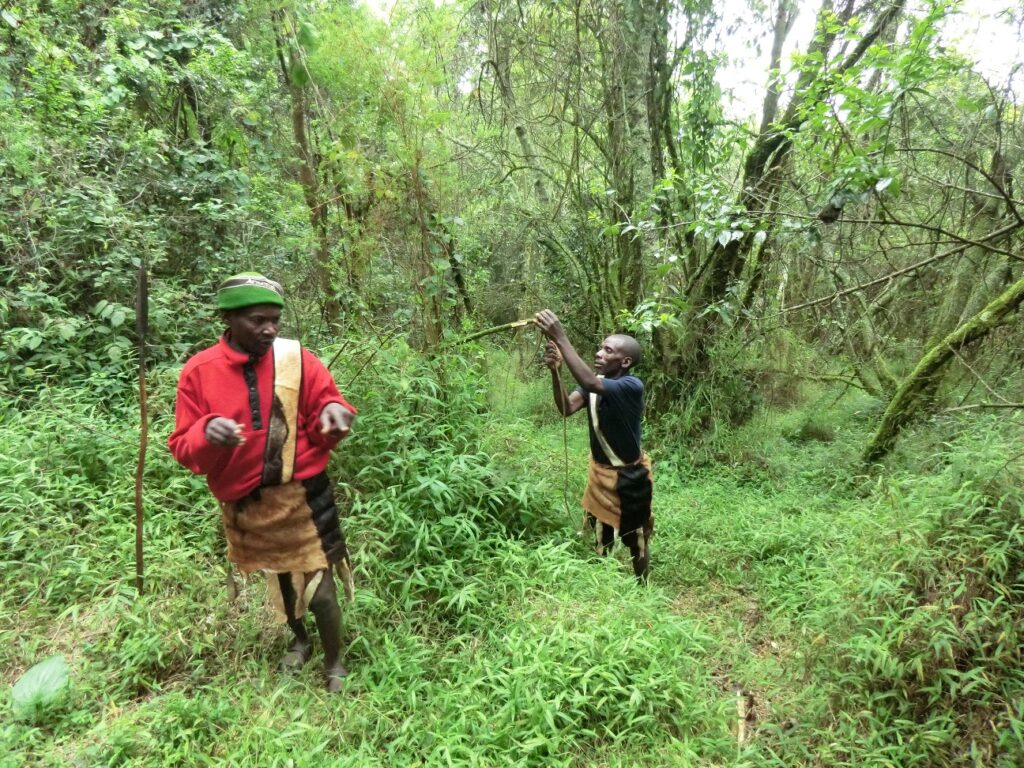
If you have the necessary funds available, you could take a trip to Bwindi Impenetrable Forest to track the Mountain Gorillas . For us, the permit fee was far above our budget, so we had to skip it (although now we have a reason to return in the future).
If you want to go for it, you could either arrange a permit via the Uganda Wildlife Authority on Kiira Road in Kampala or go with an organized tour, where the company will sort out permits, accommodation, transport and the like. Have a look at a few options below.
If you also have to pinch your pennies, visiting nearby Mgahinga Gorilla National Park is a great alternative. Despite its name, chances to spot Gorillas here are pretty slim (although not non-existent), but there are other cool activities available. We loved the Batwa Cultural Trail , which gave us a chance to get acquainted with the history and culture of the local Pygmy Tribes .
- Budget Accommodation Tip: Ntebeko Homestay (Mgahinga NP)
- Midrange Accommodation Tip: Mondi Lodge Kisoro
- Luxury Accommodation Tip: Ichumbi Gorilla Lodge (Bwindi NP) or Clouds Mountain Gorilla Lodge (Kisoro)
Day 13: Lake Bunyonyi
End your explorations of Uganda at stunning Lake Bunyonyi, a serene freshwater lake surrounded by rolling hills and lush green vegetation. It’s home to several small islands , each with its own unique history and cultural significance, that can be explored by canoe.
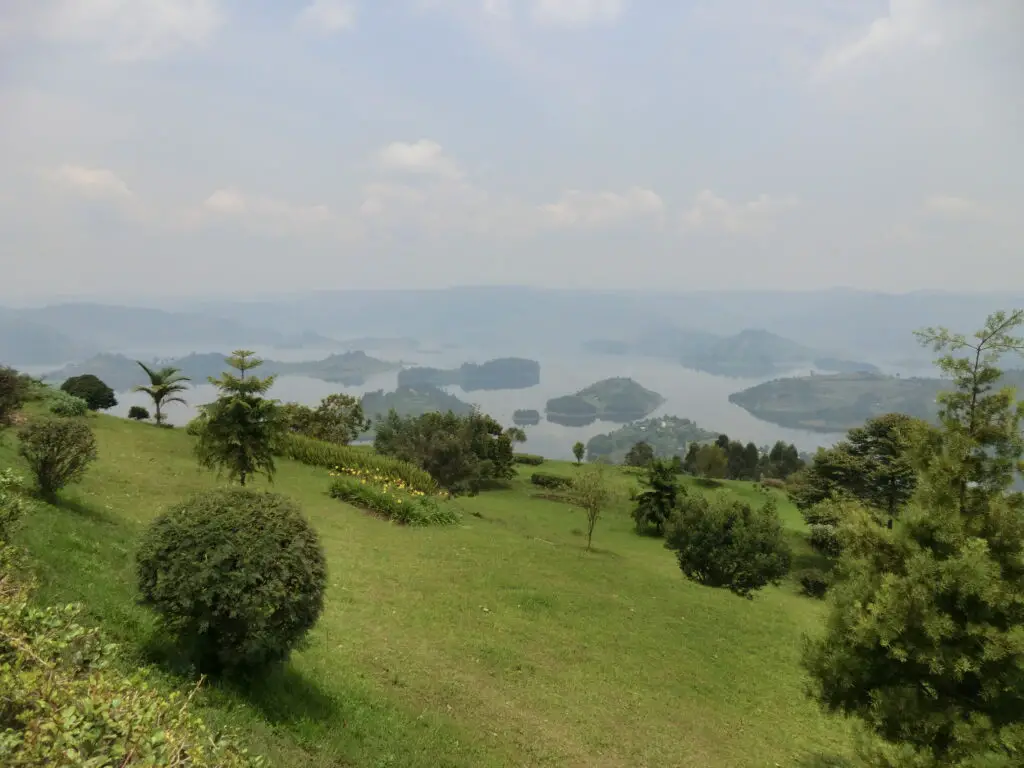
Otherwise, you can just relax on the shore of one of Uganda’s few lakes that actually allow for safe swimming (i.e. no crocodiles or Bilharzia). It’s a beautiful setting and a fitting finale for every trip through the Pearl of Africa.
- Budget Accommodation Tip: OM Hostel Bunyonyi
- Midrange Accommodation Tip: Paradise Eco-Hub
- Luxury Accommodation Tip: Lake Bunyonyi Eco Resort
Day 14: Return to Entebbe
On the way back to Entebbe you can stop at the Monument where the Equator crosses the highway between Masaka and Kampala to take those inevitably cheesy pictures.
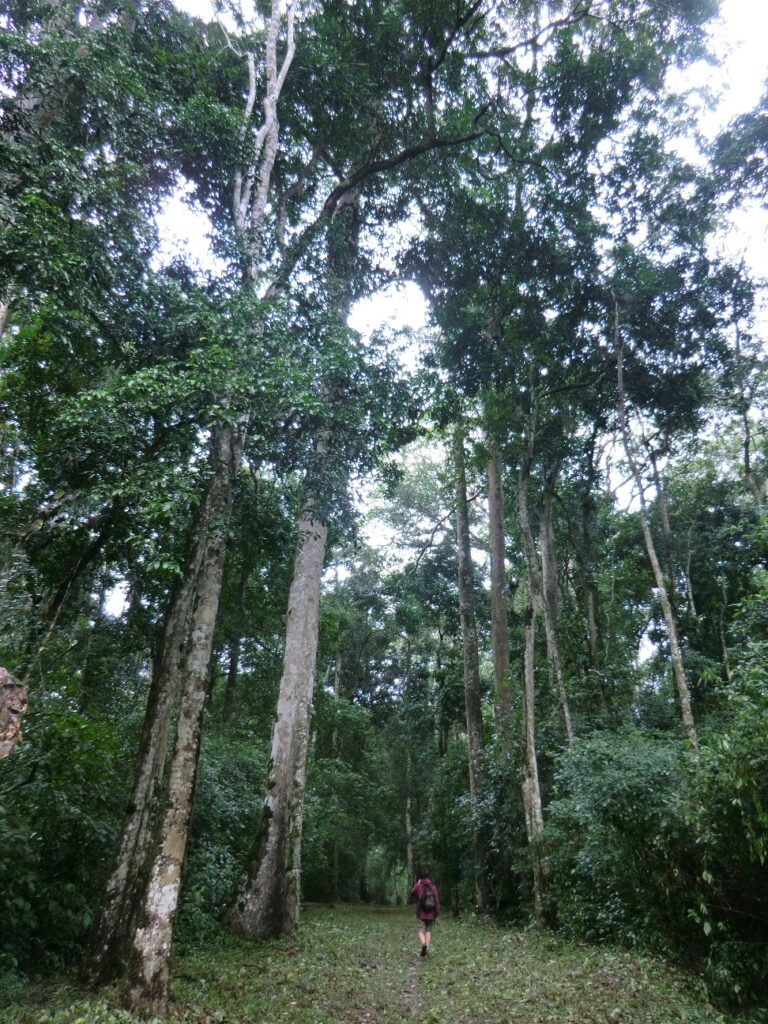
Mpanga Forest near Kampala is also worth checking out for its surprising biodiversity (given that it’s a rather small forest). If you have some extra time before your return trip, you could even spend the night here looking for Bush Babies with a ranger, although you need to bring your own powerful flashlight for that.
Two Week Uganda Itinerary Map
All the suggested stops on the two-week Itinerary can be found in this map of Uganda.
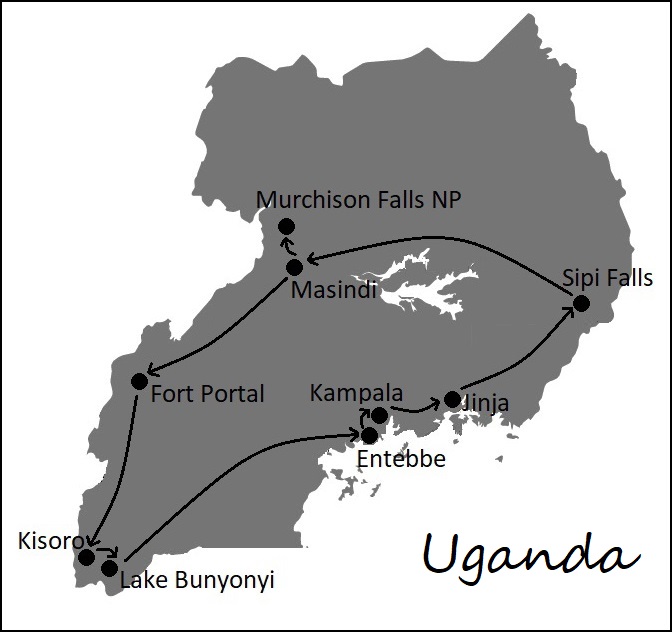
If You Have More Time: Three Week Uganda Itinerary
With an extra week in the country, you could spend some more time at the places mentioned in the two-week itinerary and squeeze in a couple of extra stops.
For instance, this three-week itinerary takes a slower approach and also includes Hoima , which is home to some important historic places of the Bunyoro Kingdom and the laid-back Ssesse Islands in Lake Victoria. The other stops are all included in the two-week itinerary detailed above.
- Day 2 and 3: Kampala
- Day 4 and 5: Jinja
- Day 6 and 7: Sipi Falls
- Day 8 and 9: Masindi and surroundings
- Day 10 and 11: Murchison Falls NP
- Day 12: Hoima
- Day 13 and 14: Fort Portal and Crater Lakes
- Day 15 and 16: Bwindi or Mgahinga National Parks
- Day 17 and 18: Lake Bunyonyi
- Day 19 and 20: Ssesse Islands (Buggala Island or Banda Island)
- Day 21: Back to Entebbe
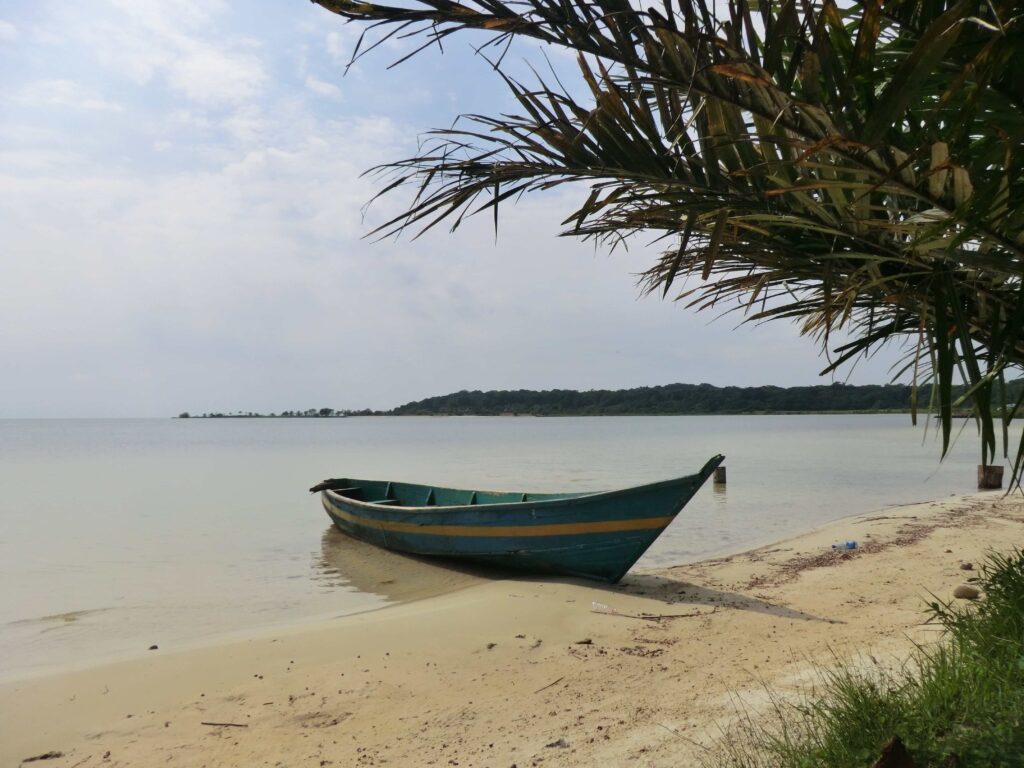
With even more time and funds, you could also take part in a guided multi-day hike through the Rwenzori Mountains near Fort Portal or to Mount Elgon near Sipi. While these areas look stunningly beautiful, the required permit fees were above our modest backpacking budget, so you’ll have to look elsewhere for detailed advice.
If You Have Less Time: One Week Uganda Itinerary
If you only have one week in Uganda, you’d be well advised to get a rental car, so you’re not reliant on the country’s hit-or-miss public transport system. The following itinerary condenses the absolute highlights of the two-week version into one busy week.
- Day 1: Explore Kampala, then continue to Jinja
- Day 2: Jinja (Visit the source of the Nile and go rafting)
- Day 3: Drive to Murchison Falls NP, stop in Ziwa Rhino Sanctuary on the way
- Day 4: Explore Murchison Falls NP
- Day 5: Explore the Crater-Lake Region near Fort Portal, then continue to Bwindi
- Day 6: Gorilla Tracking in Bwindi or Mgahinga NP
- Day 7: Spend a few hours at Lake Bunyonyi, then return to Entebbe
10 Extraordinary Things to Do in Kampala, Uganda’s Vibrant Capital
5 Awesome Things to Do in Entebbe, Uganda
10 thoughts on “ The Ultimate Two Week Uganda Itinerary – Including Hotels for Every Budget ”
These itineraries look great! I’ll have to save this for a future trip since I’d love to visit Uganda someday.
- Website - https://pokylittlewanderer.com
Hi Kelly, I’m glad you find the itineraries useful. Feel free to contact me if you have any more questions about traveling in Uganda:)
Uganda is so beautiful! Fabulous two-week itinerary to explore.
I agree – it’s a beautiful and super diverse country to explore.
Hi Reinhard,
How did you you travel between the destinations? Did you book a tour from start to finish or only for the trips? Do you have any advise, cause i don’t see tours who offer the two or three weeks.
Hello Ruben,
we did the entire trip independently using public transport. If an adventurous trip appeals to you, you could easily follow my itinerary independently. Getting from A to B by public transport is usually straightforward and doesn’t require you to get tickets [much] in advance. It’s also a lot cheaper than a guided tour, albeit slower and likely less comfortable.
If you prefer a guided tour, there are several companies offering two to three-week trips of Uganda (most with a focus on wildlife), but obviously, none of them will follow the exact itinerary I described (which is a result of personal planning). I saw a few longer tours on Viator, limiting themselves to Uganda.
This one (note: affiliate link) sound pretty good, for instance. It includes most highlights of the country, but obviously it’s a lot pricier than doing it on your own. Still, it’s a lot cheaper than some alternatives listed on the site.
I hope this helps Reinhard
Hello, Could you specify any company for trips Mbale-Masindi? And Masindi-Fort Portal? Or was it just matatus? Regards
Hi, for those two connections, we only used matatus, so I can’t give you any first-hand information on bigger buses, but you should be able to take a Link Bus from Masindi to Fort Portal, as they have offices in both cities.
For the route from Mbale to Masindi we took a matatu to Gulu, spent the night there and took another to Masindi the next day, although you should be able to do it in one day if you start early. It is quite a long ride however, and I don’t believe any bigger buses are available for that connection. It might actually be easier to take a Post Bus from Mbale to Kampala and a Link Bus (or other big bus) from Kampala to Masindi. This would probably be more comfortable, although in my opinion, the scenery north of Lake Kyoga is a bit nicer, and we actually enjoyed the long matatu ride (the matatu wasn’t too full on that route).
In any case, it’s usually easiest to ask for recommendations at the bus stations – in most cases people give you their honest opinion on what’s best instead of getting you to use their company/matatu. Hope this helps!
Hello, Reinhard,
thanks for your answer. All the info helps to understand what to expect in such country 🙂 Noticed that YY Coaches have new office in Lira so as I understand there should be possibility to go with big bus Mbale-Lira-Masindi.
Thanks for help
Ah – that’s amazing. I wasn’t aware of that, that should make the trip a lot easier. Thanks for the update!
Leave a Reply Cancel reply
Your email address will not be published. Required fields are marked *
Save my name, email, and website in this browser for the next time I comment.
- More Networks


Destinations
What Travelers Need to Know About Ugandan Culture
Uganda will always have a special place in my heart. The two months I spent there marked the start of a significant personal transition: the beginning of many months away from home, the symbolic launch of a shift in priorities, and my first time traveling solo on the African continent.
What a good thing, then, to have picked such a vibrant country in which to start my journey. Most travelers come for the varied scenery and impressive wild animals in Uganda , worth a visit in their own right. But below the surface of Uganda’s notable tourist attractions lies a wealth of cultural depth and interaction for travelers willing to dig a bit deeper.

As a foreigner, I can’t presume to tell you everything about Uganda and its culture . I can only tell you how it felt to be a guest there, and how I learned about the country and culture as they reflected off me in dozens of fun, surprising, or awkward interactions every day. Uganda marches – and dances – to the beat of its own confident and colorful rhythm that I could only begin to tap my foot to.
If you’re considering a trip there or wondering how to prepare for one, here are 14 things to know about Uganda and Ugandan culture that will help you get ready for the journey and make sense of it while you’re there.
Related : Thoughtful Traveler’s Guide to Coping With Culture Shock
Ugandan culture feels open and friendly.
It’s impossible to generalize an entire country full of people, but as an American introvert traveling in Uganda, my impression was of a country filled with friendly, exuberant extroverts! Everywhere I went Ugandans wanted to say hi, wanted to sit down for a chat, wanted to show me around their town.
In Ugandan culture, a wide smile and direct eye contact are normal. Greetings are elaborate and essential before every interaction, so don’t rush through the “good afternoon Madam, how are you?” with the shopkeeper before getting down to business.
A Ugandan handshake is an enthusiastic gesture, sometimes involving a rhythmic down-up-down alternating grip, and sometimes with a touch of the left hand to the right elbow to show respect.
If you’re from a more reserved or businesslike culture, my advice is to take a deep breath and try to drop into the leisurely flow of Uganda’s people-first culture. Enjoy the feeling of being thoroughly greeted and welcomed, and return the gift with your own attention.
Related: How to Meet Locals While Traveling

Foreigners get a LOT of attention.
The flip side of Uganda’s friendly culture is lots, and I mean LOTS, of attention. It may be exciting at first, but after a while you’ll crave being able to walk down the street unnoticed like you’ll crave cool fruit juice on a scorching Ugandan afternoon.
You will likely develop a love-hate (sometimes mostly hate, if I’m being honest) relationship with the word “ mzungu ,” which will be lobbed at you all day long by kids and adults alike. It can get a little annoying to have the equivalent of “white person! white person!” shouted at you on every block, but try to remember that it’s not an insult.
Mzungu technically means “aimless wanderer” in its original Swahili form, and is directed at anyone who isn’t Ugandan, even if they are not, technically speaking, “white.”
Some outgoing Ugandans will take things a step further and approach you for a chat. Most of the time this is genuine interest and curiosity, not a scam like it might be in certain tourist destinations, so don’t be afraid to engage (though use your travel common sense of course). Some of my most memorable conversations in Uganda started this way.
If you make a “new friend,” don’t be surprised if they ask for your phone number or a facebook connection. Use your best judgement here, it’s ok either way, but if you do give out your number you can definitely expect to get a call or message in a few days. Social networks are of utmost importance in Uganda, and a foreign friend is both a genuinely interesting and potentially beneficial contact to have. Speaking of which…
Social networks are big, in both size and importance.
Ugandan social networks are vast, carefully maintained, and deeply cherished. As an only child from a small American family with a strongly individualistic culture, wrapping my mind around this was the key to understanding pretty much everything else I needed to get used to about Uganda.
When I retreated to my room for a little “personal space” from the overwhelming action of family visits and crying kids, my Ugandan hosts thought I disliked them and wondered what was wrong! I still wonder, are there introverts in Uganda, and if so how do they manage?
People in Uganda often live with extended family, raise each others’ kids, and attend weddings and birthdays and graduations with impressive regularity. They’re never too busy to answer the phone and talk to a friend. Those who can afford it give financial support to others in their network, paying school fees for younger siblings or children of cousins. If they need the favor returned someday, they hope someone else in their network will be in a position to help.
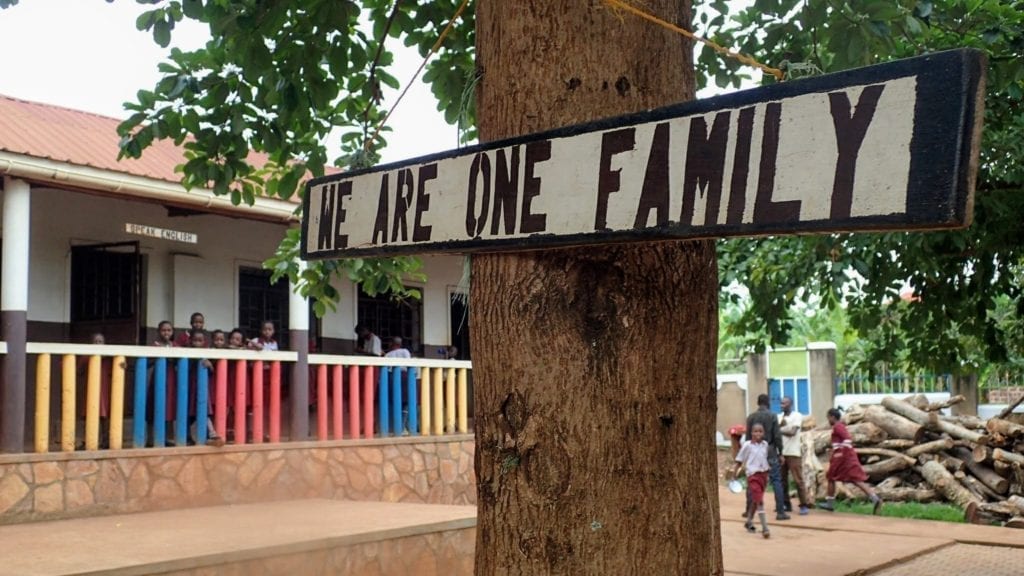
As a foreigner, these cultural values can show up in a number of potentially confusing ways. People may not understand your need for “personal space” or may think you’re unhappy if you need it. People may ask for your contact information or get in touch unexpectedly or without clear motives. This can be confusing, but seen through the lens of a culture that values connection so strongly, it makes a little more sense.
And on a less confusing and more festive note, if you’re lucky enough to get invited to a Ugandan wedding, graduation party, or birthday celebration, definitely go and enjoy the party!

Many Ugandans think all foreigners are rich.
This can be a touchy one, both to experience and to discuss. The truth: most travelers in Uganda will find themselves in the unpleasant situation, at least once, of feeling like the locals see them as a walking ATM.
Whether it’s being blatantly overcharged for a bus or a meal, or being straight-up asked for money on the street (or more awkwardly, from a “new friend” you’ve spent some time with), these situations can grate on a weary traveler’s nerves.
“I’m not rich!” you might exclaim. “I’m traveling on a budget.” But the truth is, in almost all cases, the fact that we have the money to fly to Uganda in the first place makes us richer than many others could ever hope to be. Sure, we may not be luxury travelers, but we are rich enough in money and freedom to choose travel. This is the reality of global economic disparity: our money goes far in their country, but their money does not carry the same power.
It also helps to understand another aspect of Ugandan culture mentioned above: the importance of social networks and reciprocity. In America where I’m from, we save obsessively for our own retirement because we believe it’s our responsibility and we can’t (or don’t want to) count on others to help.
In Uganda, it’s common to give extra money you may have to family in need instead of saving it for your own future. The assumption seems to be that someday when you’re in need, the favor will be returned. Someone, somewhere in your vast social network, will have the resources to help you as you have helped others.
When you put these pieces together – foreigners are all rich, and rich people give to those who need help – it’s no surprise that foreigners get asked for money so often in this part of the world. It doesn’t mean you need to give it; this is complicated and can potentially perpetuate unhelpful dynamics. But it does mean you don’t need to take it so personally. Consider it a moment of cultural exchange and mindful travel .
Uganda isn’t in a hurry.
Uganda’s enthusiastic adoption of “Africa time” – the stereotype for more fluid scheduling common throughout much of the continent – may at first seem like little more than a novel source of frustration to travelers. And frustrating it certainly can be. When planning your bus journey, scheduling a time to meet someone, or visiting a business, don’t expect punctuality.
Many Ugandans have a lot going on in their lives: they are juggling social commitments, economic concerns, and everyone else’s unpredictable schedules. There is always something coming up at the last minute. The organized chaos of daily life can actually be viewed as a brilliant system for keeping things running as efficiently as possible in the face of all these challenges.
The flip side of this potential frustration is that Ugandans, while seemingly always behind schedule, actually always have time. They have time to wait for the bus without getting frustrated, time to talk when you need directions, and time to sit through hours of uplifting speeches at birthday parties and weddings. They have time to dance and to chat and to receive an unexpected visitor. We can all learn something from Ugandans about how to make time for priorities in life.

Ugandan English is distinctive and colorful.
English is the official language of Uganda and is taught in schools, which does make a traveler’s life easier, but finding a fluent English speaker is no guarantee. You’ll also hear Luganda and Swahili spoken, but most commonly (outside of Kampala) people communicate in one of dozens of regional languages spoken only by people in the immediate area. Some older people, Ugandans in rural areas, and those who didn’t complete much schooling barely speak any English at all.
When Ugandans do speak fluent English, they speak it beautifully, colorfully, and distinctively. Ugandan English is based on British English and carries some of the same sense of formality, but with some uniquely Ugandan twists.
Whether it’s the linguistic playfulness of “ Uglish ” or just different turns of phrase, Ugandan English will surprise you from time to time. Here are some examples that stuck out to me during my visit:
- You people : used literally to refer to a group of people in the second person, for example students in a class, or Americans. Does not have rude connotations like it might in American English: “You people do things differently.”
- Other side / this side : used kind of like there vs. here. “Other side” could mean the other side of the street, the other side of town, another region of Uganda, or even a different country. “Do you people have mangoes on the other side?” (meaning America), or “This sugar is expensive, next time I will buy from the other side” (to a shopkeeper).
- It’s ok : means it’s good, fine, no problem. Not necessarily meant as an insult, or less good than “good,” as might be construed in America.
- Garden : farm. “He is out digging in the garden right now.”
- Pick : to take, pick up, or understand. “Pick bread from the bowl.” “I will pick you at the airport.” “The students can’t pick your accent.”
- You are welcome : literally means “you are welcome in my home,” similar to “come in, make yourself at home.” Is NOT a passive-aggressive way of implying you should have said thank you, which is what it can sometimes sound like to unfamiliar foreign ears.
- Sorry : a casual expression of sympathy offered whenever you trip, hit your head, drop something, etc.
- Cheap : not difficult or requiring too much effort. “This is the cheapest way to reach the highway.” “It’s a cheap subject to learn in school.”
- Somehow : I never fully figured this one out, but it seems to be used to mean “somewhat” or “mostly,” as in “Things are somehow ok here” (things are mostly good here).
As a general pattern, Ugandan English is fairly direct and doesn’t rely on extra words to seem polite. There are, presumably, other ways of indicating politeness if you’re clued in. For example, don’t be offended if a dining companion says “You give me salt” instead of “Will you please pass the salt when you get a chance?”

Sometimes a compliment can get lost in translation and sound like an insult, but don’t take it personally. Here are two memorable examples:
- “You are looking fat!” This is actually a compliment to women in Uganda. Just go with it.
- “You have really tried.” In America we would assume this is a backhanded compliment, as in “You really tried… and didn’t succeed.” But in Uganda, it can be a genuine compliment, as perhaps it should be anywhere.
Finally, note that even fluent English speakers on both sides can have trouble parsing each others’ accents. I realized this humorously when, after having spent a week staying with an elderly couple who appeared to understand no English, I wrote a thank you note and handed it to their son to translate into their local language. He read it to them in English, and they understood perfectly… As long as it was read with a Ugandan accent, not an American one!
Humor and laughter are important in Uganda.
There’s no shortage of laughter in Uganda. A big hearty guffaw is a convenient way to connect, because Ugandans seem to find humor in almost everything. They laugh when telling stories, they laugh when doing business, they even laugh when discussing tragedies, because – as one woman told me when discussing her mother’s death – “If we don’t laugh, we will cry.”
Unfortunately, as a foreigner who is already getting a little too much attention, sometimes it can actually feel like Ugandans are laughing at YOU. There were times when I felt a bit mocked, made fun of, or that people were laughing at my expense. Sometimes just my whiteness, my ridiculous mzungu-ness , seemed to have Ugandans in stitches.
I eventually realized, when I came to understand the local humor a bit better, that Ugandans weren’t laughing AT me, they were, as we say, laughing WITH me. I only needed to start laughing too. It was almost always good-natured, just a common way of reacting in the local culture. Once I wrapped my mind around this I stopped worrying about being the butt of all the jokes (or at least started embracing it).
As with most cases of language barriers and cultural differences, subtler types of humor like sarcasm can get lost in translation. Best to stick with whatever makes the locals laugh, and laugh right along with them.
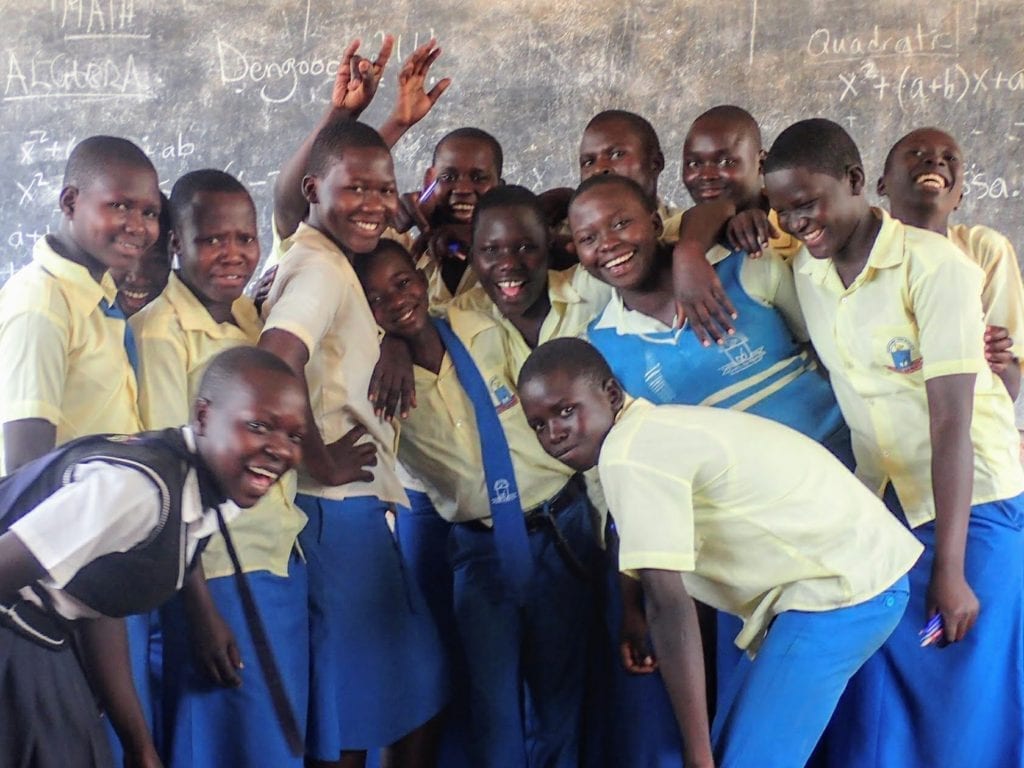
Ugandans dress very smartly.
The first time a Ugandan told me “you are very smart” I thought she was complimenting my intelligence! It took a few minutes to realize that actually, she was complimenting my clothes. After weeks of dressing in plain black pants and a practical travel t-shirt, I had put on a colorful skirt for a graduation party, and she wanted to show her approval.
In Uganda, dressing “smart” means wearing clothes that are fashionable (by a variety of standards), clean, well-tailored, and usually colorful. In Kampala especially, most locals dress very smartly, and show their respect for an event or party by dressing up even more to honor the occasion.

As a tourist, it can be really hard to meet this standard. When my simple clothes were stained with sweat and dust from a long day of walking around town or rattling along on a bus, the Ugandans around me inevitably looked crisp and clean in their colorful blouses and button-up shirts. I still have no idea how they managed it, and they kindly gave me a pass as a foreigner. As one young Ugandan woman generously told me, “whites can wear anything.”
When deciding what to wear in Uganda, try to keep this in mind even if you can’t fully match the Ugandans for style and smartness. Women, you’ll likely blend in best (not that that’s really possible anyway) in the cities in a calf-length skirt, though pants are acceptable. Local women in rural areas mostly wear ankle-length skirts, but again, foreign women can get away with calf-length skirts or pants. Do avoid anything shorter than knee-length though, as this would be seen as scandalous.
Ugandan men almost always wear long pants, and shorts are seen as only for schoolboys. So men, if you’re traveling to Uganda, you’ll likely feel most at home in long pants despite the hot weather.
Sturdy closed-toe shoes are a good idea for both men and women, since streets can be dusty or littered with debris, and many don’t have sidewalks.
No matter your gender, do your best to keep clothes clean and tidy (I know, it’s hard), and don’t be afraid to pack a bit of color and flair in your Uganda travel outfits. Drab khaki cargo pants and safari shirts will actually stand out like a sore thumb. Dress smartly, on the other hand, and Ugandans are sure to compliment you for it.
Uganda has a painful recent past.
I prefer to highlight the positive aspects of countries I travel in, especially those that are often portrayed negatively by the media. But I also think it’s essential for thoughtful travelers to understand what went on in places with a recent history of conflict.
In northern Uganda I met people who had fled for their lives from the LRA . I met some whose friends or family weren’t so lucky, and I met children of families still economically devastated by the effects of the war. There isn’t much I can do, as a visitor, besides try to be aware of what happened and lend an ear to those who want to tell their stories.
If you would like to learn more about this history, I recommend the difficult but eye-opening book Stolen Angels by Kathy Cook.
Music and dancing are everywhere in Uganda.
Music is inescapable in Uganda. It’s blaring from storefronts, minibuses, tinny smartphone speakers, the television in the house next door… Sometimes it’s traditional Ugandan music, sometimes it’s Nigerian pop, sometimes it’s American hip-hop! No matter the genre, the sense of energy and rhythm is contagious.
Not surprisingly then, Ugandans tend to be pretty good at dancing. During my time there I was repeatedly out-danced by even the tiniest of children , their impeccable rhythm and creative movement seemingly innate. If you get the opportunity to dance with Ugandans at a party or go out dancing in Kampala, buckle up and hold on, it’s going to be a fun time.

Uganda is a safe place to travel (but watch your bag and phone).
While it’s impossible to characterize entire countries as “safe” or “unsafe,” it’s true that most travelers will not easily find their way into dangerous situations in Uganda. A little common sense goes a long way in terms of avoiding certain neighborhoods of Kampala in the wee hours of the morning, but otherwise you’re very unlikely to encounter violent crime in Uganda.
Petty theft, on the other hand, is worth watching out for. Travelers aren’t particularly special in this regard, though sticking out like a sore thumb and being presumed rich do make us obvious targets. But even locals in certain Kampala neighborhoods wear their backpacks in front and keep their smartphones stashed safely away, and you should too.
One other issue you may not have thought of: snatching smartphones through car windows is fairly common in the city. Several times while I was sitting near the open window of a minibus or taxi, locals reminded me to put my phone away or hold it out of sight. All it takes is a split second for a crafty thief to reach in while you’re stopped in traffic and run away faster than you can even open the car door. It happens to the locals too.
Religion is important to many Ugandans.
Where I come from, “I don’t have one” is an acceptable answer to “what is your religion?” but in Uganda not so much. Not that anyone will give you a hard time; Ugandans are happy to let you be you. But they will probably be surprised or even confused, because religion is a big deal in Uganda.
Roughly 85% of Ugandans are Christian, and most of the rest are Muslim, and the two groups generally get along fine. What seems to matter most is the unifying role that religion – any religion – plays in the social fabric of Ugandan communities. Church services are long and festive, daily prayers are frequent, and references to God often find their way into casual conversation.
If you have the opportunity to attend a church service in Uganda, even if you are not a practicing Christian, I highly recommend it. The festive, positive, energetic atmosphere will help you understand the role religion plays in Ugandan life.

Women can happily travel solo in Uganda, but be prepared for proposals.
Uganda can be a complicated place for local women . While there are plenty of educated professional women living good lives, domestic life in rural areas can be brutal. Girls are married off extremely young, often seen as not worth the investment to educate, and expected to dedicate their lives to producing and raising a huge family. Polygamy is still actively practiced, reproductive health services are basic at best, and domestic violence is a problem.
If you would like to learn more about the issues facing Ugandan women today, I recommend a collection of short stories called Crossroads .
So how does a country where these things are true receive foreign women, especially those who break cultural norms by traveling alone? Pretty darn well, it turns out. As in most places around the world, foreign women seem to be accorded “honorary man” status and can easily have conversations and act in ways that would be unseemly for local women. Many Ugandan men, for example, loved to talk with me about politics, a topic that Ugandan women typically don’t discuss.
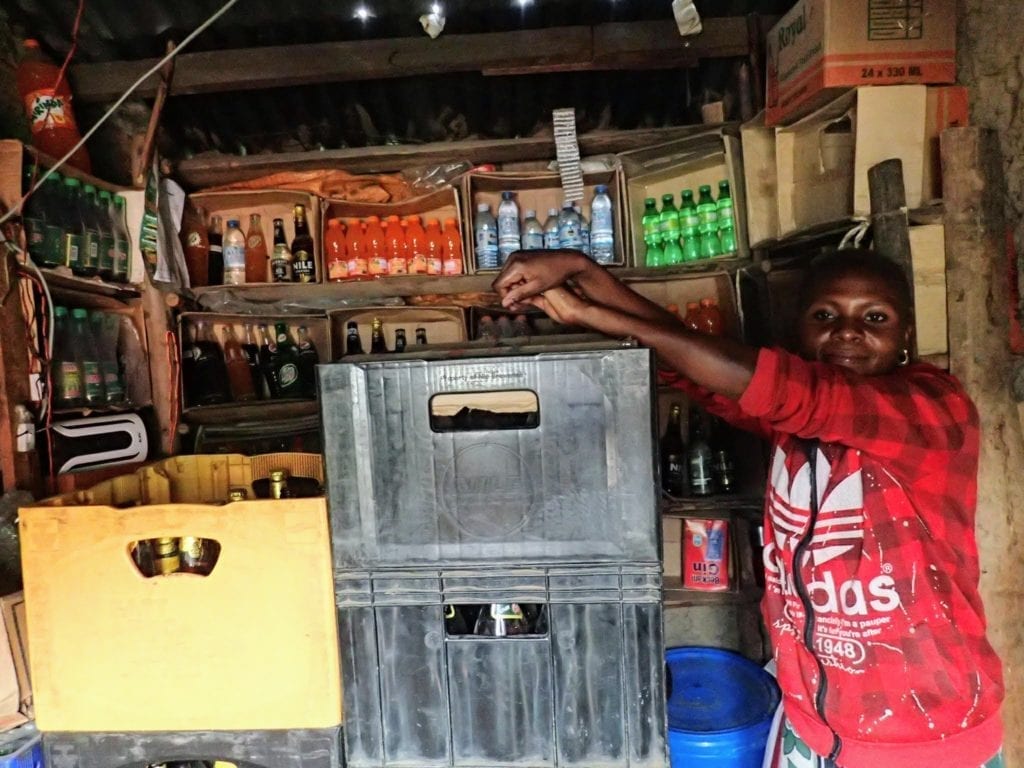
Though you’ll generally be respected, solo female travelers in Uganda will likely get even more attention than other travelers, which is already quite a lot. Be prepared for the mental strain of constantly distinguishing between all those calls of “mzungu!” You’ll need to consider which greetings are from little kids or respectful adults and can be acknowledged with a friendly wave, and which are from eager young men and should get a cool nod at most.
You may also encounter the Ugandan version of unwanted romantic attention, which generally comes in the form of a marriage proposal from a total stranger. Just smile and say you’re already married or not looking for a husband. This may lead to some banter about how he would like to come back to your rich luxurious country and live with you. My advice, as long as he’s not being too pushy, is to just be firm but good natured and laugh it off, no harm intended.
Personal questions are considered in-bounds.
If a stranger in your hometown asked you whether you’re married, how many kids you have, how old you are, or how much money you make, you might be a bit taken aback. But as a traveler in Uganda, prepare to face these questions and more.
Ugandan culture doesn’t have the same sense of taboo that western cultures do around some of these questions. Asking someone about their family is actually a sign of interest and a polite thing to do. When this is combined with a genuine curiosity about foreigners, personal questions are irresistible.
These types of simple questions are also one of few easy ways to connect across language barriers and cultural divides. Don’t hesitate to turn the question back to the asker and share a laugh over the contrast. Maybe you’re an only child, and they’re one of ten – hilarious!
The only type of question I usually tried to dodge: direct questions about money. People would sometimes ask “How much did your plane ticket to Uganda cost?” or “How much money do you make at work?”
Though I’m all for honest cultural exchange, it’s hard to answer these without perpetuating the myth that all foreigners are bazillionaires. Because of our differing currencies and costs of living, even a modest amount of money in US dollars will sound like a fortune to most Ugandans, and it will be very hard to explain otherwise. Thus I usually dodge these questions, say I’ve forgotten, my plane ticket was a gift from my family, etc.
Get used to eating with your (right) hand.
If you eat with a Ugandan family or have a meal at a local party, you’ll most likely be served a heaping plate of beans, cassava, posho (a starchy mush made from maize), chicken (if it’s a fancy meal)… and no silverware.
Roll up your sleeve and jump in. But remember, table manners are still important in Uganda, they’re just different.
First of all, wash your hands before and after eating. Often this is done with a touch of ritual to it, a host pouring water from a teapot over each guest’s hands while they rub and rinse a few times. And remember, no matter which hand is your dominant one, always eat with your right hand.
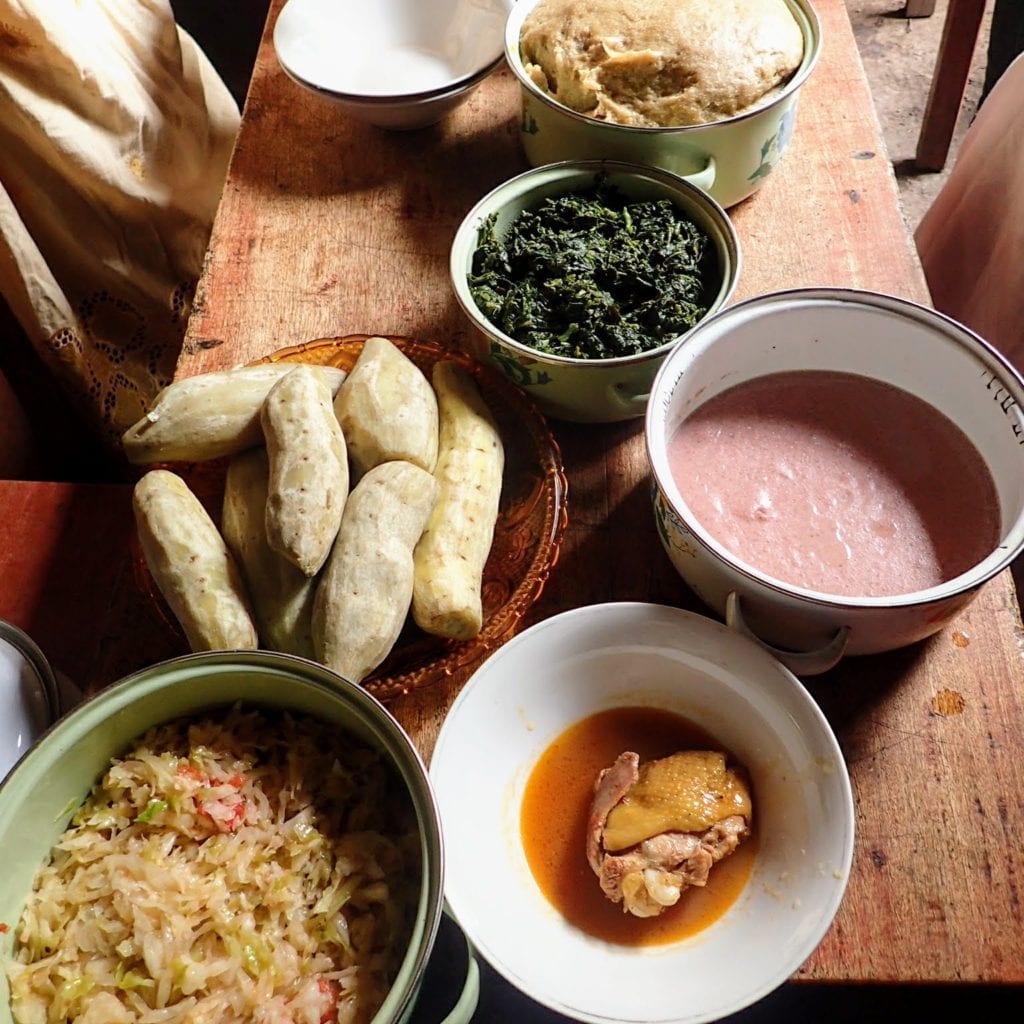
While we’re on the subject of food in Uganda, you should absolutely, every chance you get, eat rolex . These “rolled eggs” (see where the name comes from?) are basically an omelette wrapped in delicious oily chapati bread, available from street stalls everywhere, and they are amazing.

Practical Uganda Travel Tips
If you’ve gotten a taste for some of Uganda’s distinctive cultural flavor, you’re well on your way to being ready for a visit. Here are a few more tips for travel in Uganda to help you prepare:
- Malaria is a definite possibility – I saw it happen . Travelers should take prophylactic pills and bring mosquito repellent (and possibly a net depending on travel plans).
- Don’t drink the tap water, even in Kampala; the locals generally don’t either. Instead, bring a water purifier .
- Budget: Depending on how you travel (guided or independently), how many national parks you visit, and what type of lodging you prefer, Uganda can be expensive or moderate. Here’s a detailed Uganda travel budget from a self-drive trip to give you a sense of costs.
- Mobile data is easy to come by in Uganda. Buy a local sim card when you arrive; MTN is the most common and easiest to find, Africell is cheaper but less reliable in rural areas. Then buy credit (megabytes of data) as needed from the kiosks that are seemingly on every street corner.
- WhatsApp is extremely popular in Uganda and works well on spotty data connections. If trying to get in touch with a business, tour operator, or friend in Uganda, check to see if they’re on WhatsApp.
- Power cuts are frequent even in Kampala, so bring a headlamp and power bank along with these other essentials for travel in east Africa .

More East Africa Travel Resources
If you’re preparing for a trip to Uganda, you might enjoy reading about these other exciting experiences in eastern Africa.
- How hard is climbing Kilimanjaro, really?
- Is there such a thing as an affordable Serengeti safari?
- How to hike Rwanda’s Congo Nile Trail
Or, see the full list of travel resources here !
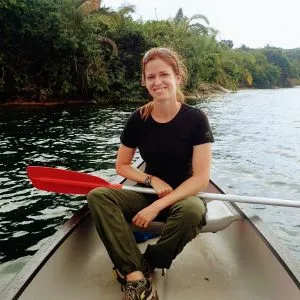
About the Author
Hi there, I’m Alissa, founder of Exploring Wild. I’ve had the pleasure of traveling independently and solo on six continents, including some unusual destinations like Liberia and Sudan, and it has forever changed the way I see the world and myself. Learn more about me here .

Travel resources in your inbox?
There’s more where this came from! If you’re into adventurous, thoughtful, off-the-beaten-track travel, sign up here for occasional emails with my best tips and inspiration.

Share the Adventure
If you found this article helpful, please consider sharing so more people can benefit from it:
Pin For Later

Leave a Comment Cancel reply
New in travel.

How to Meet Locals While Traveling (In Any Country)

Taking the Ferry Between Ayamonte, Spain and Vila Real de Santo António, Portugal
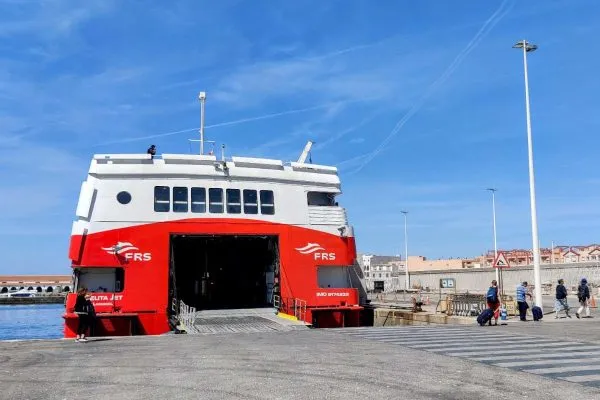
How to Take the Ferry Between Tarifa, Spain and Tangier, Morocco

Should You Travel to Morocco During Ramadan?
See all travel.
Follow Exploring Wild on socials:
Bikepacking
Backpacking & Hiking
Adventure Travel
Donate to Tip Jar
Shop Adventure Kits
Bikepacker's Companion eBook
Adventure in Your Inbox?
Resources and inspiration to support your wildest dreams:
Recent Posts
About Exploring Wild
Privacy Policy
Trust & Transparency Policy
This site participates in affiliate programs, including Amazon Associates.
Copyright 2024 Exploring Wild, All Rights Reserved
Privacy Overview
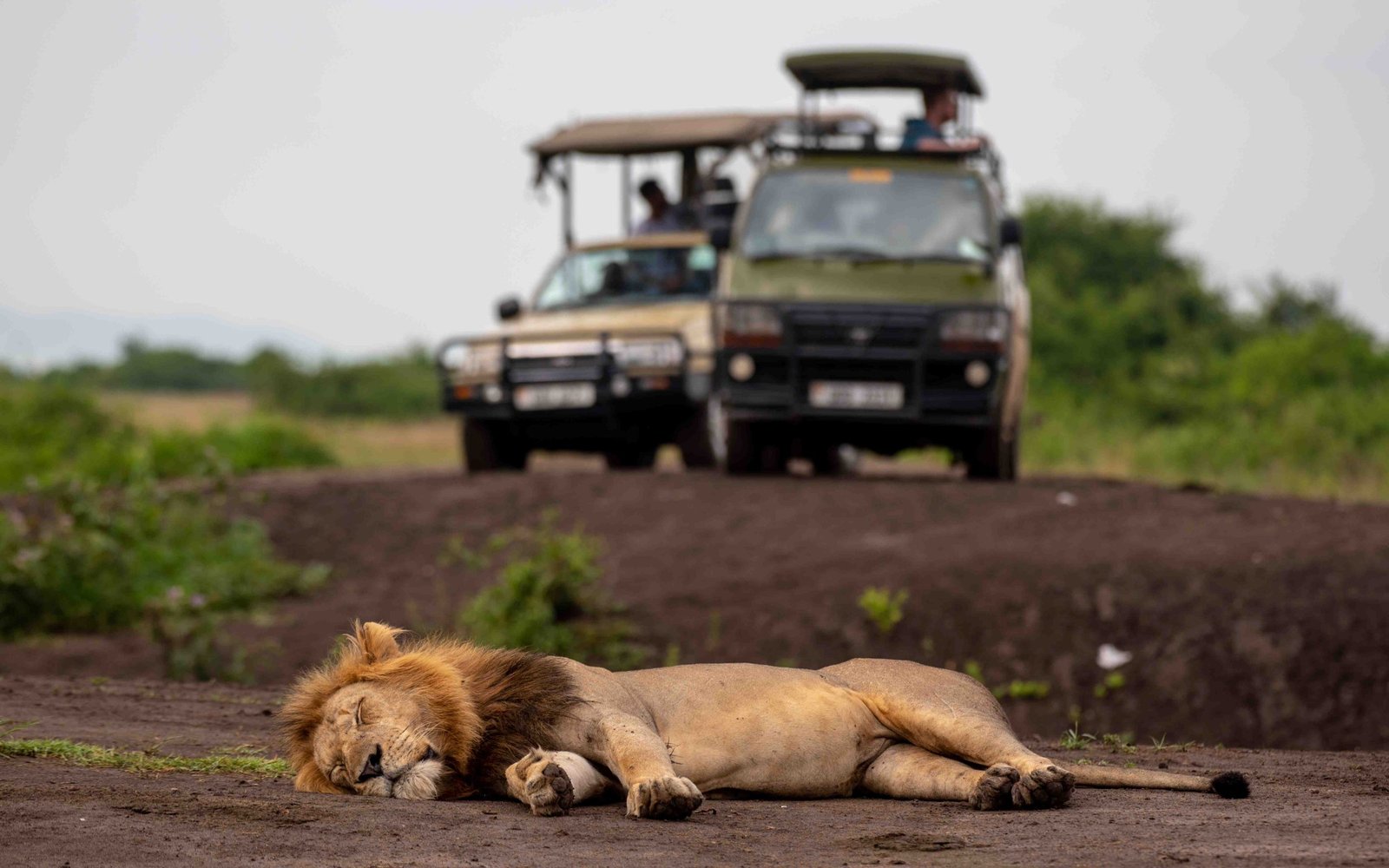
Budget Travel in Uganda
Uganda is a land of contrasts, where lush green forests meet arid savannahs, where snow-capped mountains overlook volcanic lakes, and where endangered mountain gorillas share their habitat with tree-climbing lions. Winston Churchill famously called Uganda “the pearl of Africa” for its natural beauty and cultural diversity. But is it possible to travel Uganda on a budget? The answer is yes, if you know how to plan your trip and where to look for the best deals. In this guide, we will explore some of the ways you can save money while traveling in Uganda, without compromising on the quality of your experience.
Introduction to Uganda
Uganda is a landlocked country in East Africa, bordered by Kenya, Tanzania, Rwanda, the Democratic Republic of Congo, and South Sudan. It covers an area of about 241,000 square kilometers (93,000 square miles), which is roughly the size of Oregon or the United Kingdom. Uganda has a population of about 45 million people, belonging to over 50 ethnic groups and speaking over 40 languages. The official languages are English and Swahili, but many people also speak Luganda, Runyankole, or other local languages.
Uganda’s geography is diverse and varied, ranging from the low-lying shores of Lake Victoria (the largest lake in Africa and the source of the Nile River) to the high peaks of the Rwenzori Mountains (the third highest mountain range in Africa). Uganda is home to 10 national parks and 12 wildlife reserves, which protect some of the most endangered and unique wildlife species in the world, such as mountain gorillas, chimpanzees, elephants, rhinos, hippos, crocodiles, zebras, giraffes, and more. Uganda is also known for its rich cultural heritage, which includes ancient kingdoms, colonial history, vibrant festivals, colorful markets, and friendly people.
Uganda is a year-round destination, but the best time to visit depends on what you want to see and do. The dry seasons are from December to February and from June to August, which are ideal for wildlife viewing and hiking. The wet seasons are from March to May and from September to November, which are good for birdwatching and rafting. The average temperature in Uganda is about 25°C (77°F), but it can vary depending on the altitude and region. The average visa cost for Uganda is $50 USD for a single-entry tourist visa valid for 90 days. You can apply online or at the border.
Popular Budget Uganda Safaris
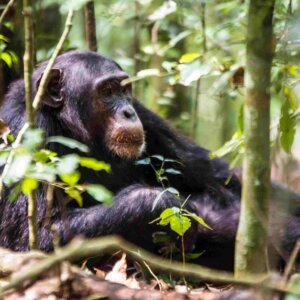
10 Day Uganda Safari Wildlife, Gorillas and Chimpanzees
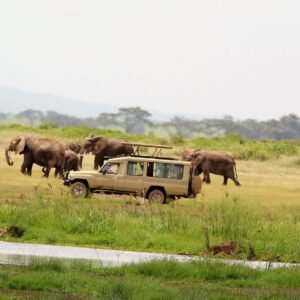
11 Day Kenya Wildlife & Uganda Gorilla Safari

12 Ultimate Uganda Safari Holiday
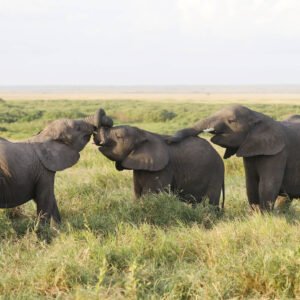
13 Day Best of Uganda & Kenya Safari

13 Day Kenya, Uganda Wildlife & Primates Safari
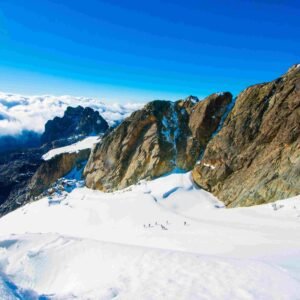
14 Day Rwenzori Hike, Wildlife & Gorilla Trekking Safari

15 Day Uganda Safari, Adventure & Wildlife
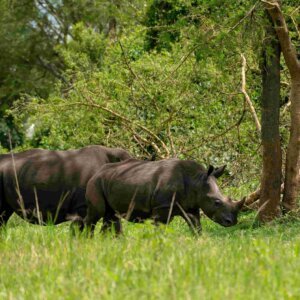
17 Day Ultimate Uganda Wildlife & Primates Safari

20 Day Uganda Safari (All Major National Parks)
Budget-friendly accommodation.
One of the biggest expenses when traveling in Uganda is accommodation. However, there are plenty of options for budget travelers who are looking for a comfortable and safe place to stay. Here are some of the most common types of accommodation in Uganda and their average prices:
- Hostels: Hostels are a great way to meet other travelers and save money on accommodation. They usually offer dorm beds or private rooms with shared bathrooms and facilities. Some hostels also have common areas, kitchens, gardens, or bars where you can socialize and relax. The average price for a hostel bed in Uganda is about $10 USD per night.
- Guesthouses: Guesthouses are similar to hostels but more family-friendly and less party-oriented. They usually offer private rooms with ensuite or shared bathrooms and facilities. Some guesthouses also have restaurants or cafes where you can enjoy local food and drinks. The average price for a guesthouse room in Uganda is about $15 USD per night.
- Camping: Camping is another option for budget travelers who want to get closer to nature and enjoy the outdoors. You can either bring your own tent or rent one from a campsite or lodge. Some campsites also have shared bathrooms and facilities. The average price for a camping spot in Uganda is about $5 USD per night.
Some tips for finding the best deals on accommodation in Uganda are:
- Book online: You can use websites like Booking.com or Hostelworld.com to compare prices and reviews of different accommodation options in Uganda. You can also find discounts or deals if you book in advance or for longer stays.
- Negotiate: You can try to negotiate the price of your accommodation if you book directly with the owner or manager. You can also ask for discounts if you pay in cash or if you are traveling during low season or weekdays.
- Be flexible: You can save money on accommodation if you are flexible with your dates, location, or preferences. You can also look for alternative options like couchsurfing or homestays where you can stay with locals for free or for a small fee.
Transportation Options
Another major expense when traveling in Uganda is transportation. However, there are various transportation options for budget travelers within Uganda, including public buses, shared taxis, and motorcycle taxis (boda bodas). Here are some of the pros and cons of each option and their average prices:
- Public buses: Public buses are the cheapest and most direct way to get to major destinations in Uganda. They usually run on fixed routes and schedules, and stop at designated bus stations or terminals. They are also relatively comfortable and safe, as they have seats, windows, and luggage compartments. The average price for a public bus ticket in Uganda is about $5 USD per 100 kilometers (62 miles).
- Shared taxis: Shared taxis are also known as matatus or minibuses. They are a common and convenient way to get around Uganda, especially for shorter distances or remote areas. They usually run on flexible routes and schedules, and stop anywhere along the way. They are also faster and more comfortable than public buses, as they have air conditioning, music, and fewer passengers. The average price for a shared taxi fare in Uganda is about $1 USD per 10 kilometers (6 miles).
- Motorcycle taxis: Motorcycle taxis are also known as boda bodas or piki pikis. They are the fastest and most fun way to get around Uganda, especially in urban areas or traffic jams. They usually run on demand and can take you anywhere you want. They are also the most adventurous and risky way to travel in Uganda, as they have no helmets, seat belts, or insurance. The average price for a motorcycle taxi ride in Uganda is about $0.5 USD per 5 kilometers (3 miles).
Some tips for saving money on transportation in Uganda are:
- Use public transportation: You can use public transportation as much as possible to save money on transportation in Uganda. You can also use apps like Google Maps or Moovit to plan your routes and find the best options for your destination.
- Bargain: You can bargain the price of your transportation if you use shared taxis or motorcycle taxis. You can also ask for discounts if you travel with a group or if you use the same driver multiple times.
- Be safe: You can be safe when traveling in Uganda by following some basic rules. You can avoid traveling at night or in bad weather, wear a seat belt or a helmet, carry your valuables with you, and check the condition of the vehicle before boarding.
Money-Saving Tips
Besides saving money on accommodation and transportation, there are other ways you can save money while traveling in Uganda. Here are some practical tips and tricks for traveling in Uganda on a budget:
- Bargain: Bargaining is a common practice in Uganda, especially in markets, shops, or street stalls. You can bargain the price of anything from souvenirs, clothes, food, or services. You can start by offering half of the asking price and then work your way up until you reach a fair deal.
- Use local markets: Local markets are the best places to find cheap and fresh food and souvenirs in Uganda. You can buy fruits, vegetables, bread, cheese, meat, eggs, or spices from local farmers or vendors. You can also buy handicrafts, jewelry, fabrics, or art from local artisans or traders.
- Take advantage of free or low-cost activities: There are many free or low-cost activities you can enjoy in Uganda that will enrich your travel experience. You can visit museums, churches, mosques, monuments, or gardens that have no or minimal entrance fees. You can also hike, bike, swim, fish, or birdwatch in natural parks or reserves that have low or affordable conservation fees.
Uganda is a beautiful and diverse country that offers a lot of opportunities for adventure and discovery. It is also a budget-friendly destination that can be traveled without breaking the bank. By following some of the tips and tricks we shared in this guide, you can plan your trip and enjoy your stay in Uganda without spending a fortune.
Get in Touch with Our Safari Experts
© 2017 Tusker Trails Holidays (Ltd). All rights reserved.
- EDITORIAL POLICY

- National Archives
- Special Reports
- Agriculture
- Tours & Travel
- Entertainment
- The Suited Penguin
Opposition raises red flag over government wastage expenditure as Parliament passes UGX 72 Trillion national budget
The opposition in Parliament has expressed concern over the wastage expenditure in the recently passed UGX 72 trillion national budget, citing examples of unnecessary spending on vehicles and fuel for senior government officials.
Ibrahim Ssemujju, the Shadow Minister for Finance, noted that the processing of the 2024/25 annual budget has been chaotic, with contradictory figures presented by the Minister of Finance, Matia Kasaija. Ssemujju wondered if the budget was prepared by a senior three commerce student, given the confusion and inconsistencies in the documents presented to Parliament.
The opposition identified wasteful expenditure worth UGX 5.485 trillion that should be removed from the budget, but their appeal was rejected by Parliament. Ssemujju cited examples of unnecessary spending, including vehicles and fuel for senior government officials, such as former leaders who have already benefited from free brand new limousines.
The opposition also expressed concern over the growing public debt, which now stands at UGX 97.499 trillion, with plans to borrow an additional UGX 25 trillion to finance the next budget. Ssemujju noted that the public debt has become a big burden to the economy and threatens the very existence of Uganda as a sovereign state.
Parliament passed the UGX 72.130 trillion national budget, with the payment of Uganda’s public debt commanding the lion’s share of over UGX 34.017 trillion. The Mineral Development sector is the least funded, with only UGX 41.6 billion allocated to it.
The opposition has called for significant reductions in the country’s public debt, which now stands at 52.7% of the GDP. They have also urged Parliament to reject any measures that seek to grow the public debt.
In a minority report on the 2024/25 Appropriation Bill, the opposition noted that the budget does not address the critical issues facing the country, including poverty, unemployment, and inequality. They have called for a more inclusive and sustainable budget that prioritizes the needs of all Ugandans.
Share this:
Get real time update about this post categories directly on your device, subscribe now.

The PML Daily, published via www.pmldaily.com is a publication of Post Media Ltd, a professional Digital/New Media company in Uganda.

Welcome Back!
Login to your account below
Remember Me
Retrieve your password
Please enter your username or email address to reset your password.
Add New Playlist
- Select Visibility - Public Private
Tuesday, 22 Jan 2019 --> Last Updated : 2024-05-18 20:50:00
Group News Sites
Sunday Times
Tamil Mirror
Middleast Lankadeepa
Life Online
Home delivery
Advertise with us
Mobile Apps

Sun, 19 May 2024 Today's Paper

Warm-up fixtures announced for the ICC Men’s T20 World Cup 2024
17 May 2024 09:42 am - 2 - {{hitsCtrl.values.hits}}

The venues hosting the 16 warm-up matches ahead of the ICC Men's T20 World Cup 2024 include Grand Prairie Cricket Stadium in Texas, Broward County Stadium in Florida, Queen’s Park Oval and Brian Lara Cricket Academy in Trinidad and Tobago.
A total of 17 teams play the warm-up games, including South Africa, who are playing an intra-squad on the 29th in Florida.
These warm-up fixtures will be 20 overs per side and will not have international T20 status, allowing teams to field all members of their 15-player squad.
In a departure from the previous cycle, teams can now choose to play up to two warm-up matches, depending on their arrival time at the event.
The match between the West Indies and Australia at Queen’s Park Oval, Trinidad and Tobago on Thursday, May 30 will be open to fans. Tickets can be purchased at tickets.t20worldcup.com or at box offices located at the National Cricket Centre and Queen’s Park Oval from May 16 onwards.
ICC Men's T20 World Cup 2024 Warm-up Fixtures
Monday 27 May Canada v Nepal, Grand Prairie Cricket Stadium, Grand Prairie, Texas 10h30 Oman v Papua New Guinea, Brian Lara Cricket Academy, Trinidad and Tobago 15h00 Namibia v Uganda, Brian Lara Cricket Academy, Trinidad and Tobago 19h00
Tuesday 28 May Sri Lanka v Netherlands, Broward County Stadium, Broward County, Florida 10h30 Bangladesh v USA, Grand Prairie Cricket Stadium, Grand Prairie, Texas 10h30 Australia v Namibia, Queen’s Park Oval, Trinidad and Tobago 19h00
Wednesday 29 May South Africa intra-squad, Broward County Stadium, Broward County, Florida 10h30 Afghanistan v Oman, Queen’s Park Oval, Trinidad and Tobago 13h00
Thursday 30 May Nepal v USA, Grand Prairie Cricket Stadium, Grand Prairie, Texas 10h30 Scotland v Uganda, Brian Lara Cricket Academy, Trinidad and Tobago 10h30 Netherlands v Canada, Grand Prairie Cricket Stadium, Grand Prairie, Texas 15h00 Namibia v Papua New Guinea, Brian Lara Cricket Academy, Trinidad and Tobago 15h00 West Indies v Australia, Queen’s Park Oval, Trinidad and Tobago 19h00
Friday 31 May Ireland v Sri Lanka, Broward County Stadium, Broward County, Florida 10h30 Scotland v Afghanistan, Queen’s Park Oval, Trinidad and Tobago 10h30
Saturday 1 June Bangladesh v India, Venue TBC USA
Comments - 2
Poor ICC Friday, 17 May 2024 12:55 PM
India's warm up game venue is the New York new stadium where 3 of India's games will be played. This is to give India an idea of this new pitch obviously, favouritism to India ,a poor sign of the global ICC. India is given a venue to play 3 games
Reply 0 0 0 0 -->
Ram Friday, 17 May 2024 03:22 PM
If the players dedicate to play cricket sans night outs, they can show the so called strong teams what Sri Lankan Cricketers are made of and reach at least the quarter finals
Add comment Comments will be edited (grammar, spelling and slang) and authorized at the discretion of Daily Mirror online. The website also has the right not to publish selected comments.
Name - Reply Comment
RECOMMENDED
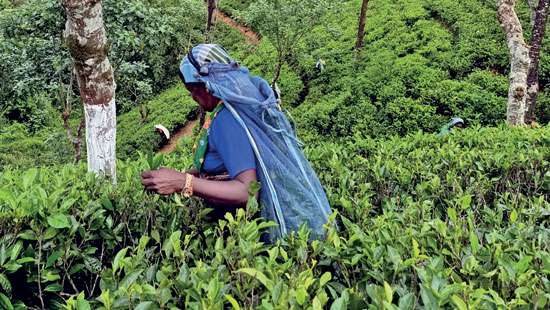
Proposed wage hike Estate workers appreciated or trapped in election promise?

‘Spike in blast fishing’ poses renewed threats to Sri Lanka’s marine ecosystems

UDA owned land in Thalawathugoda; UDA Minister Prasanna Ranatunga under the spotlight for forceful occupation of reserved land

Loss-making SMIB faces political pressure in recovering loans
The state-run loss-making State Mortgage & Investment Bank (SMIB) has reveale

Baltimore Bridge Collapse: MV Dali, SL authorities anchored in mystery?
US authorities are currently reviewing the manifest of every cargo aboard MV

Has Sri Lanka become a potential hub for the illegal wildlife trade?
On March 26, a couple arriving from Thailand was arrested with 88 live animal
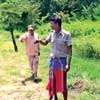
Spotlight on Moragahakanda Development Project Moragolla villagers lose livelihoods and down to one meal a day
According to villagers from Naula-Moragolla out of 105 families 80 can afford
Most Viewed in News
Sajith bars daily mirror over liquor controversy.

Concessionary vehicle permits: MPs have their way, ignoring economic crisis

Foreigner injured after falling from Lotus tower

Rupee expected to dip to Rs.310-320 range later this year: FCR

Sri Lankan in Germany wins a Cybertruck

Tharshan Selvarajah makes history as first Sri Lankan to carry Olympic torch

MIRROR CRICKET

Over 400 players to go under the hammer at LPL Auction
17 May 2024 - 3 - 859

'Mehta Toss Rule' for Indian Premier League Playoffs
17 May 2024 - 2 - 1871

ICC Men’s T20 World Cup FanCraze Greatest Moments: The hunt begins
17 May 2024 - 0 - 67

Game-changers and record-makers: Statistical standouts from the ICC Men’s T20 World Cups
17 May 2024 - 0 - 115
TODAY'S HEADLINES
Match-fixing allegations court calls for report on voice sample of sachithra.
18 May 2024
Customs seize Mexican Methamphetamine worth Rs.100Mn through Facebook lover from Guatemala
Rathupaswala shooting case accused acquitted after more than ten years, uk and sri lanka join forces to protect marine environment.

Sri Lanka to vie at Asian Relays in Thailand

17 May 2024

- Travel Planning Guide
The Best Budget Safaris in Uganda
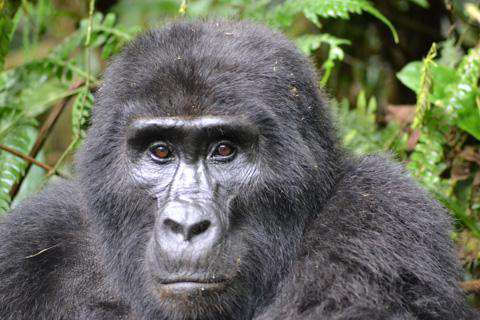
Interested in taking a safari in Uganda? Whether you're a wildlife enthusiast, nature lover, or simply seeking an exhilarating escapade, a safari is a terrific way to spend a memorable holiday in Uganda. But how should you choose one? Well, we have meticulously analyzed an extensive range of safari tours from highly esteemed and top-rated tour companies in order to find the absolute best options available. From thrilling game drives and close encounters with majestic creatures to immersive cultural experiences and breathtaking landscapes, these top safaris in Uganda offer a once-in-a-lifetime opportunity to witness nature's grandeur up close.
- Journey to the jungles of Rwanda and Uganda 11 Days, $1950.00
- The Gorilla Trek 22 Days, $1884.58
- Nairobi To Kigali (13 Days) Gorillas & Gameparks 13 Days, $1289.45
What are budget and low-cost safaris like in Uganda?

Here are the important factors:
- 5 trip options analyzed
- $127 average price per day (USD)
- 11 to 26 days in length
- 4.64 of 5 average rating
- 26 people or less on average
You'll be surprised at the array of budget safaris in Uganda, as there is something for everyone. It's no wonder that visitors can't get enough of these tours, boasting an impressive average guest rating of 4.64 out of 5 stars. Picture yourself joining a group of like-minded adventurers, with an average maximum size of 26 people, ensuring a fantastic blend of social and personalized experiences. The average tour length spans 18 days, with tours ranging from 11 to 26 days long. With our thorough analysis of 5 budget safaris, we've found the best. So rest assured that Uganda has something to captivate every kind of traveler.
(All tour prices are in US Dollars before taxes, and come from a base price that is reported by TourRadar. Peak season prices can vary significantly, particularly in destinations where seasonal travel fluctuates dramatically.)
So, let's get to it and see...
The 5 Best Budget Safaris in Uganda
Journey to the jungles of rwanda and uganda.
- High Quality: guest ratings are higher than average.
This fantastic safari adventure has a rating of 5 out of 5 stars, visiting Rwanda and Uganda. Jungle trekking and gorilla trekking are just a few of the activities on this terrific journey. Discover a journey that spans 6 destinations, with notable stops in Queen Elizabeth National Park, Kibale Forest National Park, Musanze, and Bwindi Impenetrable National Park. Your journey will begin in Kigali and end in Entebbe. This terrific trip also highights wildlife and safaris. Lasting 11 days, the maximum group size is 24 people, and it's good for guests from 13 to 74 years old. Organized by Oikos Safaris , this is a great deal because it's only $177 per day.
- Jeep & 4WD
- Jungle Trekking
- Gorilla Trekking
The Gorilla Trek
- Great Value: the daily price is lower than average for budget safaris.
With a stellar 4.6 out of 5 rating, this extraordinary trip, visiting Kenya, Uganda, and Rwanda, is the perfect choice. You're in for an epic adventure with a strong emphasis on overlanding, wildlife, and safaris. This trip takes you on an adventure to 13 destinations, including Kabale, Lake Bunyonyi, Kigali, and Maasai Mara National Reserve. Begin your trip in Nairobi and complete it with a memorable finale in Kigali. Guests are treated to unforgettable camping and gorilla trekking experiences. Spanning across 22 days, the trip accommodates 28 individuals, and is suitable for guests from 18 to 80 years old. Offered by Absolute Africa , this remarkable trip is priced at just $105 per day. Don't miss out on this incredible experience.
- Overland Truck
Nairobi To Kigali (13 Days) Gorillas & Gameparks
This exceptional trip offering by Oasis Overland has received a 4.6 out of 5 rating. On this 13-day journey, visiting Kenya, Uganda, and Rwanda, you can unwind while also making new memories. With 8 destinations to explore, you'll get the chance to see Jinja, Kampala, Bwindi Impenetrable National Park, and Musanze, and more. Your journey starts off in Nairobi and finishes in Kigali. With a group size of 24 people, it's suitable for guests from 18 to 69 years old. You'll love the emphasis on overlanding, wildlife, and safaris, too. This remarkable trip is priced at an unbeatable $137 per day.
Nairobi To Nairobi (19 Days) Gorillas & Gameparks
Check out this trip that has received rave reviews, earning a stellar 4.5 out of 5 rating, visiting Kenya, Uganda, and Rwanda. Along the way, this journey encompasses 9 destinations, including Lake Naivasha, Hells Gate National Park, Eldoret, and Kampala. You'll start and end this amazing trip in Nairobi. With an emphasis on overlanding and safaris, you know you'll have an amazing adventure. Spanning across 19 unforgettable days, this voyage offers an intimate group experience with 24 participants, and it's great for guests from 18 to 69 years old. Brought to you by the renowned Oasis Overland , this exceptional opportunity is priced at an incredible $124 per day - an unbeatable value.
Taste of Africa
This 26-day safari trip, visiting Uganda, Rwanda, and Tanzania, is ideal for guests from 18 to 80 years old. And priced at only $93 per day, it's a great value, too. And since the priority is on overlanding and safaris, this tour is a great choice. This itinerary covers 14 captivating destinations, with stops in Marangu, Dar es Salaam, Ziwa Rhino Sanctuary, and Kampala, among others. Begin your trip in Jinja and complete it with a memorable finale in Zanzibar. It's offered by Absolute Africa , a very popular company with rave reviews and knowledgeable guides.
See also The Best Family-Friendly Tours to Uganda , The Best Wildlife Tours to Uganda , The Best Hiking & Trekking Tours in Uganda , The Best 10-Day Tours in Uganda , The Best One Week (7-Day) Tours in Uganda , The Best 3-Day Tours in Uganda , The Best 2-Week Tours in Uganda , Tours for Outdoor and Nature Lovers in Uganda , The Best Christmas & New Years Tours in Uganda , The Best Overlanding Trips in Uganda , The Best Adventure Tours to Uganda , The Best Eco Tours in Uganda , The Best Cultural Tours in Uganda , The Tours for Animal Lovers in Uganda , The Best Camping Tours in Uganda , The Best Romantic Tours for Couples in Uganda , The Best Safaris in Uganda , The Best Tours Under $1000 in Uganda , The Best Luxury Tours to Uganda , The Best Budget Tours to Uganda , The Best Tours for Seniors to Uganda , or The Best G Adventures Tours to Uganda for more tour ideas. With so many options, there's a guided tour or vacation package for every type of traveler.
Also, if you're departing from a specific destination, see The Best 3-Day Tours from Entebbe , The Best 3-Day Tours from Kampala , The Best One-Week (7-Day) Tours from Entebbe , The Best One-Week (7-Day) Tours from Kampala , The Best 10-Day Tours from Entebbe , The Best 2-Week Tours from Entebbe , or The Best 2-Week Tours from Kampala for more package tour options.
How much do budget safaris in Uganda cost?
Visitors will find a large range of terrific options for budget safaris when planning a visit to Uganda. The price of these specific trips can vary according to length, destinations, and travel style. The average price of budget safaris in Uganda based on data from 5 options is an affordable $127 per day. If you're interested in more information about tours here, see our guide to tour prices in Uganda .
And for more information on Uganda, see Uganda Travel Costs and Uganda Hotel Costs .
Subscribe to our Newsletter
By signing up for our email newsletter, you will receive occasional updates from us with sales and discounts from major travel companies , plus tips and advice from experienced budget travelers!
Budget Your Trip

Some of the links on this website are sponsored or affiliate links which help to financially support this site. By clicking the link and making a purchase, we may receive a small commission, but this does not affect the price of your purchase.
- Privacy / Terms of Use
- Activities, Day Trips, Things To Do, and Excursions
Switch language:

Norway revises up 2024 defence budget in advance of 12-year overhaul
Norway will increase defence spending for 2024 by $1.2bn (Nkr12.91bn) in a revised national budget while a long-term plan is worked through parliament.
- Share on Linkedin
- Share on Facebook
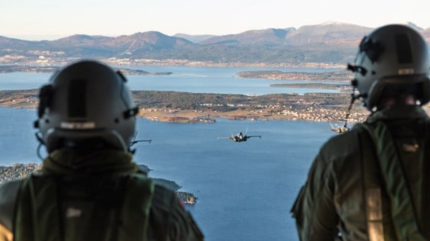
The Norwegian Government proposed a revised national budget on 14 May, with $1.2bn boost to defence spending to take effect this year, supporting Norway’s operations through 2024 and offering support to Ukraine.
The revision has been proposed while Norway’s Parliament works to ratify a historic 12-year plan to increase Norway’s defence spending by $60bn, announced a month earlier, in April 2024.
Go deeper with GlobalData

Norway Defense Market Size and Trends, Budget Allocation, Regulatio...
Premium insights.
The gold standard of business intelligence.
Find out more
The new funding will allow Norway to implement its long-term plans earlier than was previously possible, said Defence Minister Bjørn Arild Gram, citing the accelerated purchase of air defence systems.
The new budget for 2024 will result in increases to defence spending that take effect this year, with an increase of Nkr13bn, up to a total of Nkr104bn.
From the new funds, Nkr6bn will go to supporting Ukraine, while Nkr7bn will be spent on Norway’s own capabilities.
Ukraine will benefit from Norwegian spending on air defence systems and ammunition, intended to provide protection against Russian stand-off weapon barrages and provided resources for Ukrainian defence forces involved in counter-barrage operations.
How well do you really know your competitors?
Access the most comprehensive Company Profiles on the market, powered by GlobalData. Save hours of research. Gain competitive edge.

Your download email will arrive shortly
Not ready to buy yet? Download a free sample
We are confident about the unique quality of our Company Profiles. However, we want you to make the most beneficial decision for your business, so we offer a free sample that you can download by submitting the below form
Norway will spend Nkr5bn on its own ammunition, equipment, housing, barracks and other infrastructure, to pave the way for further long-term growth.
The remaining Nkr2bn increase in defence spending will go towards Norway’s own operational capabilities, including Nkr992m for operational activities by the armed forces, and to facilitate increased armed forces activity.
Nkr200m is proposed for the maintenance of the logistics vessel KNM Maud .
Funds will be available for the maintenance of P-8 maritime patrol aircraft.
Nkr37.5m will go towards manned security at the northernmost island of Andøya “in line with the government’s ambitions for further development of Andøya related to drones, space activities, and allied reception”, according to a release from the Norwegian Ministry of Defence.
Norway’s 12-year defence spending increase plan
In April 2024, the Norwegian Government proposed a radical increase in defence spending to take place over the next 12 years, putting forward a plan for a Nkr600bn boost by 2036.
The new funding will increase stocks in material and munitions, and increase personnel figures in the services, adding 4,600 more conscripts, 13,700 more reservists and 4,600 more employees. The Army will expand from one brigade to three, with the home guard increasing to 45,000 soldiers.
The Navy will undergo its largest investment to date, with five new frigates with anti-submarine helicopters, a minimum of five new submarines, up to ten new large vessels and up to eighteen new smaller vessels.
NASAMS air defences will double in number under the new plan, with both the Ai Force and Army receiving new systems.
Sign up for our daily news round-up!
Give your business an edge with our leading industry insights.
More Relevant
In data: Romania's defence modernisation strategy
Boeing-spirit acquisition may risk us aerial defence supply chain, raising questions for labour, polls on defence spending increase are divided, sign up to the newsletter: in brief, your corporate email address, i would also like to subscribe to:.
Global Defence Technology : Airforce Technology Focus (monthly)
Thematic Take (monthly)
I consent to Verdict Media Limited collecting my details provided via this form in accordance with Privacy Policy
Thank you for subscribing
View all newsletters from across the GlobalData Media network.

IMAGES
COMMENTS
The best accommodation options in Uganda are hotels and guesthouses, with the occasional hostel. Ugandan hotels are priced pretty reasonably and you can expect to pay around $15 - $20 for a place that has all the basics. On the other hand, higher-end stays might cost you more in the $50 - $100 range, but you will only really find places ...
Two people traveling together for one month in Uganda will often have a lower daily budget per person than one person traveling alone for one week. A one month trip to Uganda on average costs around $3,080 (USh11,623,038) for one person and $6,160 (USh23,246,077) for two people.
Taxis - Taxis are the most expensive way to get around cities, though also the safest. Prices are always negotiable, though expect to pay between 15,000 and 40,000 UGX ($4-11 USD) for a ride, depending on distance and time of day. Coach Buses - Coach buses, run by a number of companies, are used to travel long distances within Uganda as ...
Daily budget: $ 143 for 2 ppl. $ 18 per person. $ 8.3 per person. $ 11 per person. Total budget: $ 3017 * (11515588 UGX) * Estimated local budget for 2 people for 2 weeks. This represents an average across the country (budget may vary depending on the city or region visited).
Africa / Uganda /. Visitors to Uganda usually spend between $43 and $217 per day on average for one person and $87 to $433 for two people. While this is a wide range, the average daily cost averages $102 (USh387,435) per person. This average includes sightseeing, hotel, food, and local transportation expenses from other travelers.
They are significantly the fastest way to travel in Uganda on a budget. Fares are generally slightly higher than for buses when traveling long distances but significantly lower if traveling within the same region, city, or town. For a dollar or less, a minibus taxi will take you 38km (23 mi), like Entebbe to Kampala.
Here are our top money-saving tips for visiting Uganda on a budget. Money-saving tips to visit Uganda on a budget. Budget tip #1. Travel with friends. Don't let those back seats stay empty! Invite friends or family along for your roadtrip in Uganda. The more people you can split your vehicle with, the more money you'll save on your vacation.
Accommodation prices in Uganda vary depending on the city, neighborhood or tourist season. For example, the average price of accommodation in Kampala (May 2024) ranges from 147499 UGX (39 USD) per night in a hostel to about 307971 UGX (81 USD) in a 3-star hotel. The price of a night in a luxury hotel is an expense from 946377 UGX (250 USD) upwards.
Uganda Trip Planning Uganda Rough Budget. Uganda is one of the cheaper countries in Africa so it is a very affordable. As with any destination, your daily budget will depend on your preferences. You can go as cheap or as luxurious as you want! The biggest expenses will be accommodation and tours with food and transport being the lowest expense.
Food Budget in Kampala Average Daily Costs. Calculated from travelers like you. While meal prices in Kampala can vary, the average cost of food in Kampala is $8.36 (USh31,563) per day. Based on the spending habits of previous travelers, when dining out an average meal in Kampala should cost around $3.35 (USh12,625) per person.
What we didn't know was whether it would save us money. We calculated all of our Uganda travel costs during the trip, using the Tripcoin app. Our total travel budget for Uganda was $4,262 for both of us (USD - all costs in this blog will be in USD, despite us being British). That's right, doing our trip independently halved our travel costs.
A daily budget for food, accommodation, and travel while backpacking Uganda could be as low as $30/day if you're camping — but $40 per day would be more comfortable. This would include cheap activities like village walks, hiking and even some wildlife experiences where you don't have to pay park fees.
The ideal time to visit Uganda on a budget is during the low season. The wet season in Uganda is the low season. Because there is less travel traffic, hotels, camps, and resorts are charging lower rates. If you don't mind a daily deluge and want to travel on a budget, this is the greatest time to visit Uganda.
Rain is actually the biggest factor in Uganda as the temperature is pretty consistent all year round. You will find temperatures up to the mid-80s Fahrenheit on the warmest days with most days averaging around 78 F degrees. Chilly nights can drop down into the 60s (or even the 50s in the mountains) so be sure to pack a warm jacket.
There are two documents that you need to make sure that you have before you travel to Uganda. Passport with at least 6 months of validity from the date of entry into the country. Approved visa. There are two types of tourist visas . Uganda visa: $50 USD. East African Tourist Visa: $100 USD.
3 Two Week Uganda Itinerary. 3.1 Day 1: Entebbe. 3.2 Day 2: Kampala. 3.3 Day 3 and 4: Jinja and the Nile Source. 3.4 Day 5 and 6: Sipi Falls. 3.5 Day 7: Travel to Masindi. 3.6 Day 8 and 9: Murchison Falls National Park. 3.7 Day 10: Fort Portal and the Crater Lakes.
Budget: Depending on how you travel (guided or independently), how many national parks you visit, and what type of lodging you prefer, Uganda can be expensive or moderate. Here's a detailed Uganda travel budget from a self-drive trip to give you a sense of costs. Mobile data is easy to come by in Uganda.
The average temperature in Uganda is about 25°C (77°F), but it can vary depending on the altitude and region. The average visa cost for Uganda is $50 USD for a single-entry tourist visa valid for 90 days. You can apply online or at the border. Popular Budget Uganda Safaris
What is a realistic daily budget for Uganda? Are you travelling through Uganda on a backpackers budget or a shoestring? Then budget around 55 euros per person per day. For this amount, you mostly travel by public transport, visit some national parks, sleep in dorms and eat simple meals. Prefer something more luxurious? Then budget a daily ...
In a surprise move, the government of Uganda on Thursday evening made significant last-minute changes to the national budget for the Financial Year 2024/25, increasing the total budget from Shs58.34Trn to Shs72.12Trn. The revisions, reportedly authorized by President Museveni, have raised eyebrows a
The government has made a Shs13.502 trillion upward revision to the budgets for the Financial Year (FY) 2024/2025. A corrigenda and addendum to the budget has pushed the Shs58.3 trillion that was ...
The Cost of a Trip to Kampala. When it comes to exploring Kampala, travelers typically find themselves budgeting between $63 and $75 per day for solo adventures and $126 to $150 if you're traveling as a couple.
KAMPALA, UGANDA - The Uganda Tourism Board (UTB) and Emirates Airlines have signed a partnership agreement aimed at promoting Uganda's diverse tourism offerings to a global audience. ... PML Daily Staff Writer. May 10, 2024. 18. 13. SHARES. 107. ... In addition, Emirates will offer exclusive benefits to support travel within Uganda's tourism ...
PRIME How govt will finance Shs72 trillion Budget The Uganda Revenue Authority (URA) has been tasked with collecting just shy of Shs32 trillion. National 4 hours ago
Ssemujju noted that the public debt has become a big burden to the economy and threatens the very existence of Uganda as a sovereign state. Parliament passed the UGX 72.130 trillion national budget, with the payment of Uganda's public debt commanding the lion's share of over UGX 34.017 trillion.
***THE DAILY PUBLIC SCHEDULE IS SUBJECT TO CHANGE*** SECRETARY ANTONY J. BLINKEN 3:00 p.m. Secretary Blinken participates in a Memorandum of Understanding Signing Cermony with Argentine Foreign Minister Diana Mondino at the Department of State. (OPEN PRESS COVERAGE) The signing ceremony will be streamed live on the Department homepage and the Department YouTube channel. Final access time […]
The ICC Men's T20 World Cup 2024 warm-up match fixtures have been announced, scheduled from Monday, 27 May to Saturday, 1 June across the USA and Trinidad and Tobago. ..
The average price of budget safaris in Uganda based on data from 5 options is an affordable $127 per day. If you're interested in more information about tours here, see our guide to tour prices in Uganda . And for more information on Uganda, see Uganda Travel Costs and Uganda Hotel Costs .
Africa's Travel Indaba 2024 was a resounding success - surpassing expectations and showing the kind of recovery that KwaZulu-Natal has been looking for.
The new budget for 2024 will result in increases to defence spending that take effect this year, with an increase of Nkr13bn, up to a total of Nkr104bn. From the new funds, Nkr6bn will go to supporting Ukraine, while Nkr7bn will be spent on Norway's own capabilities.